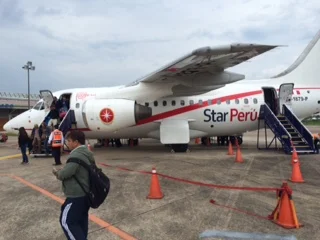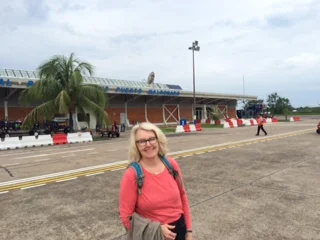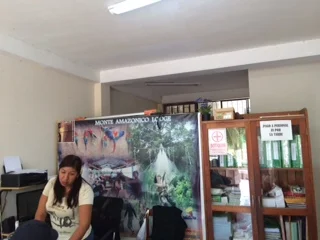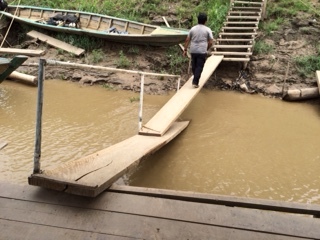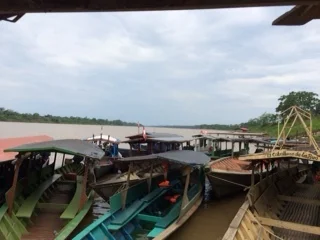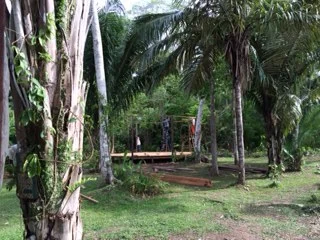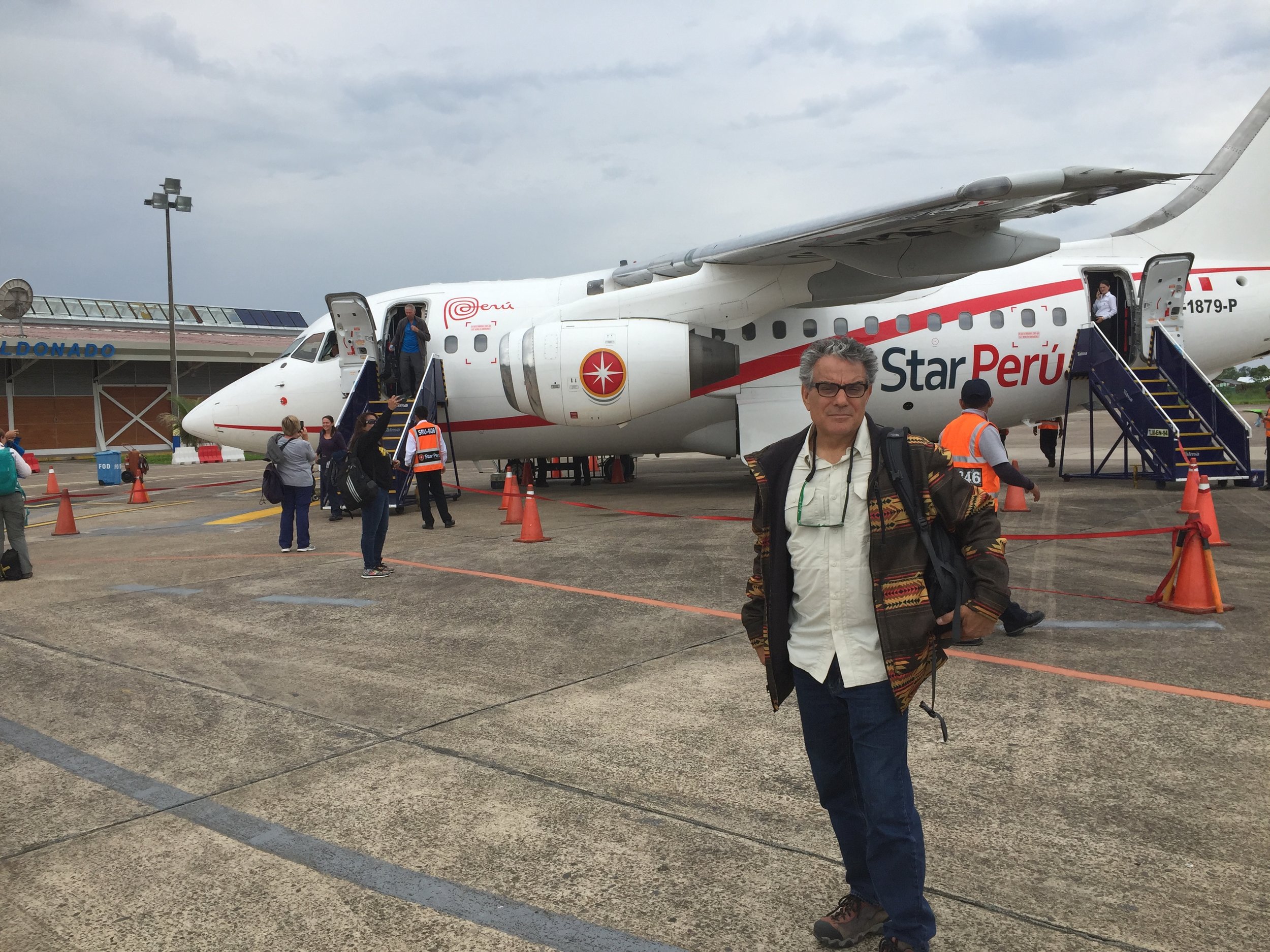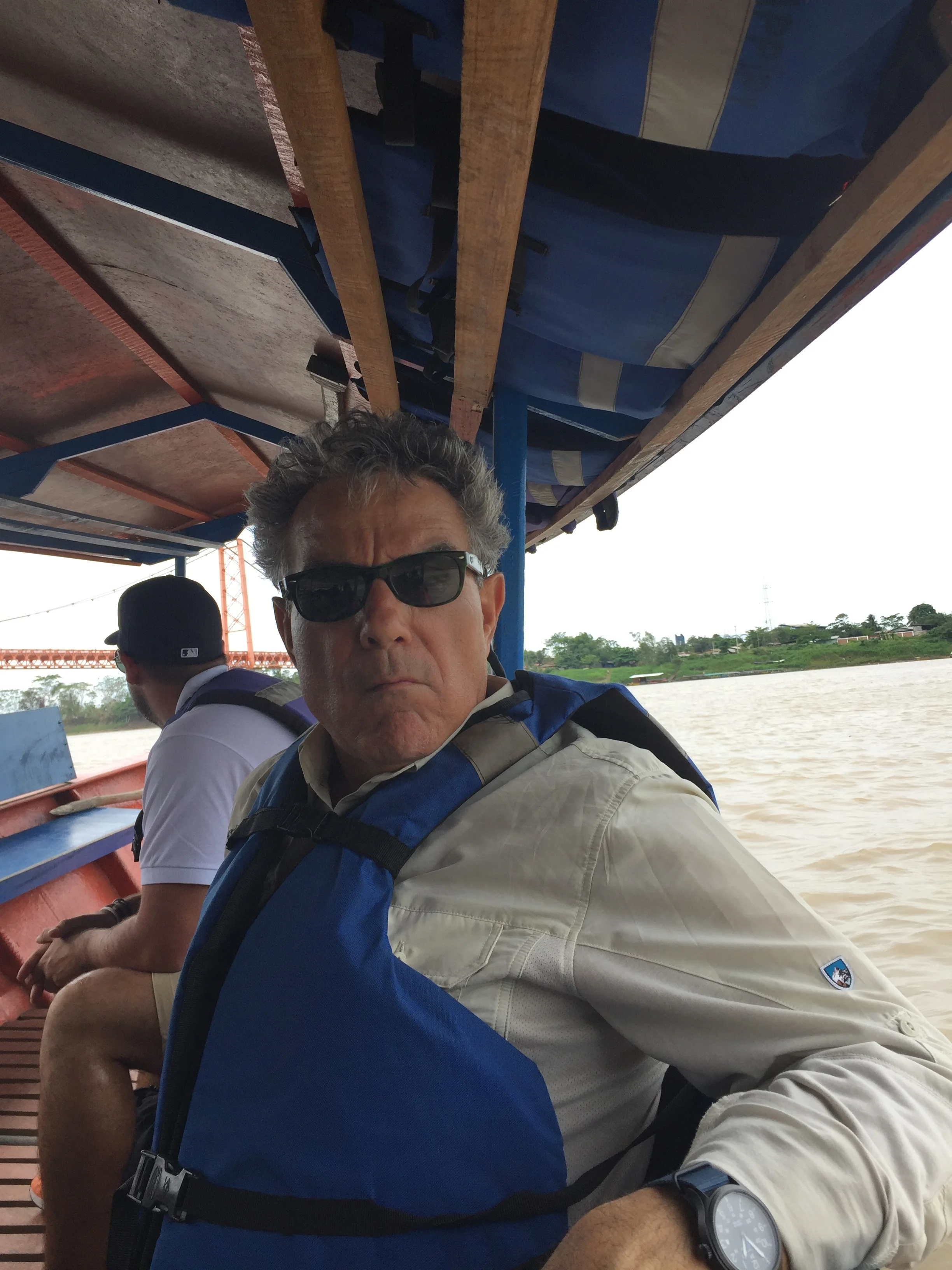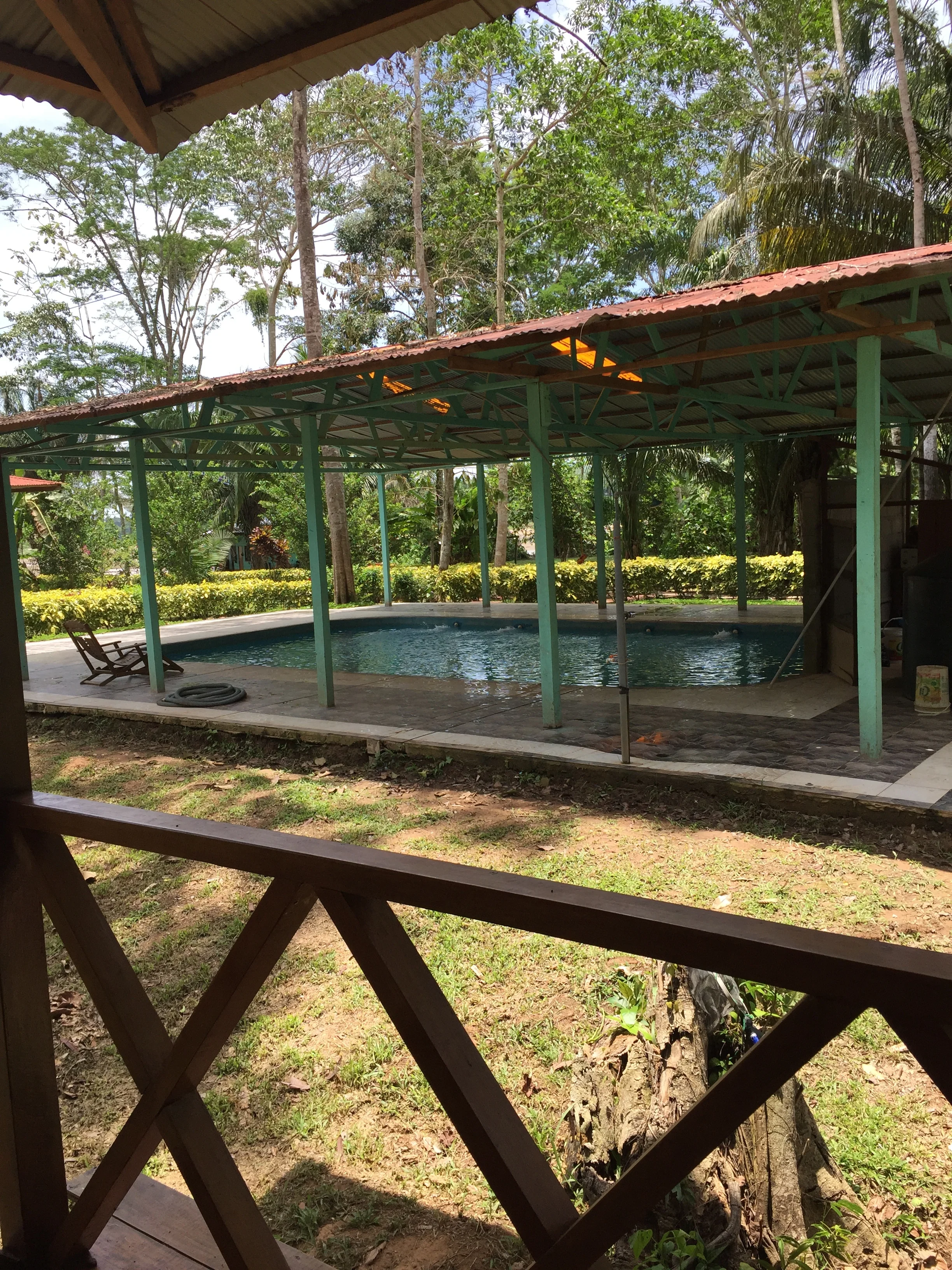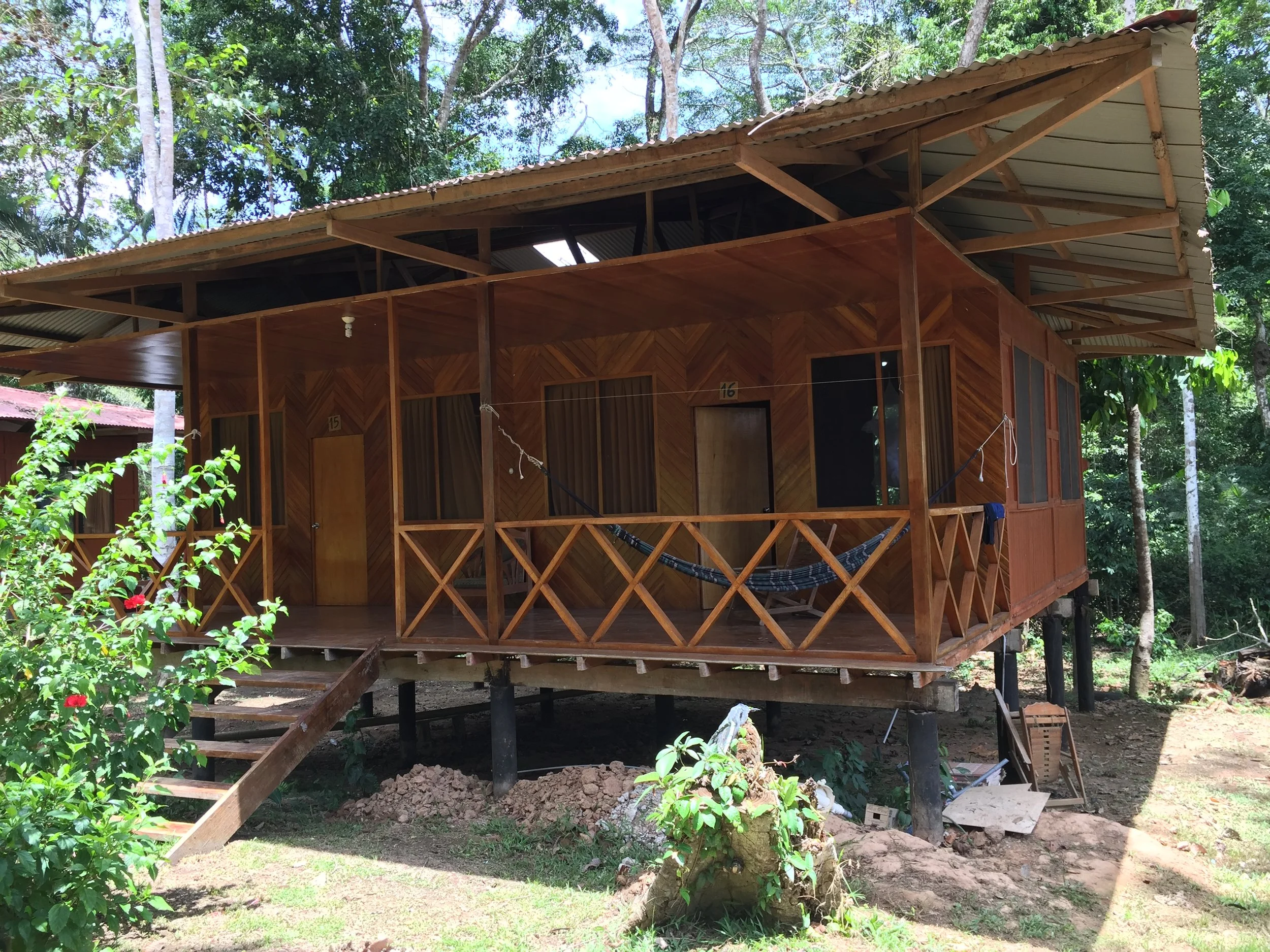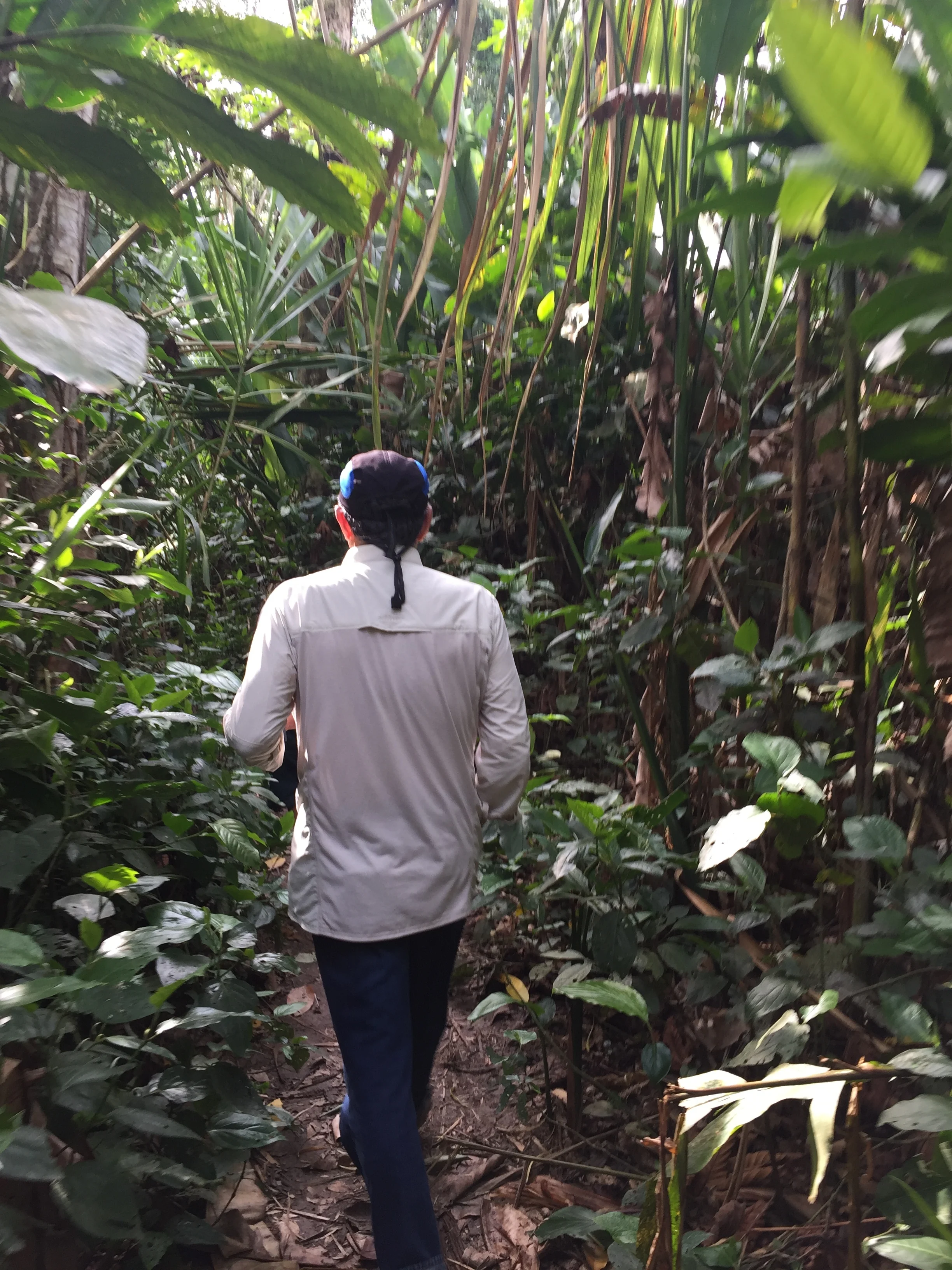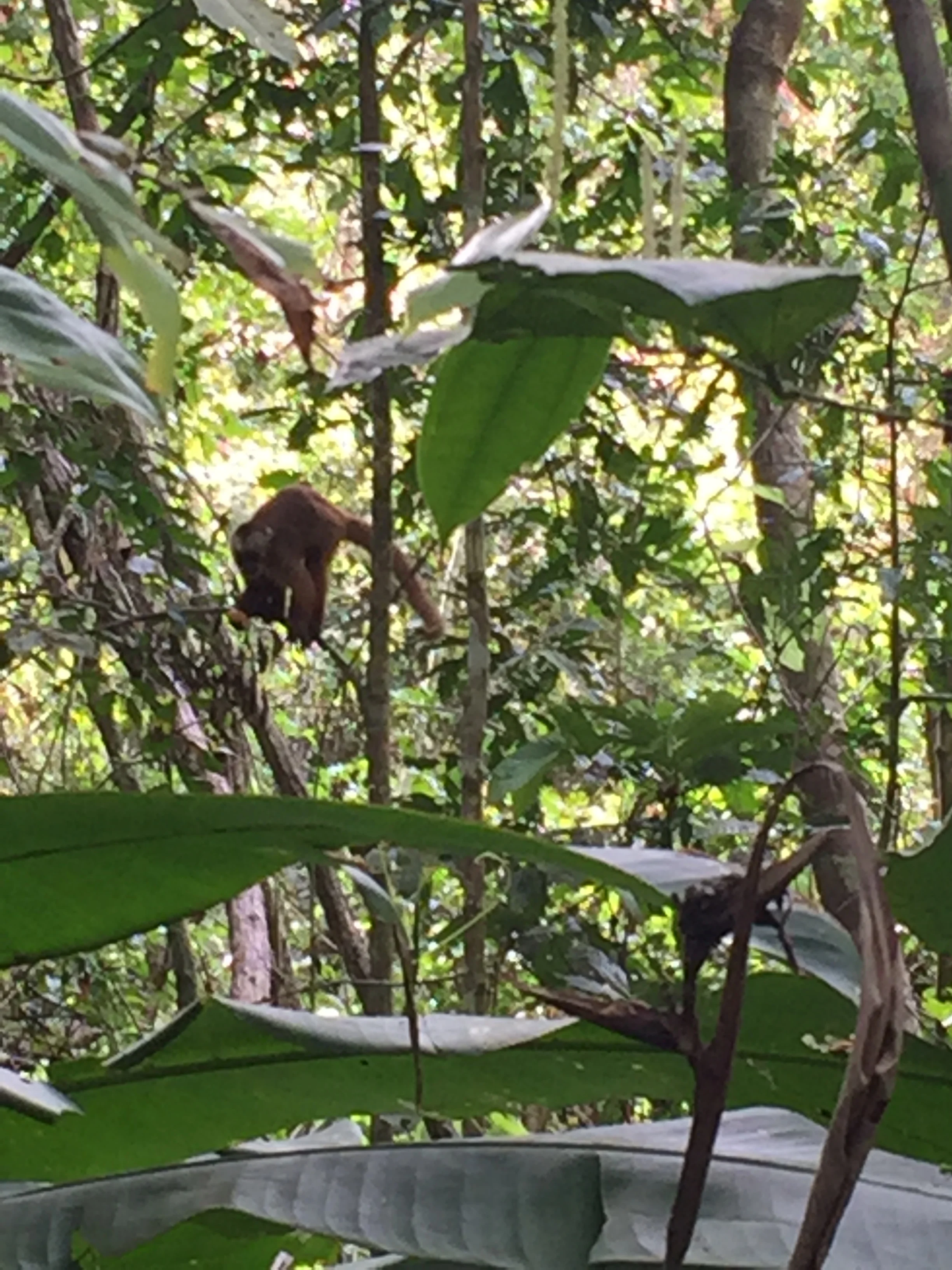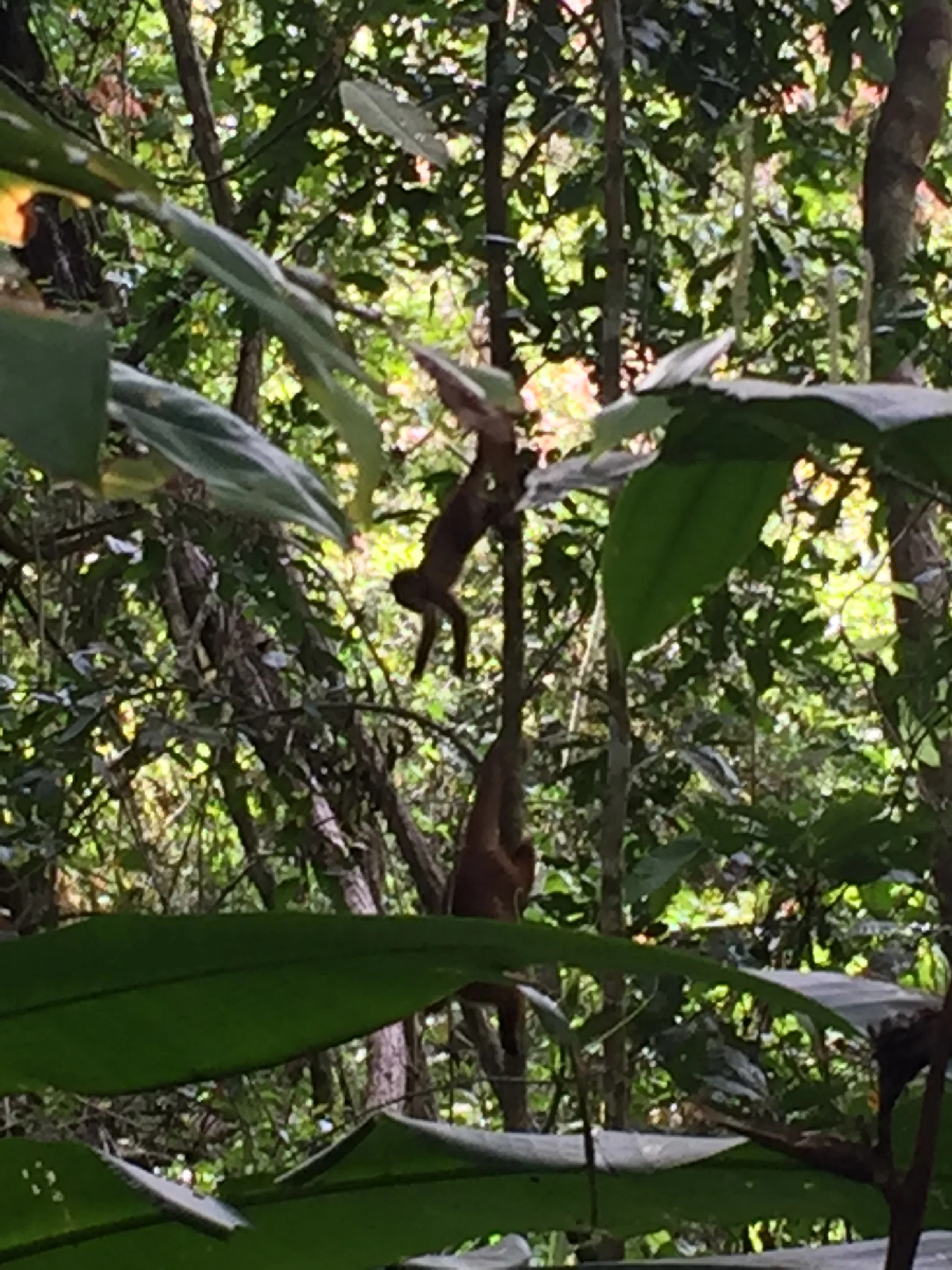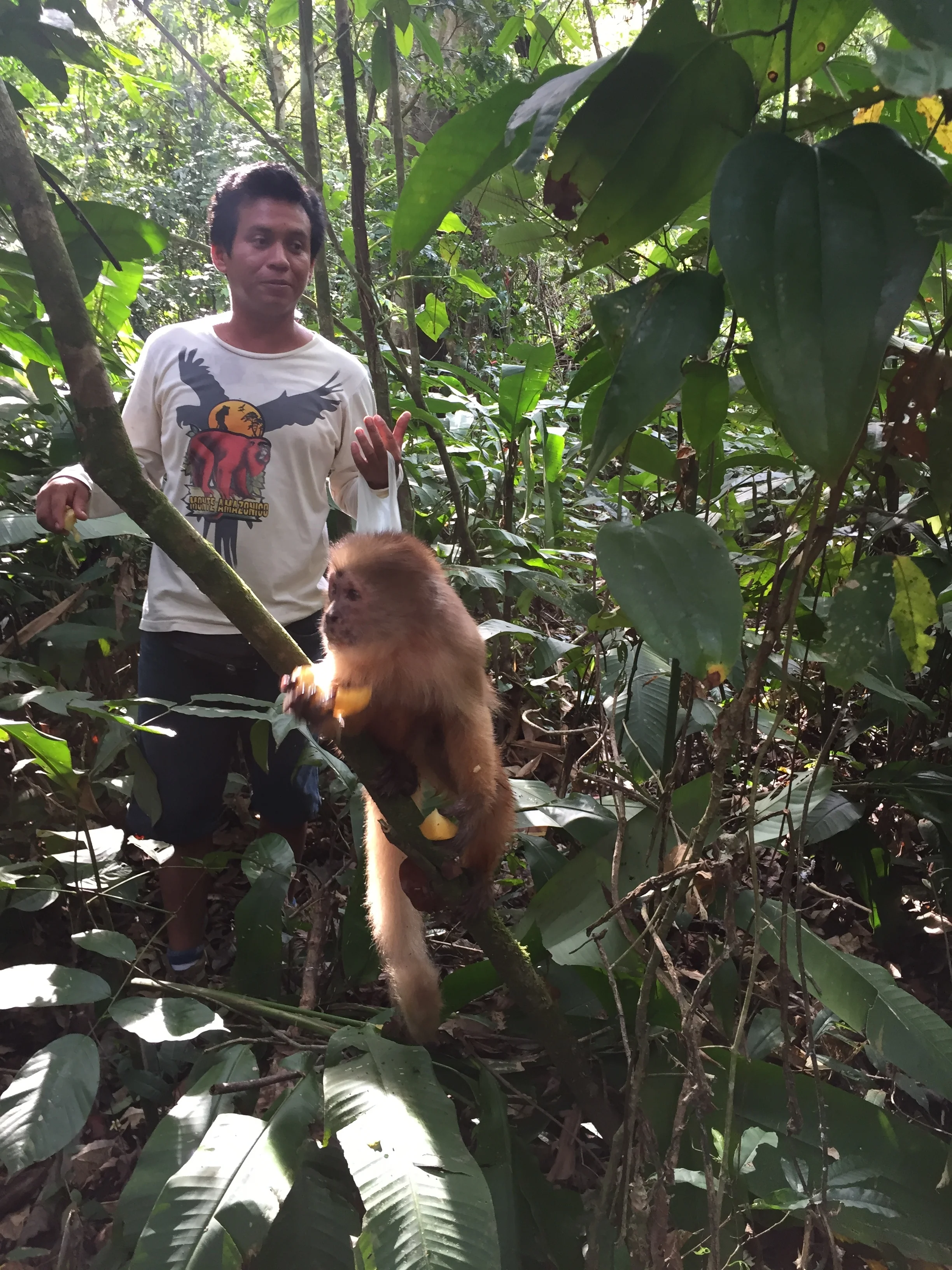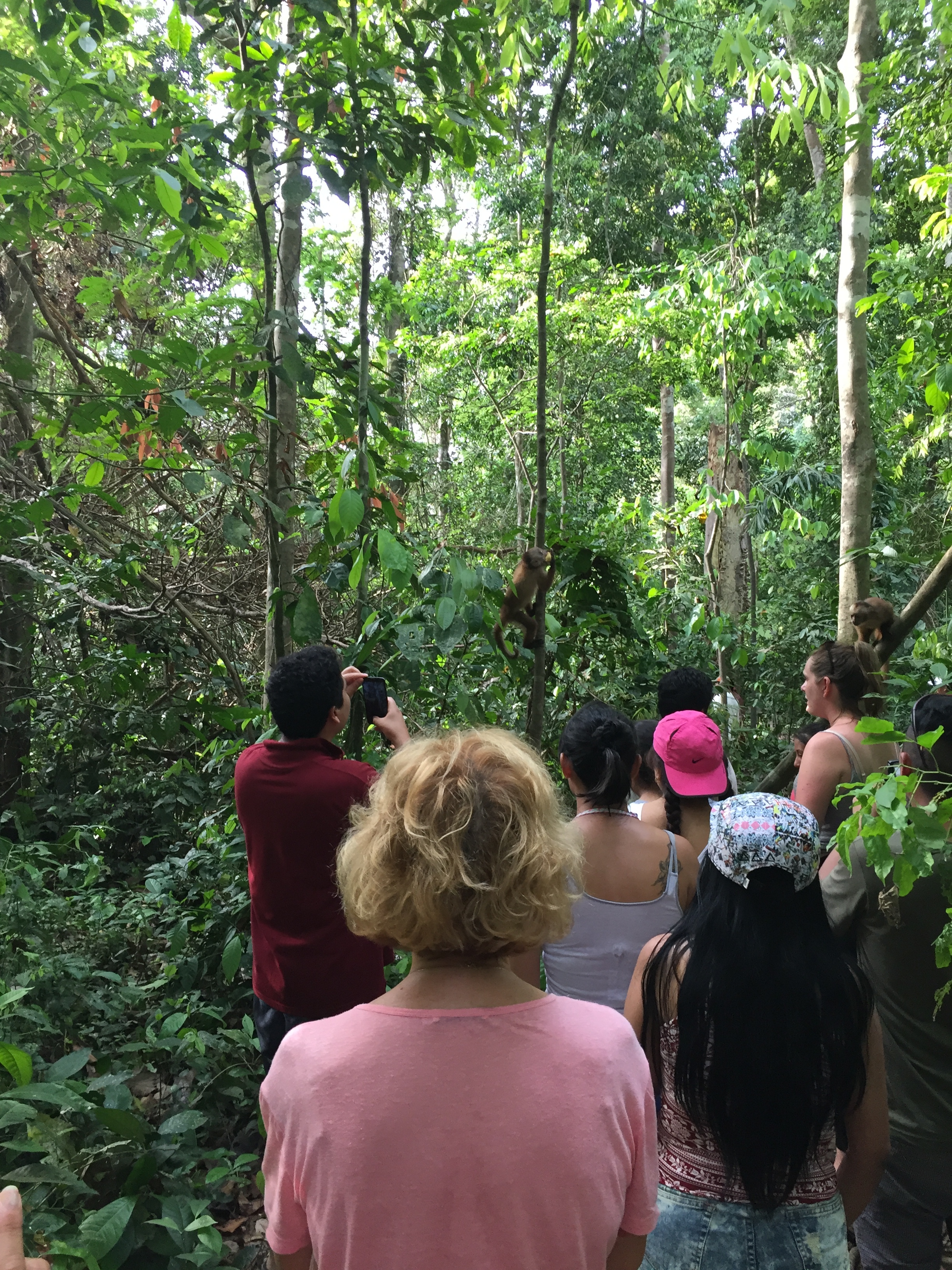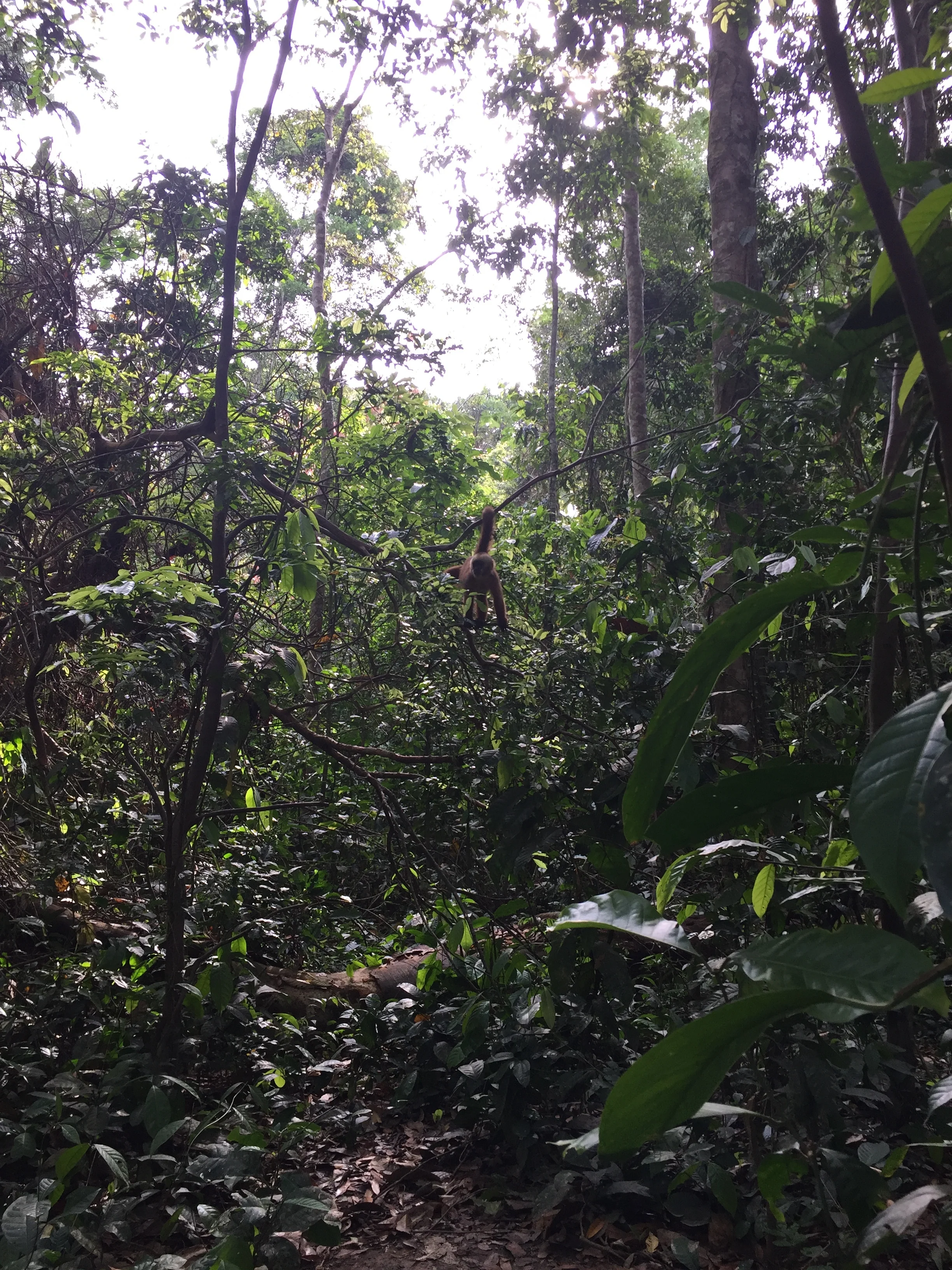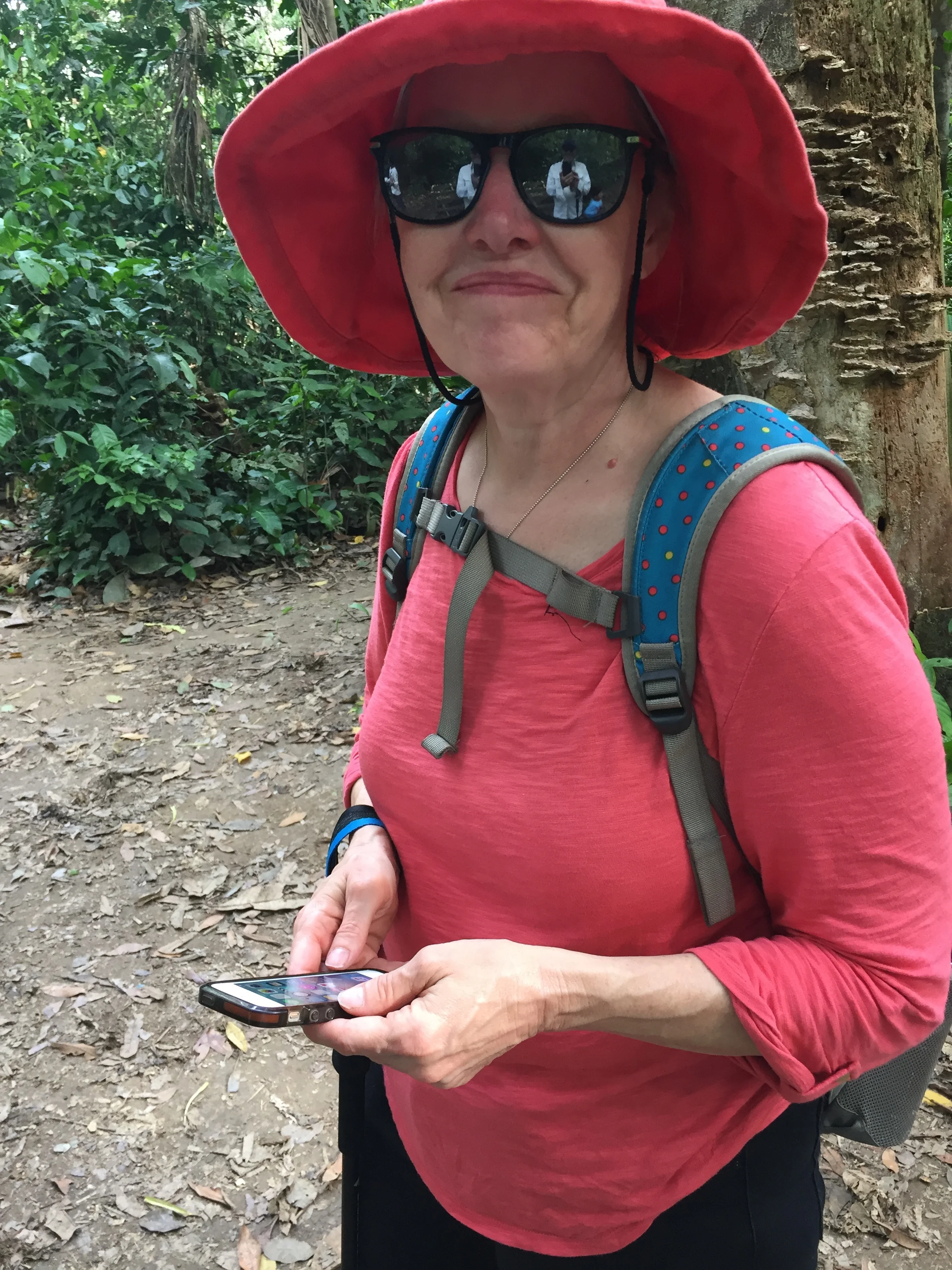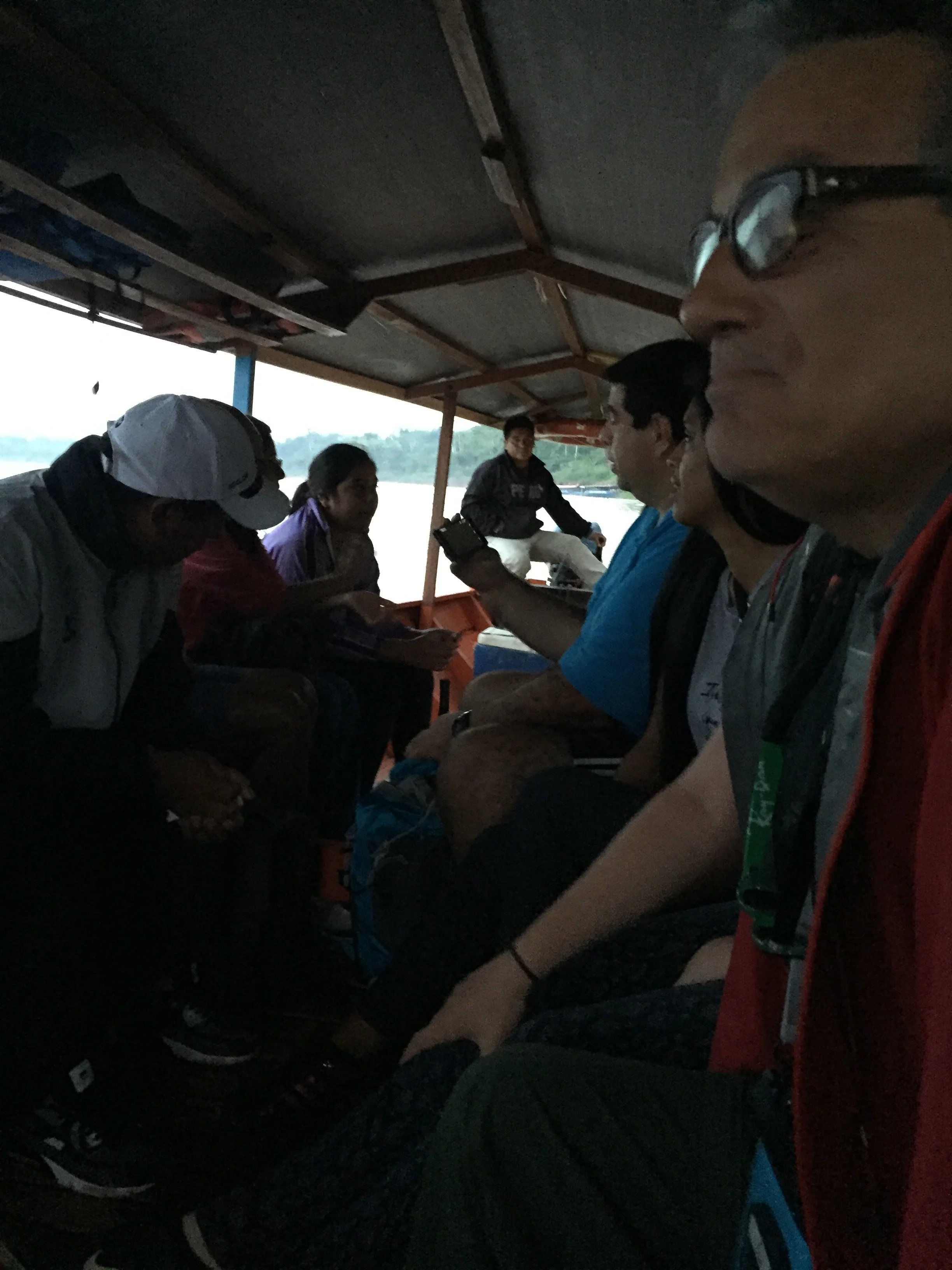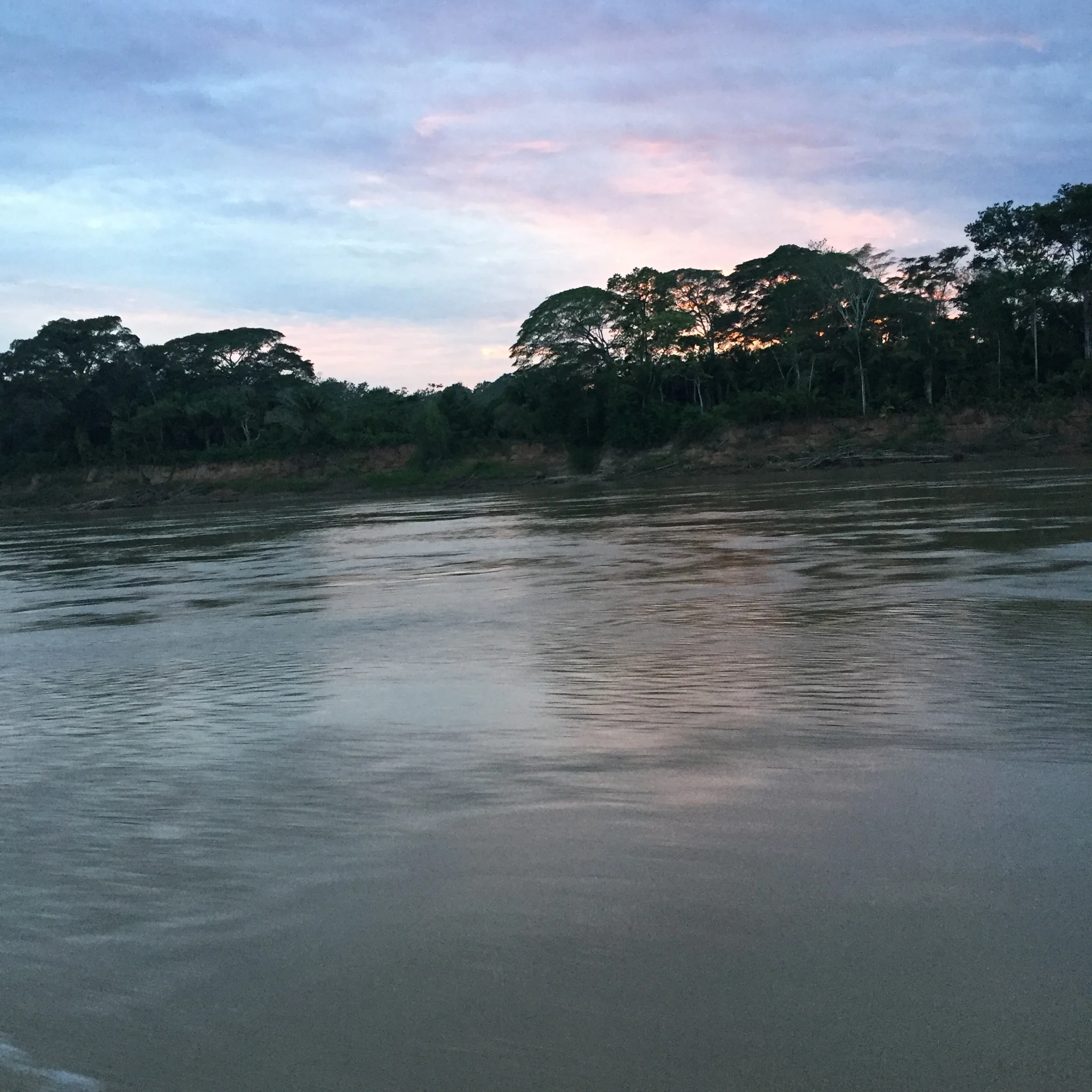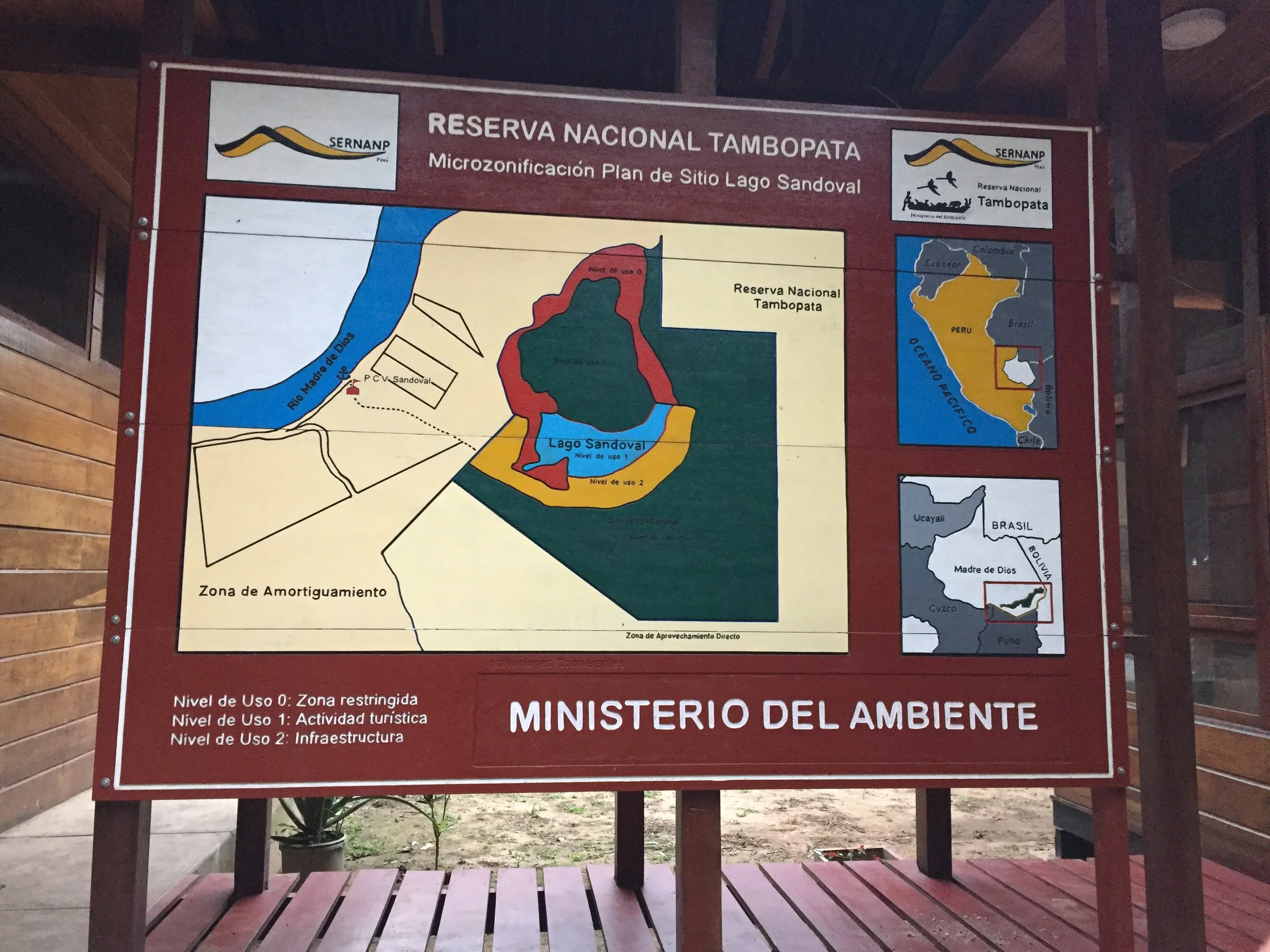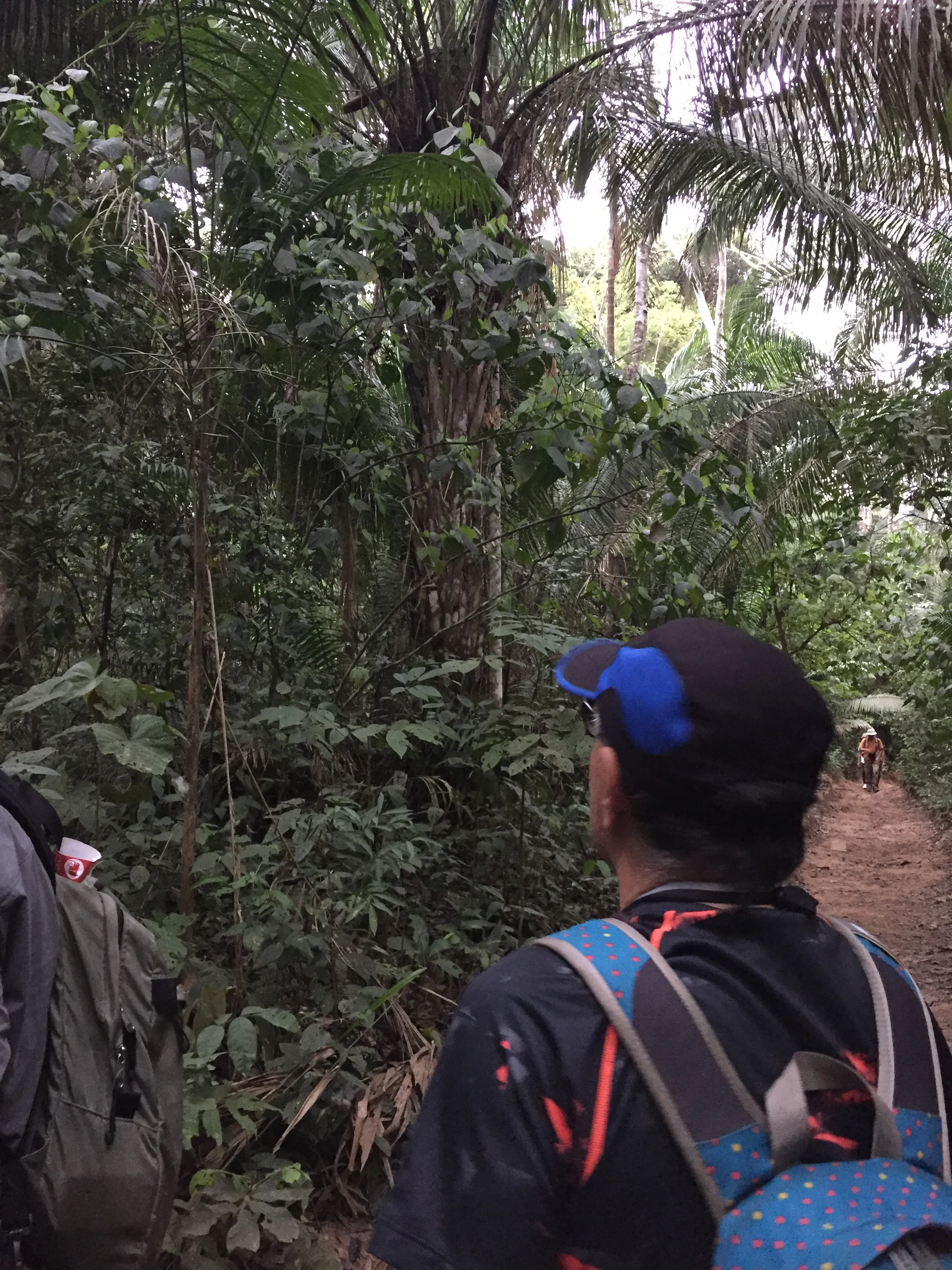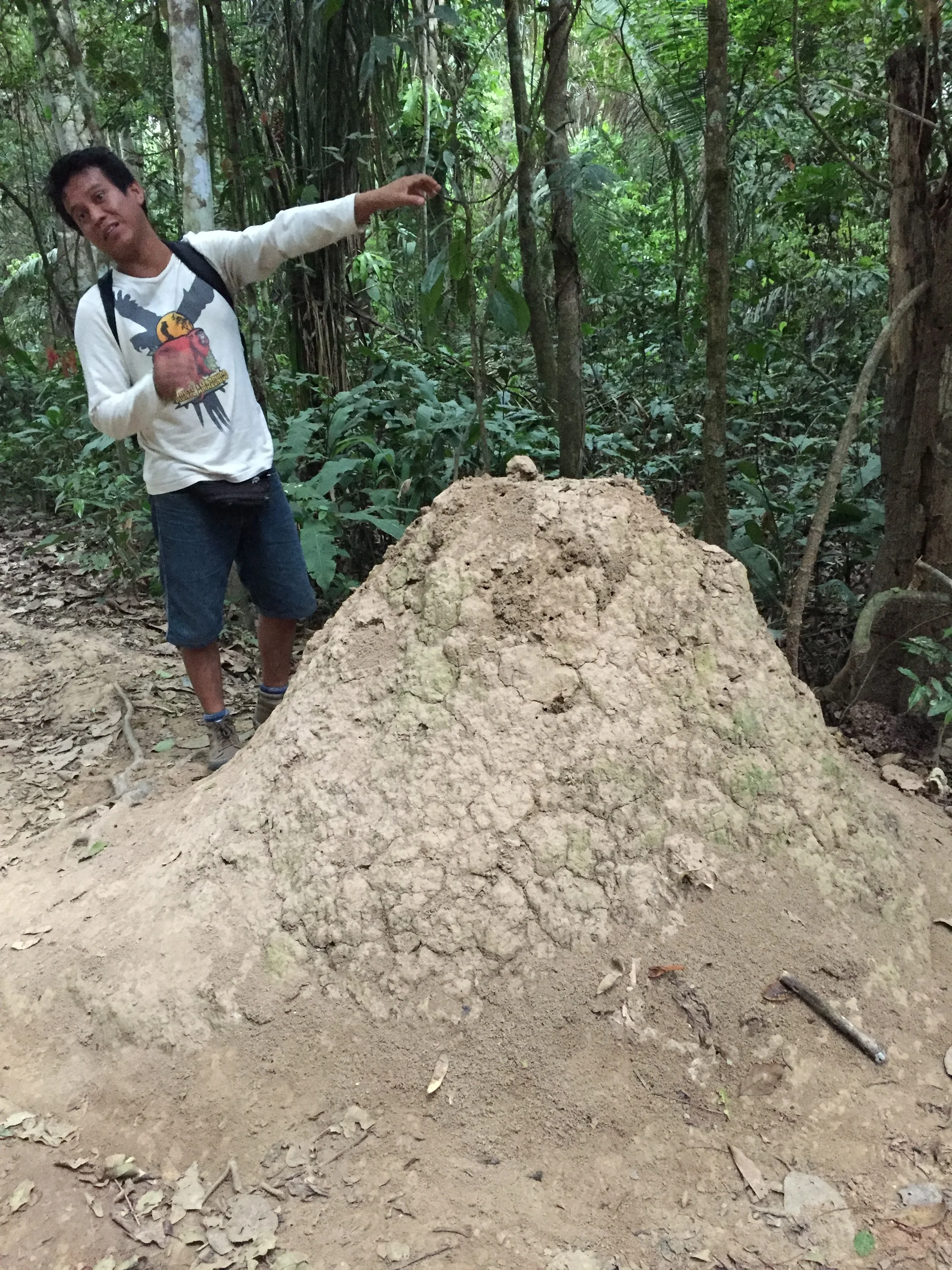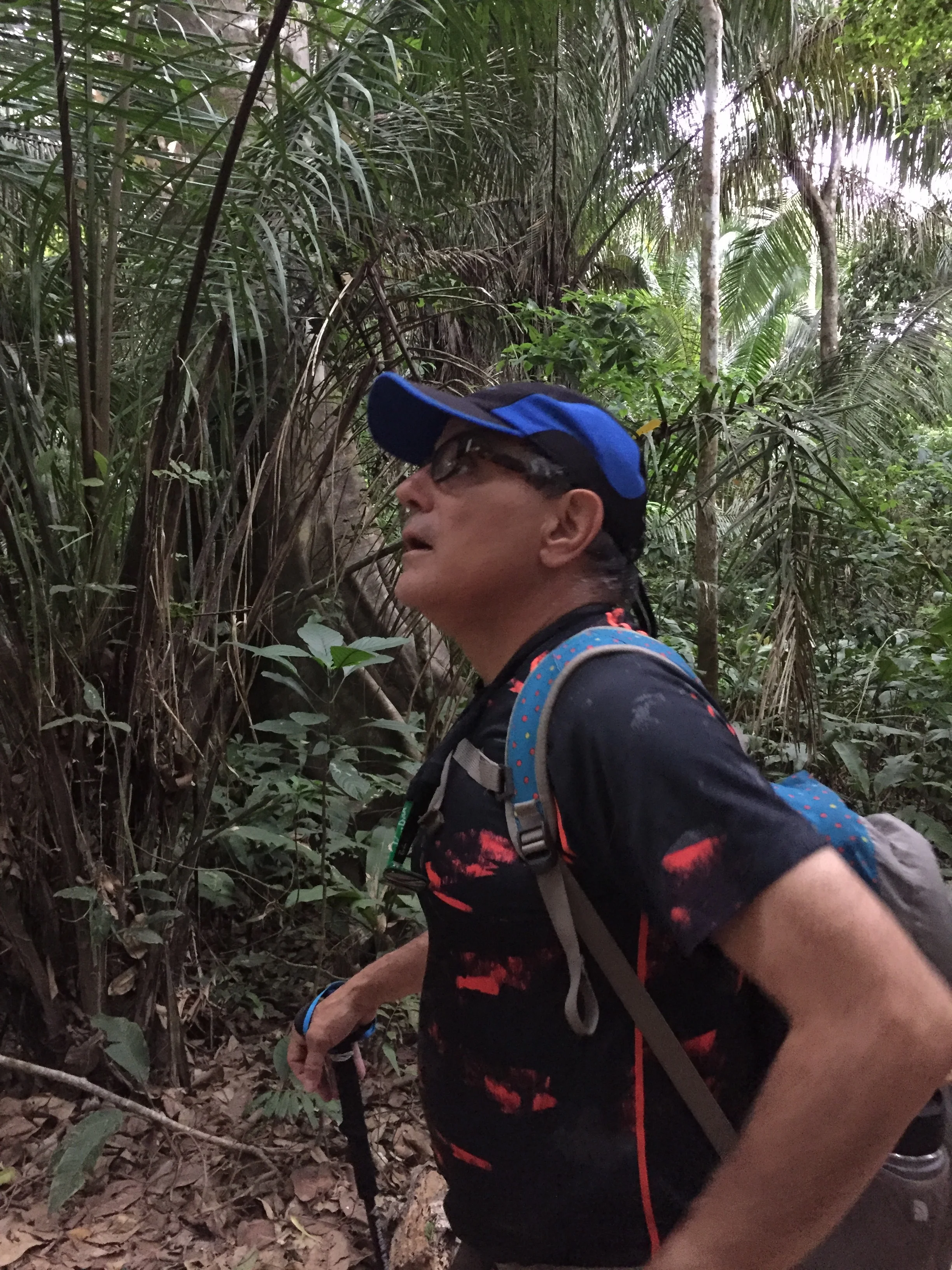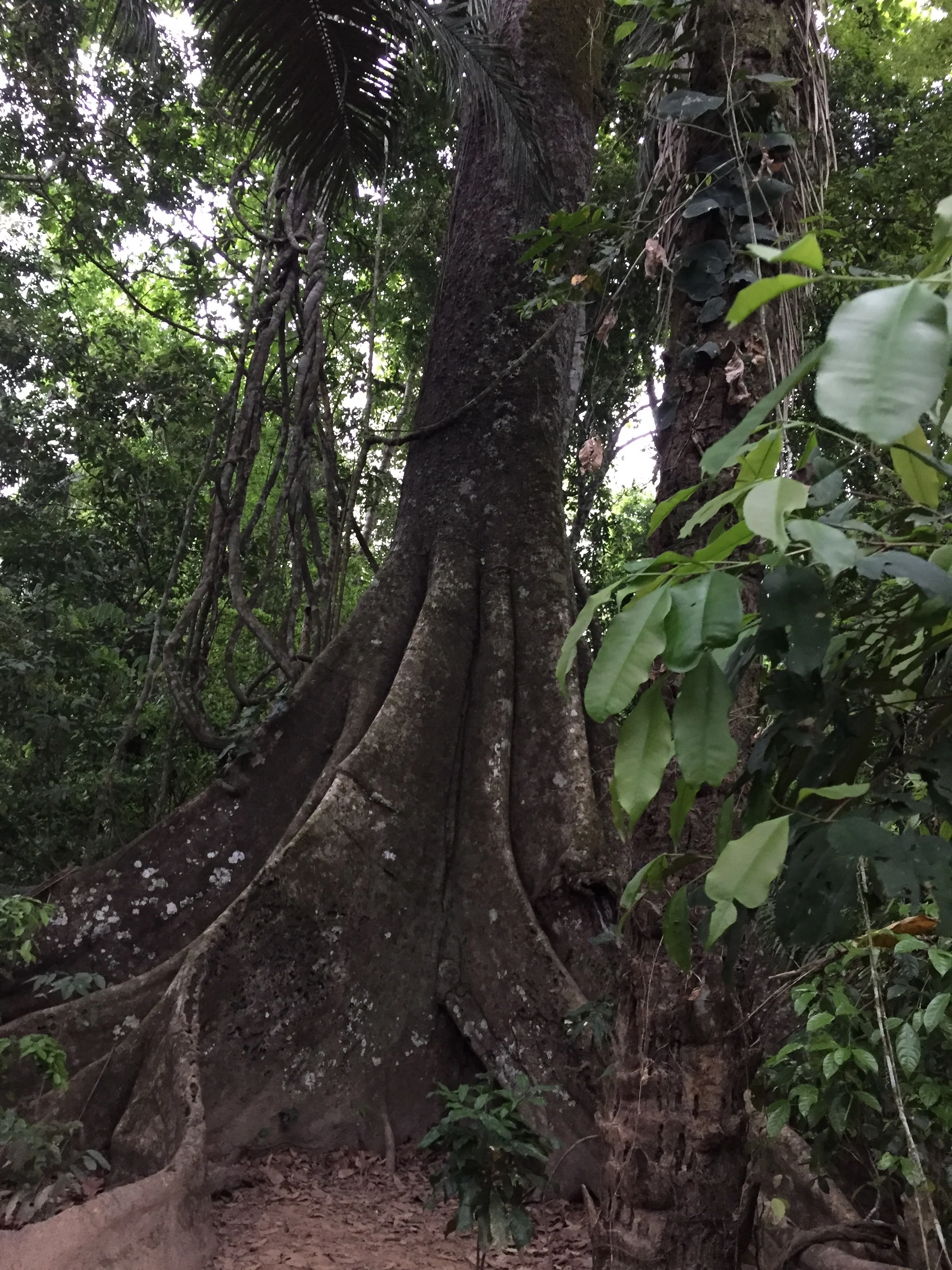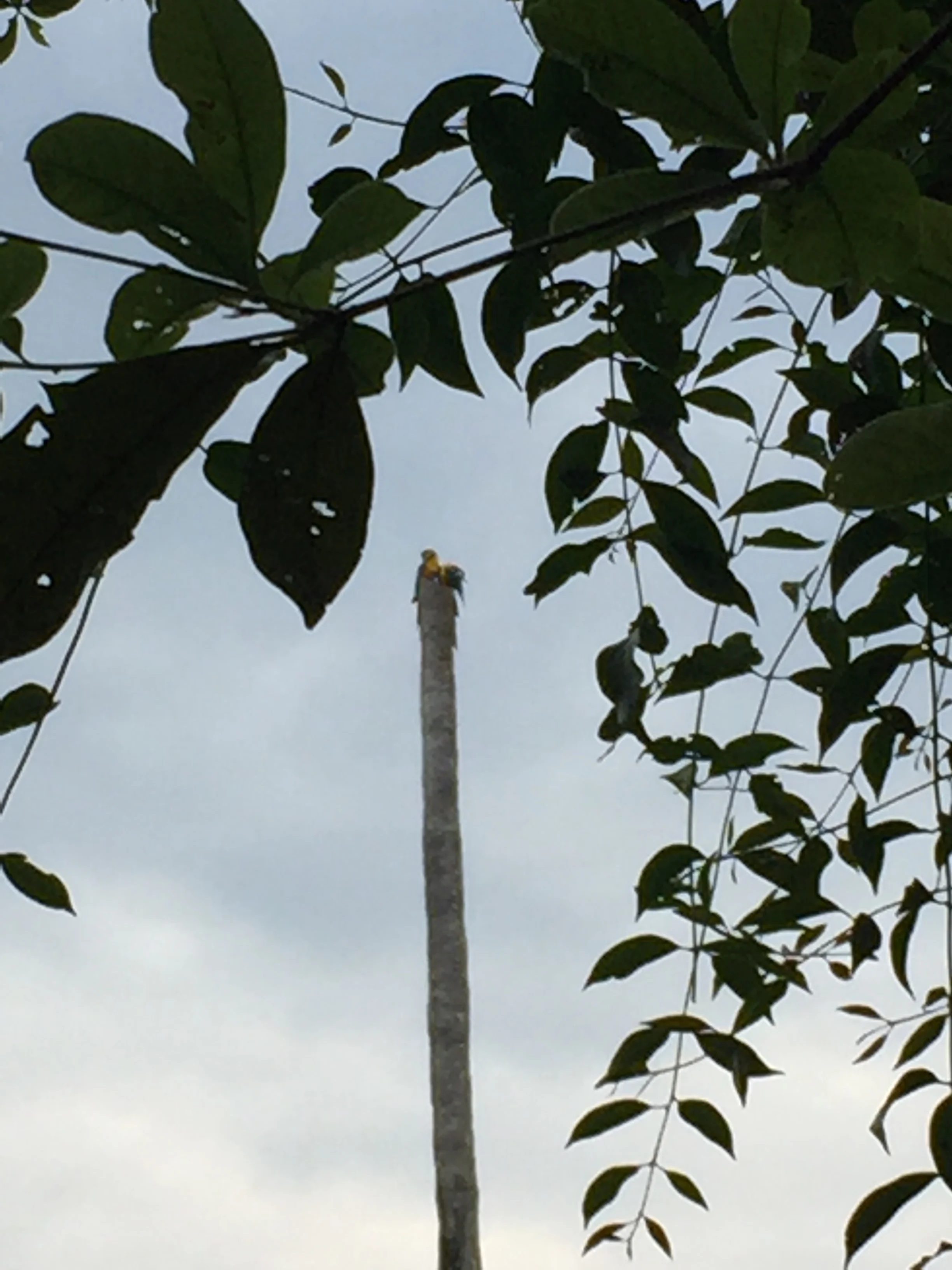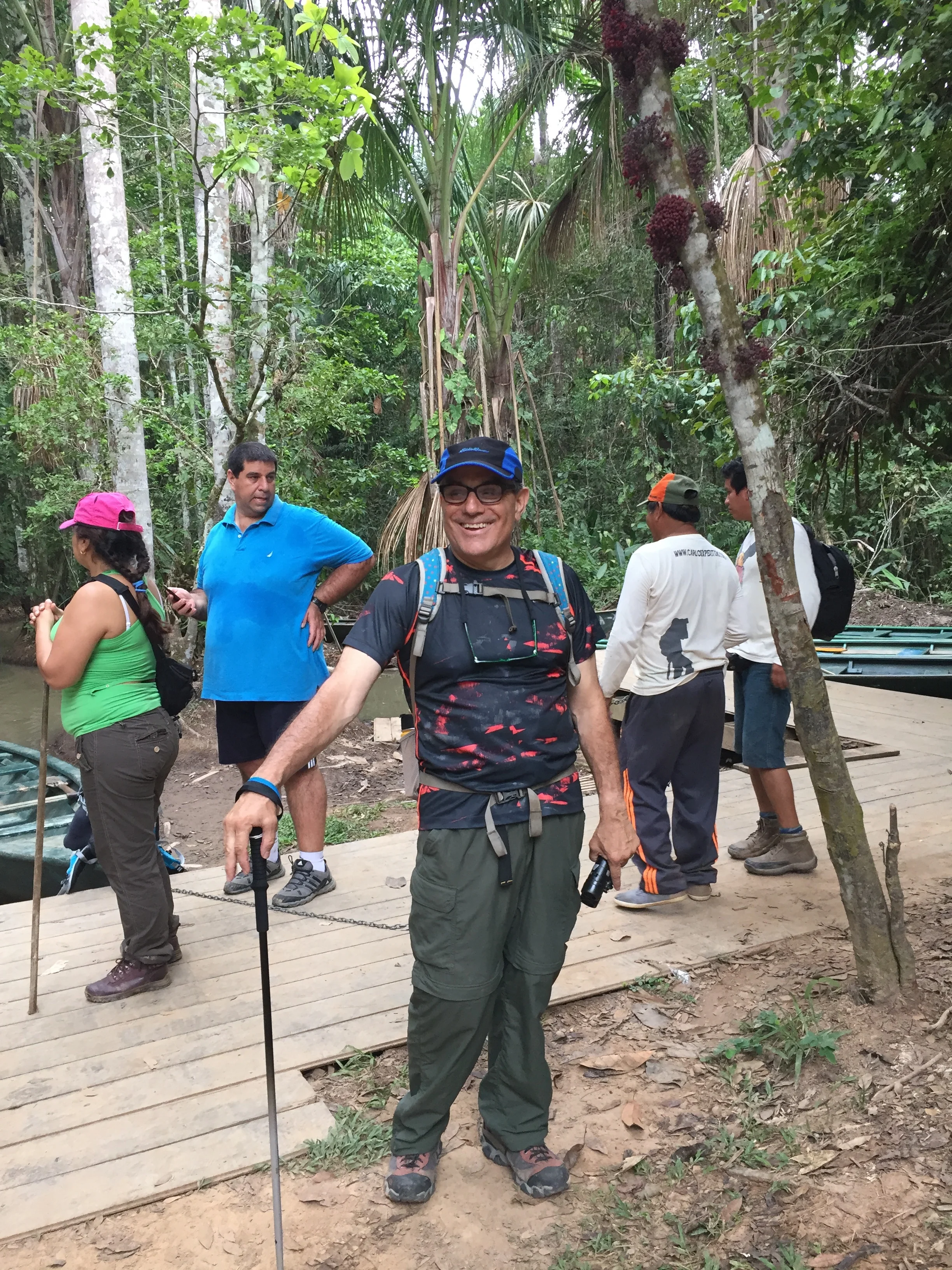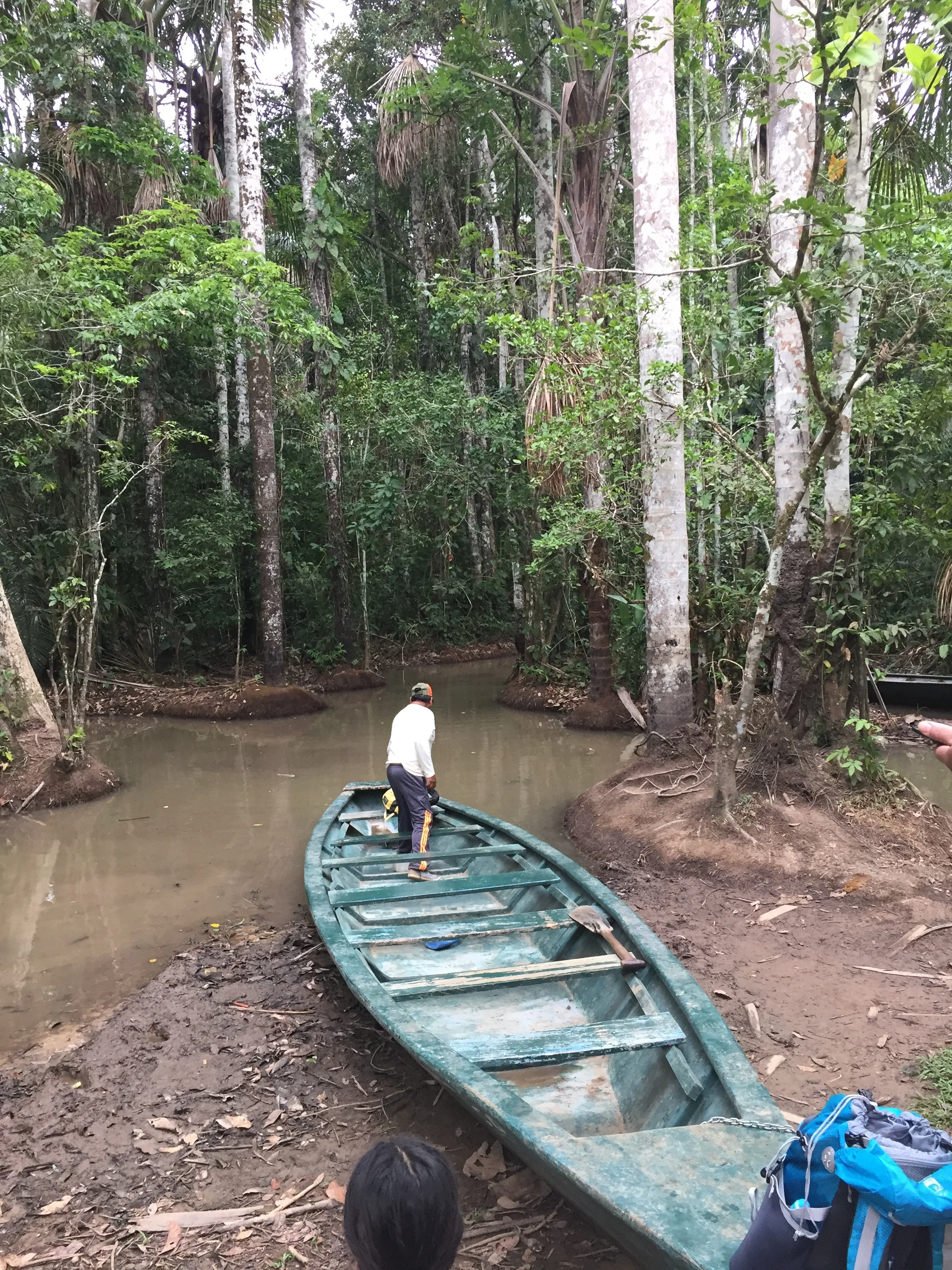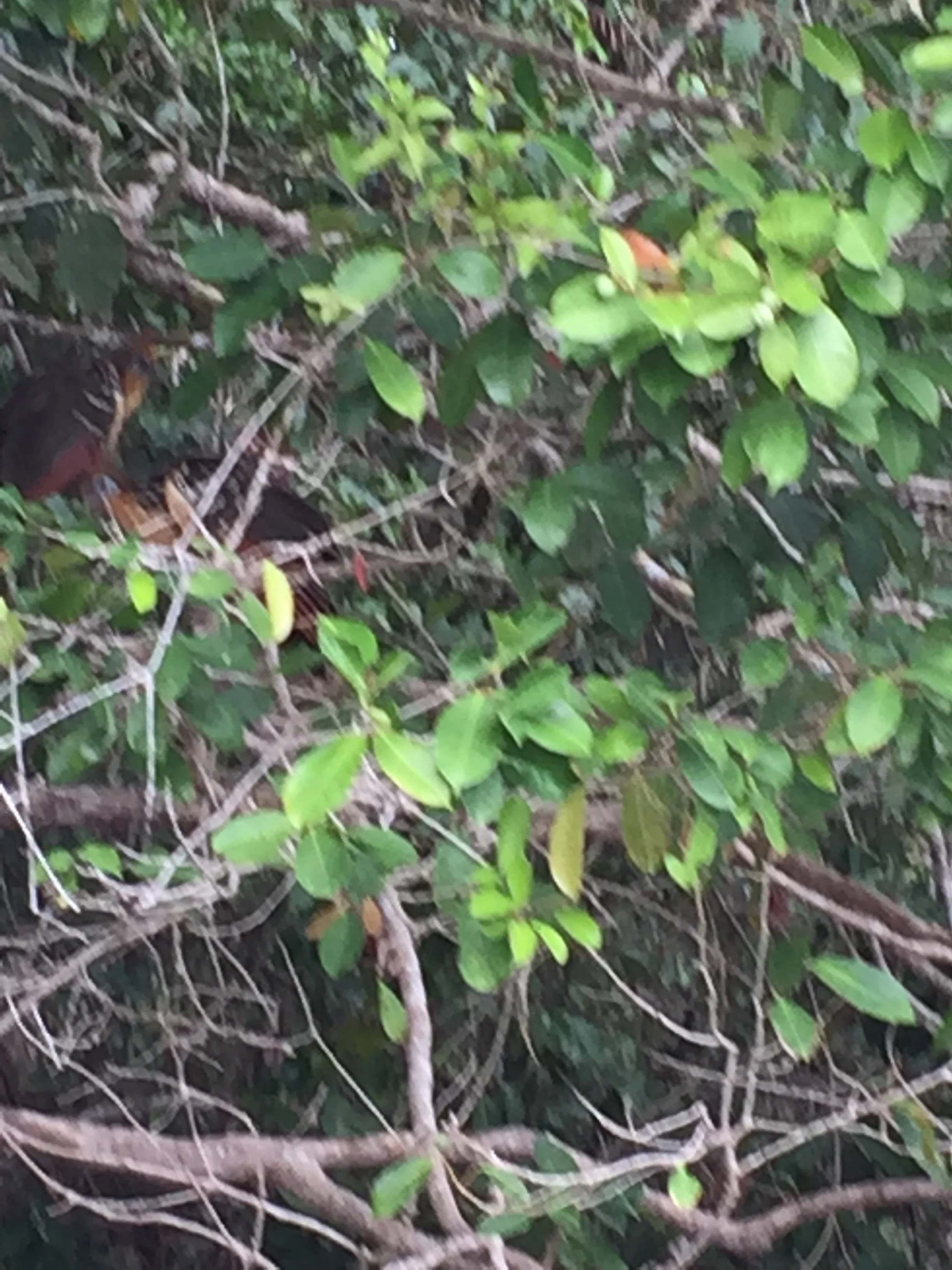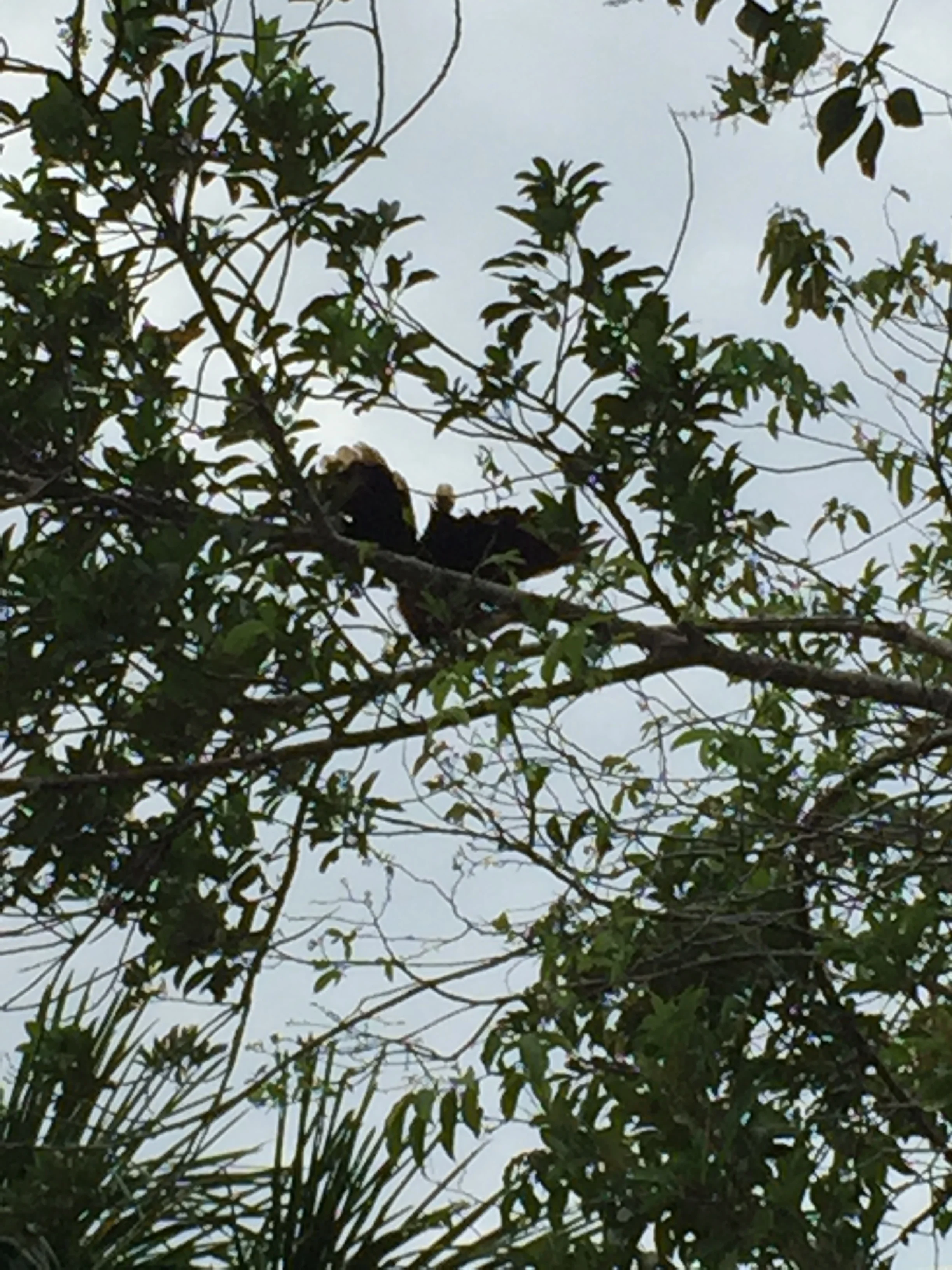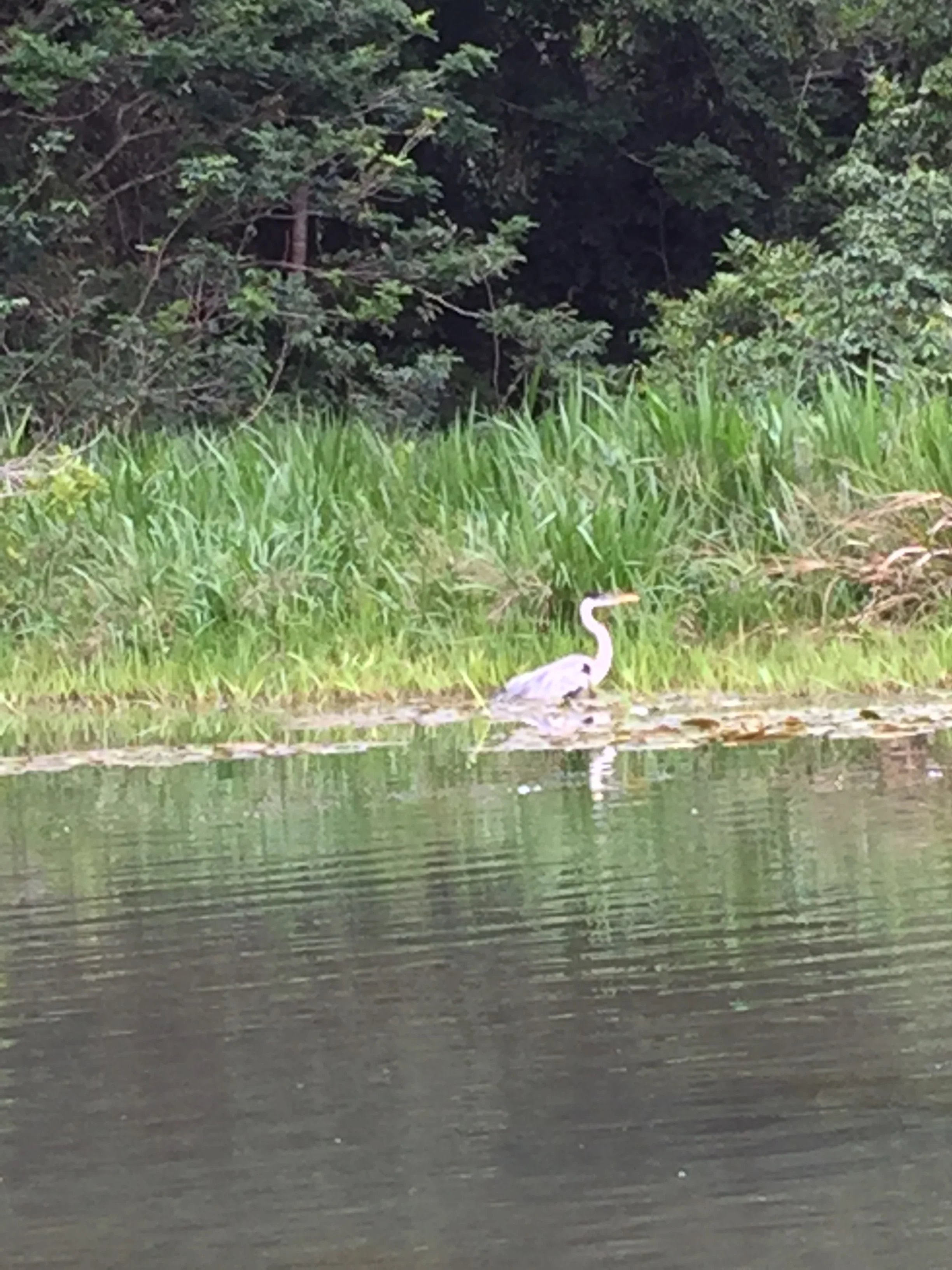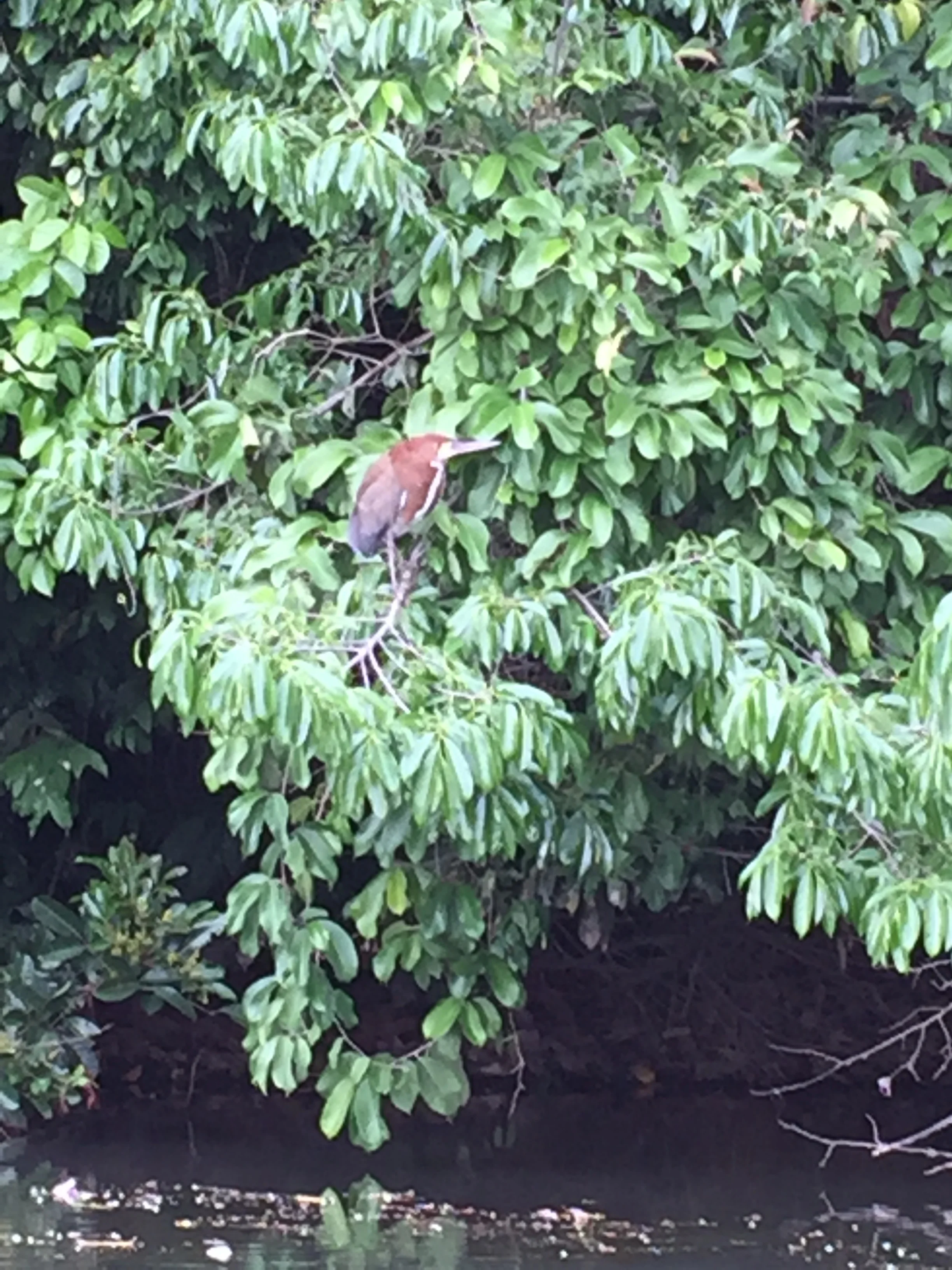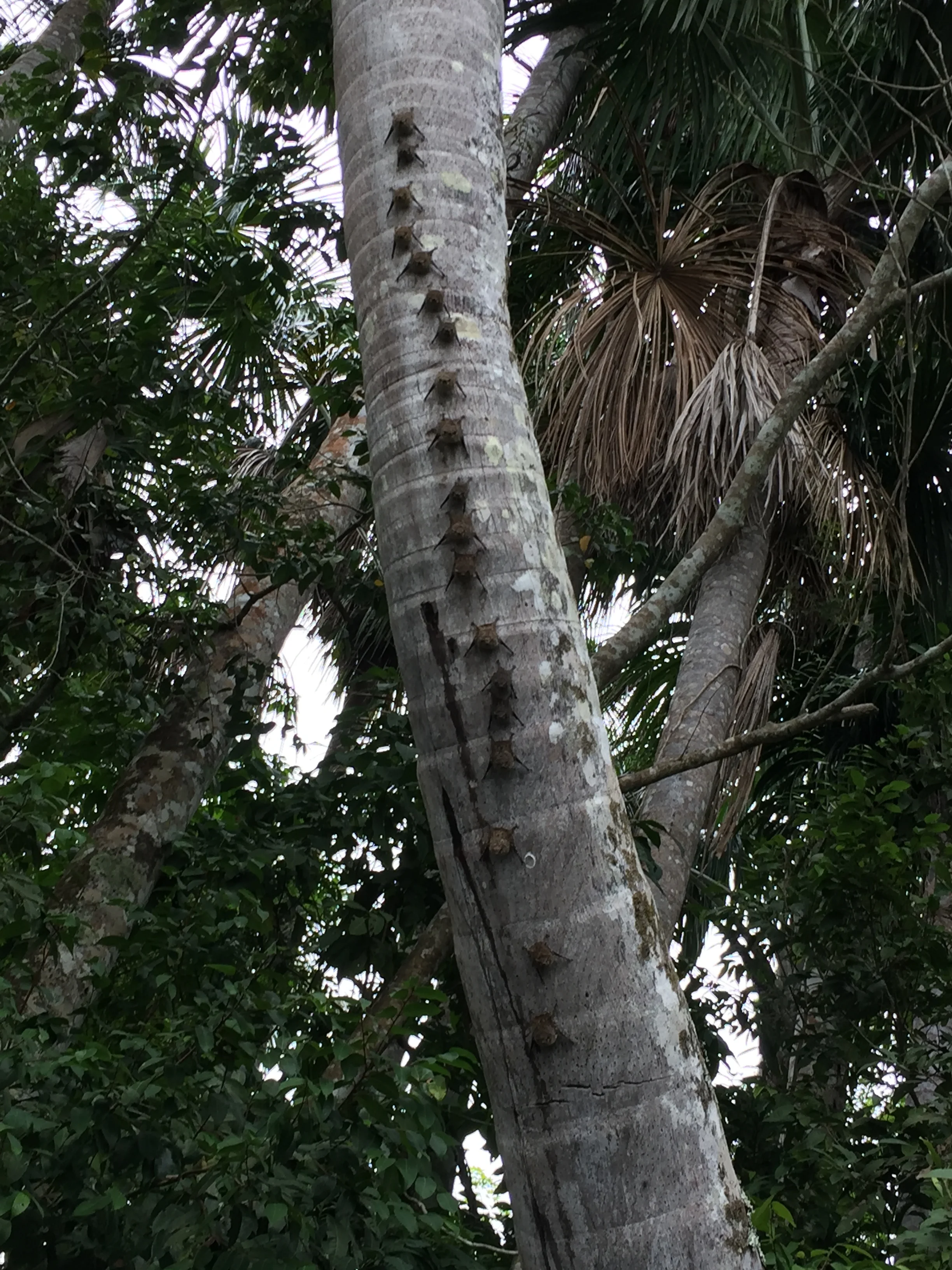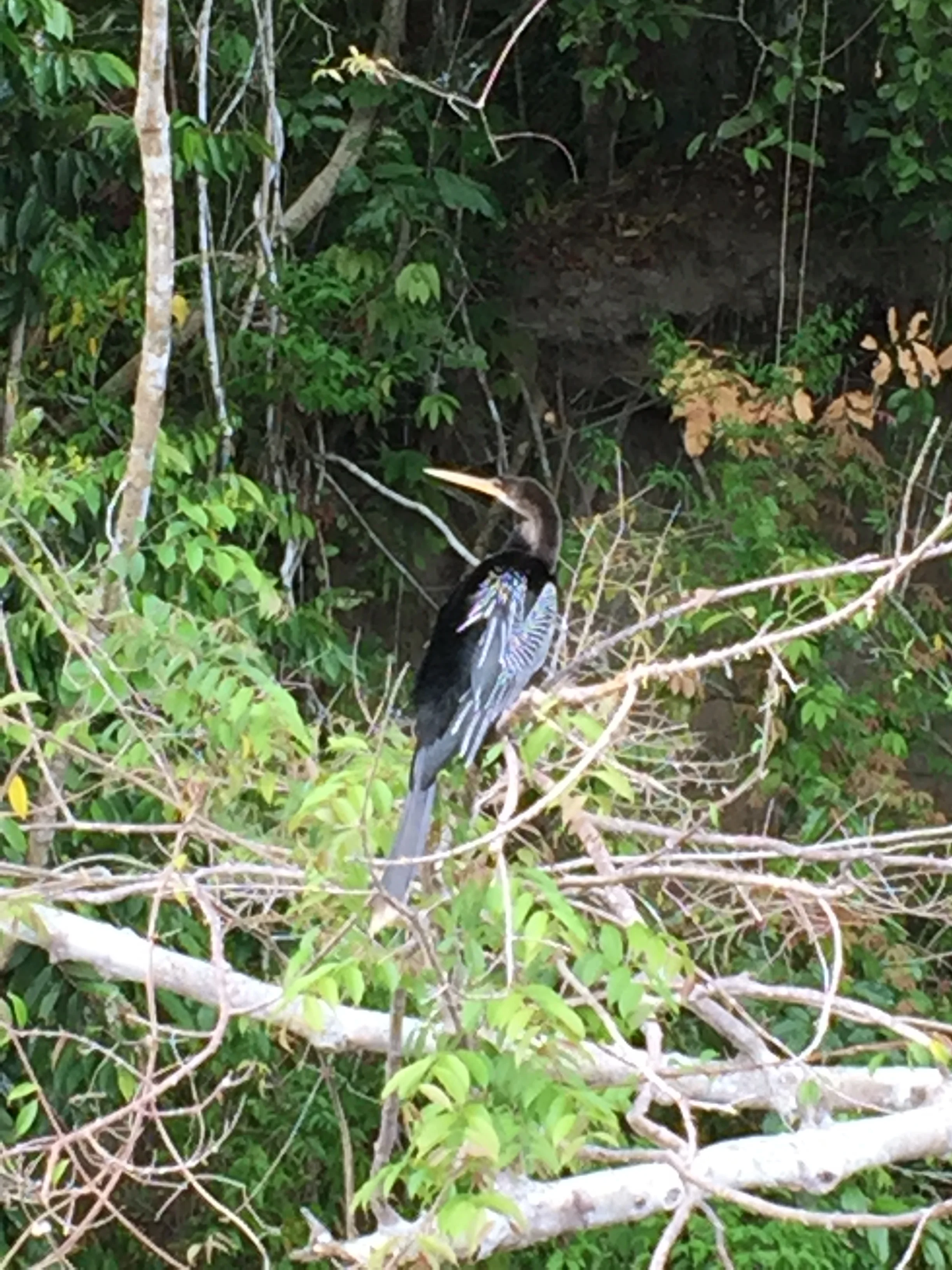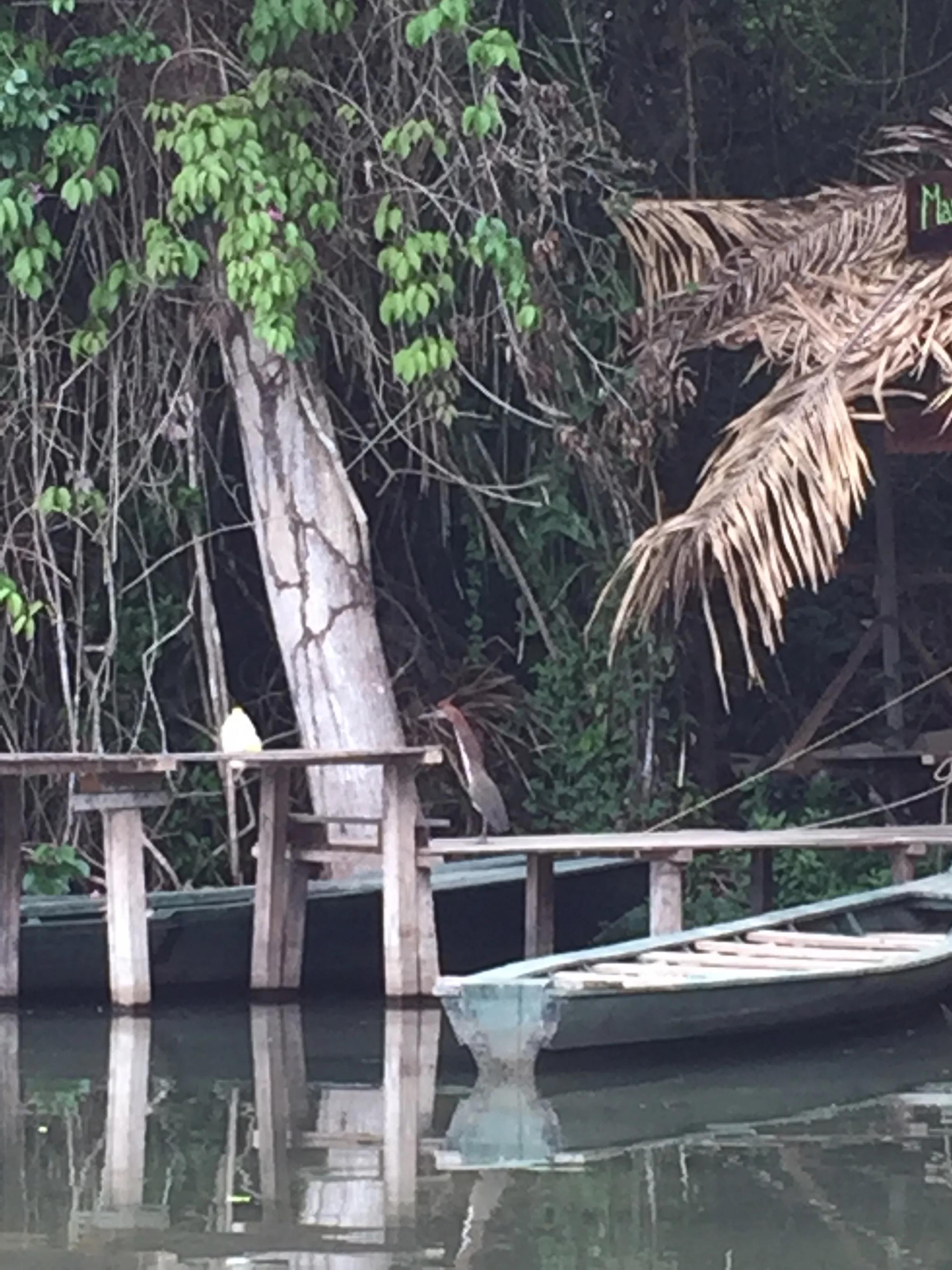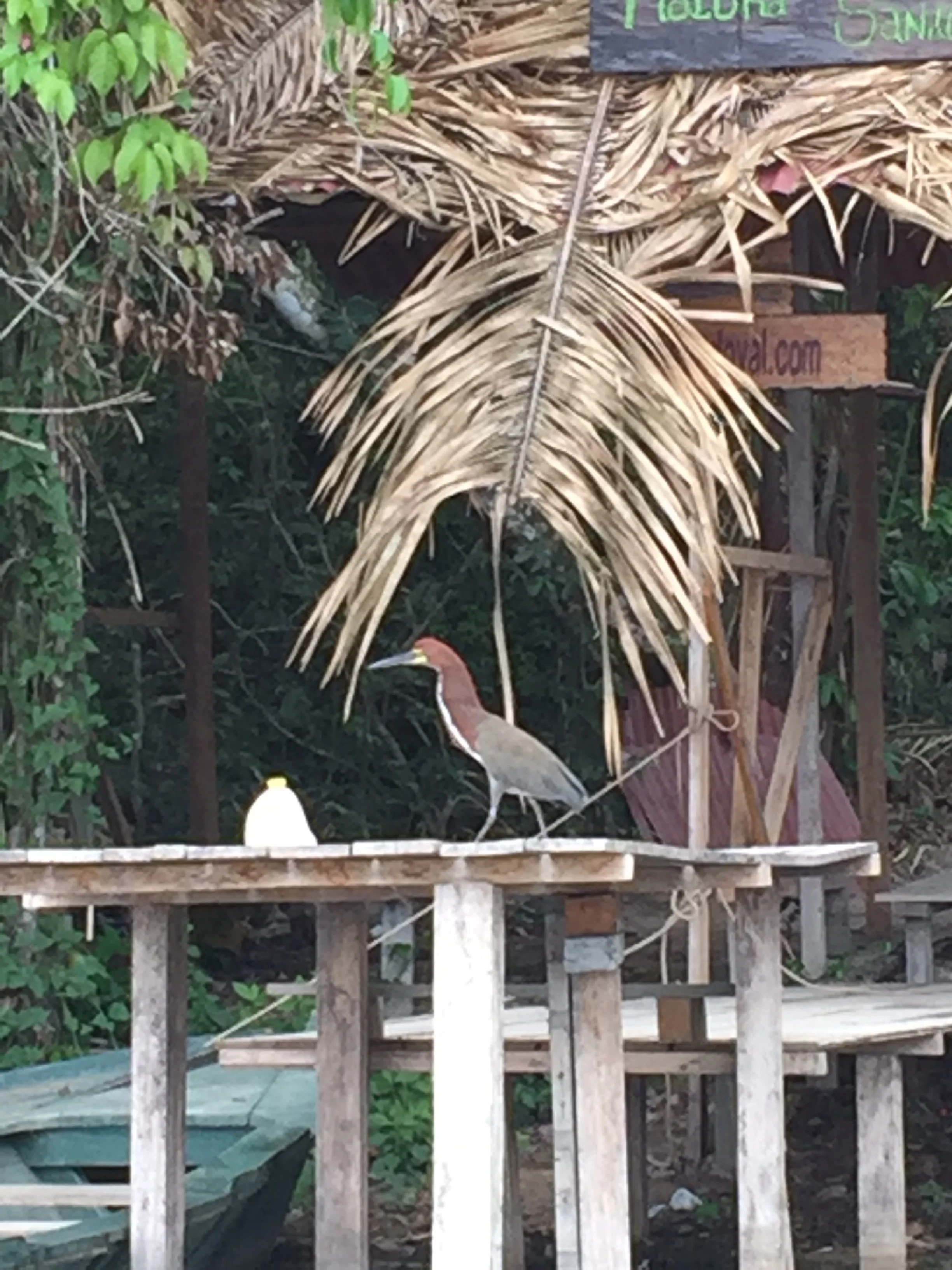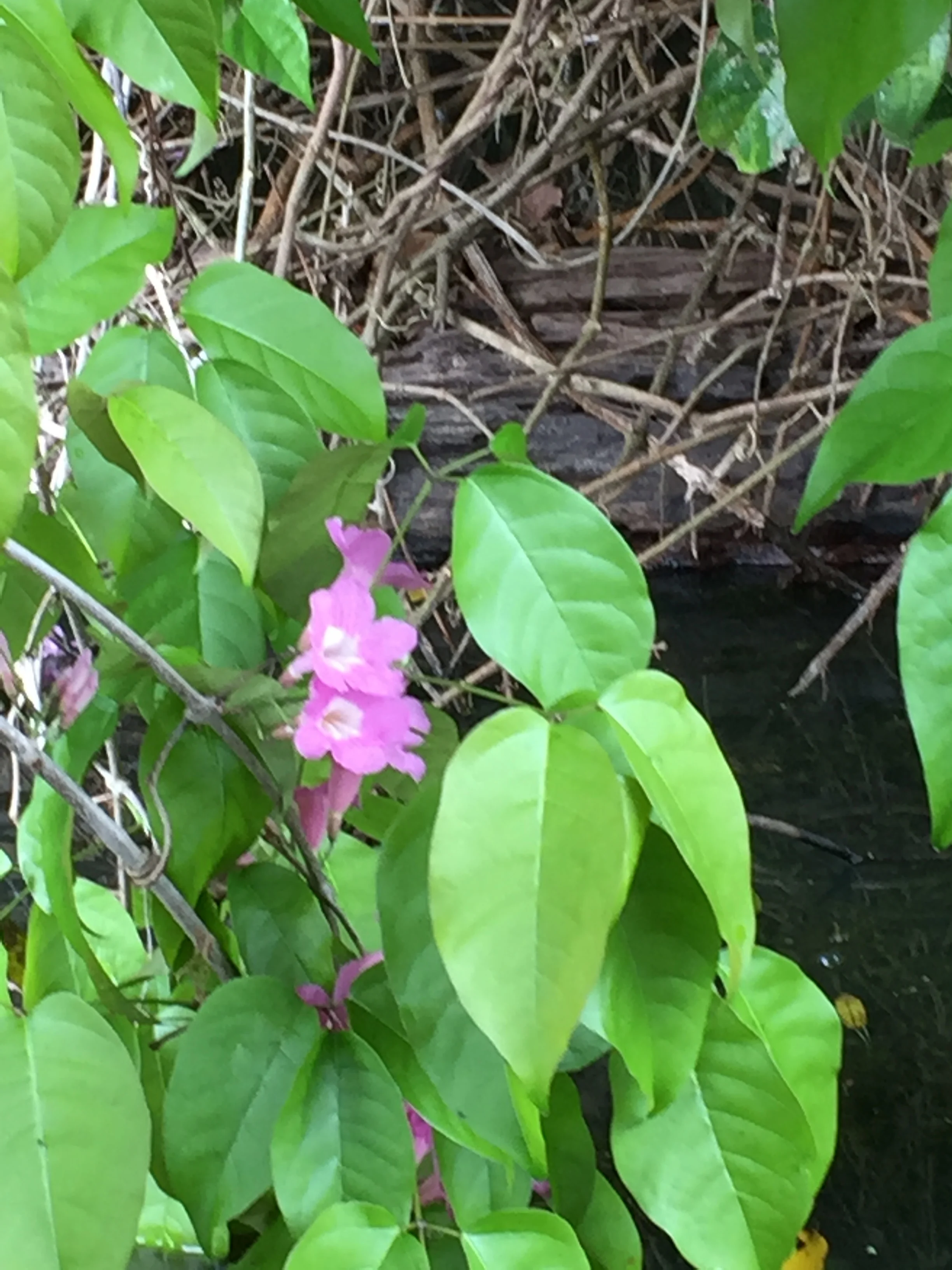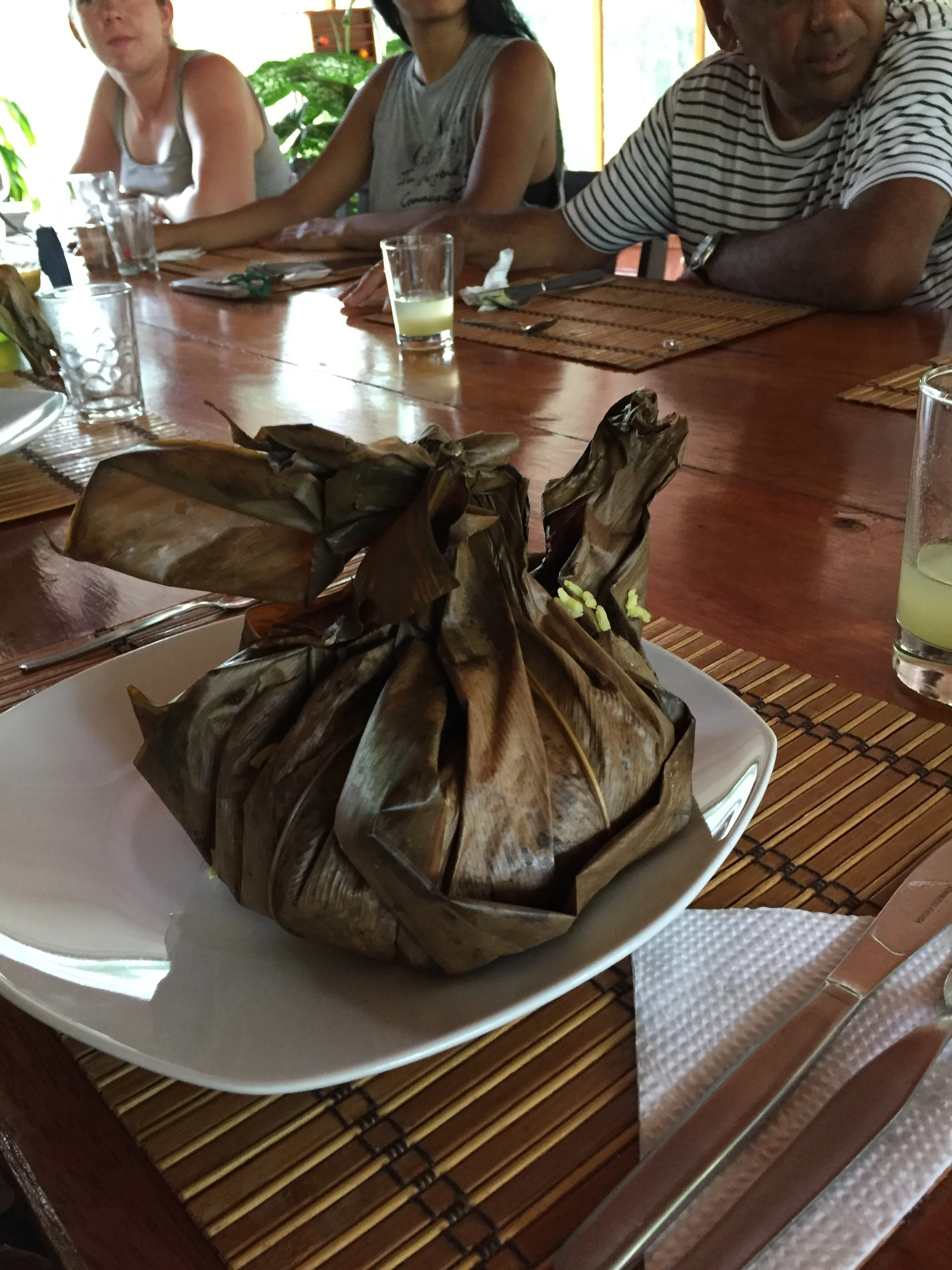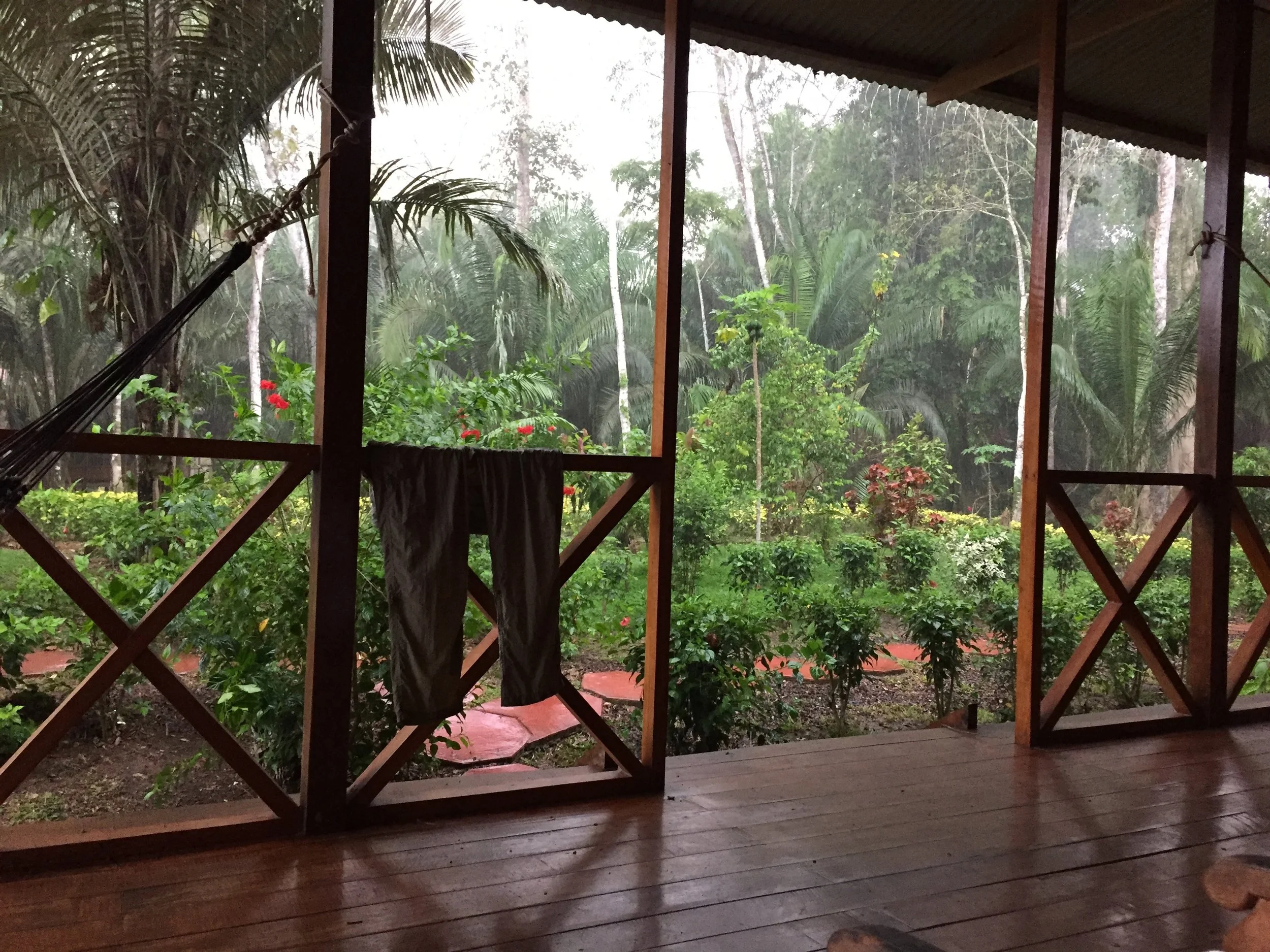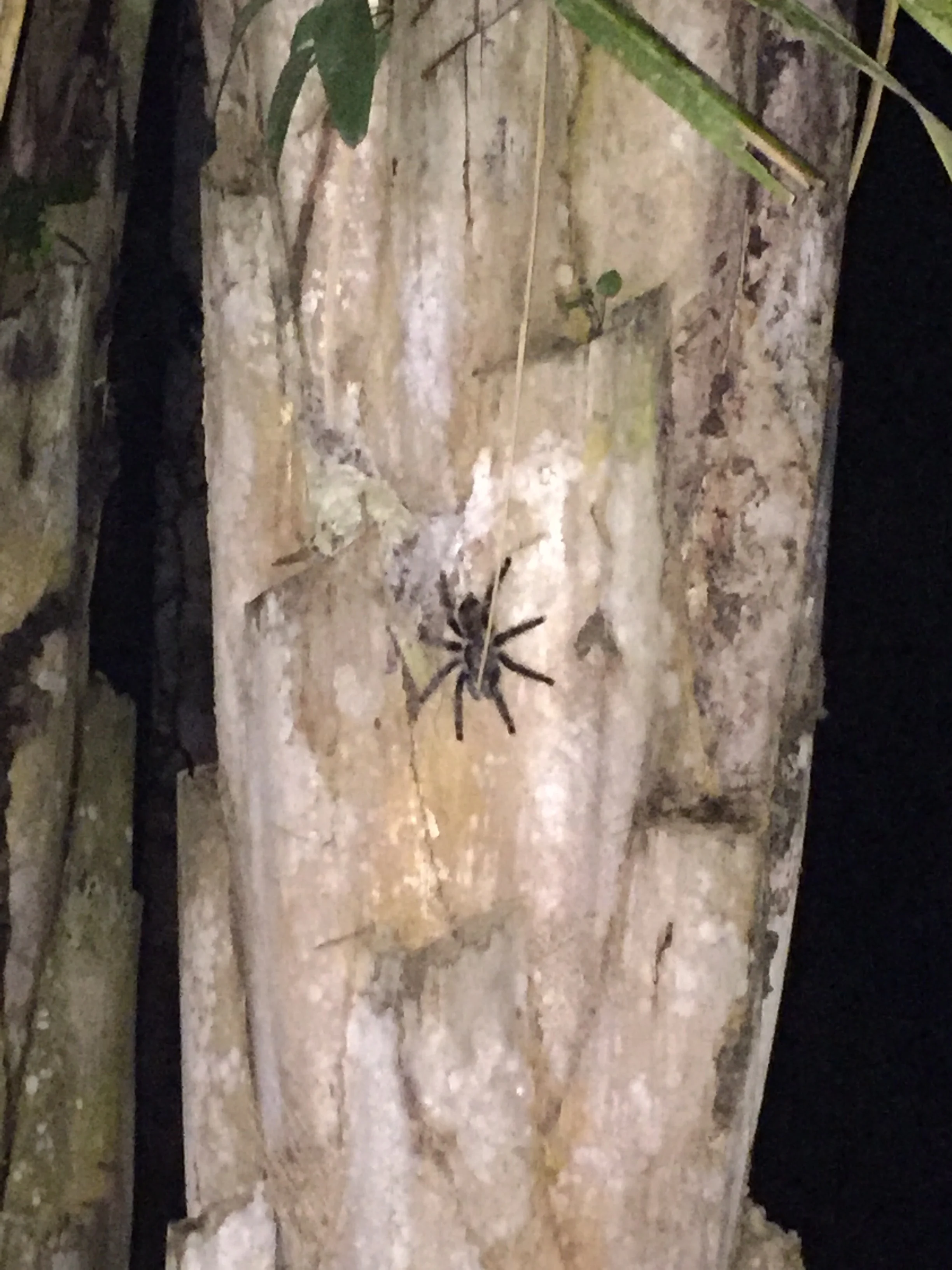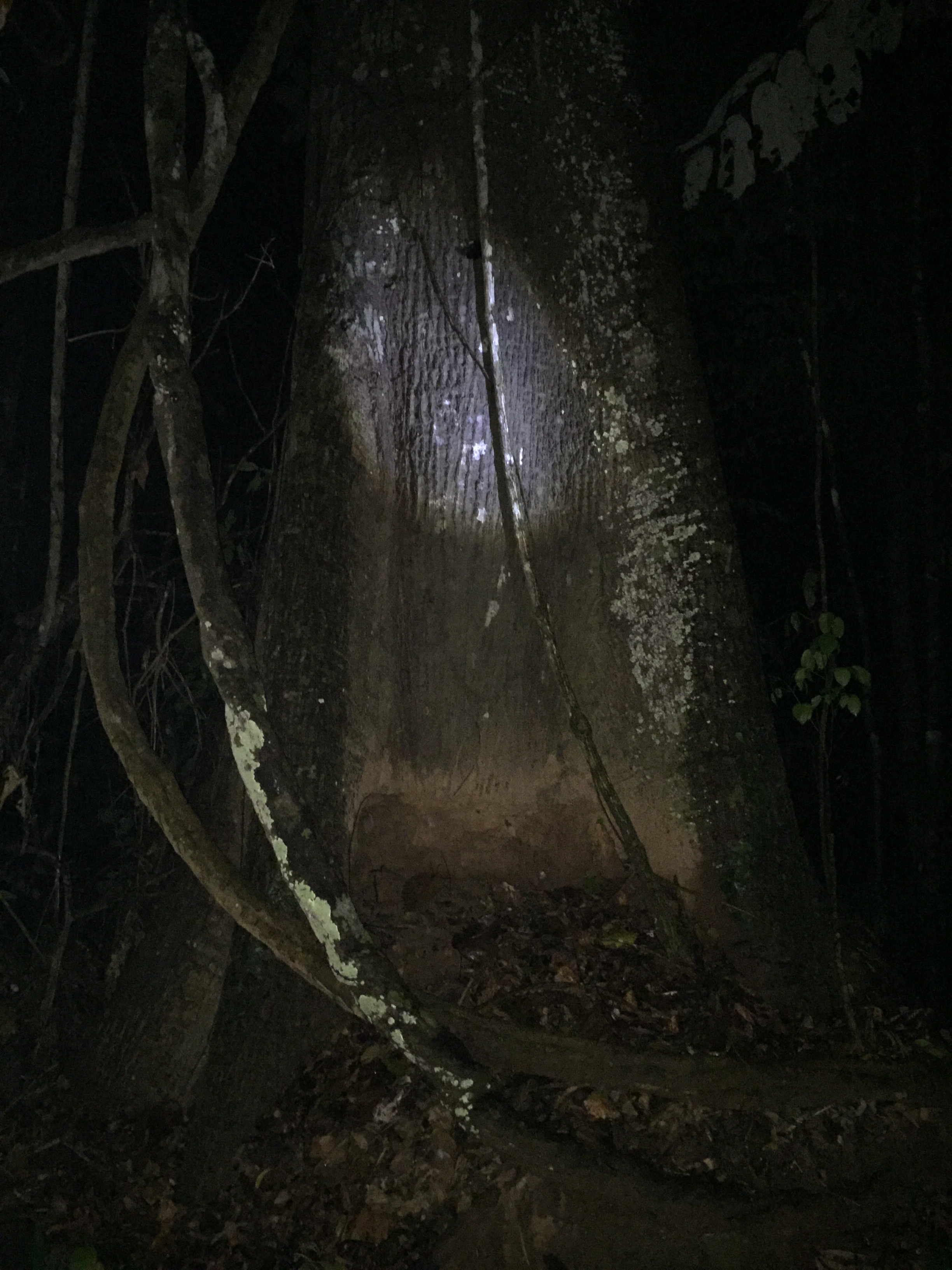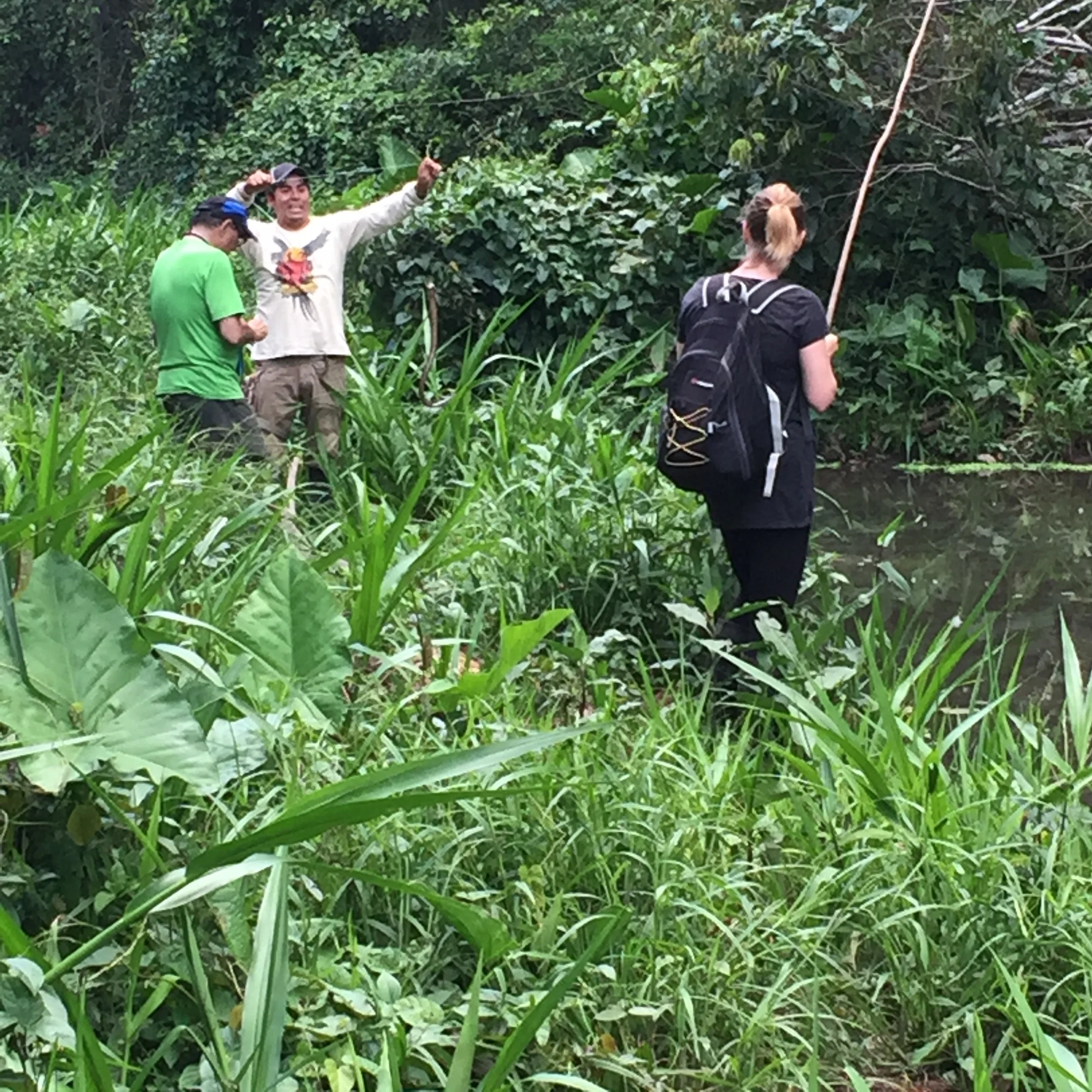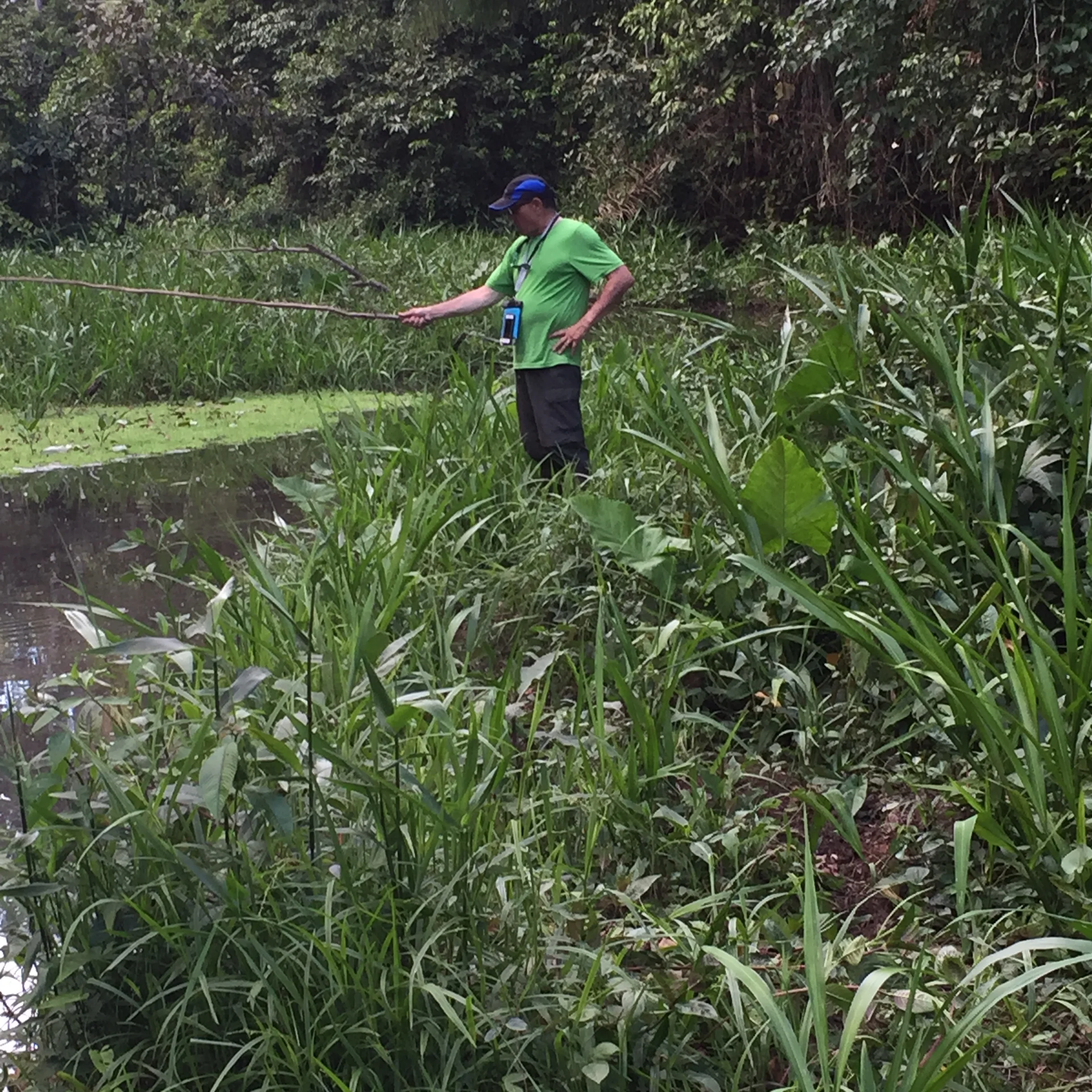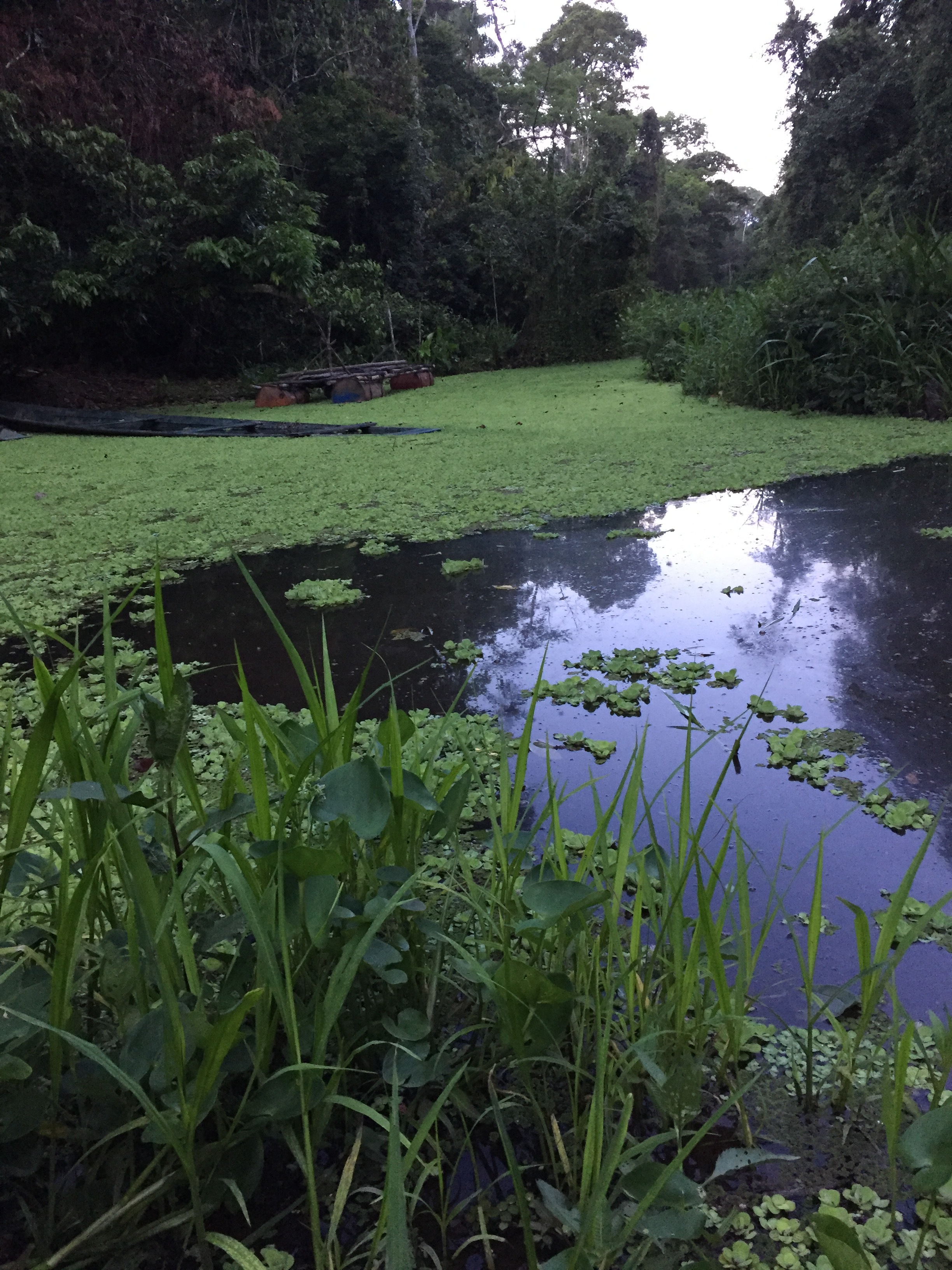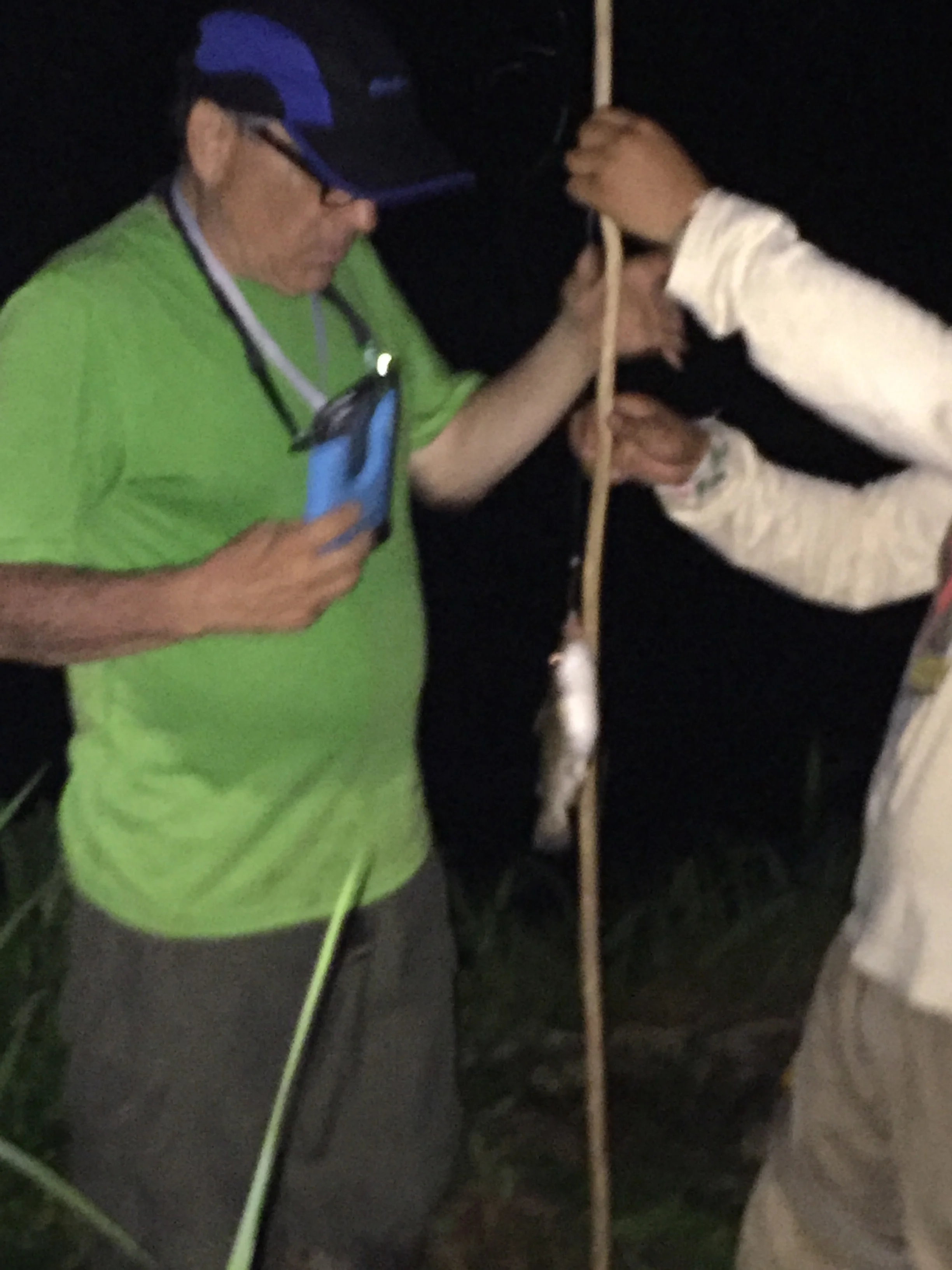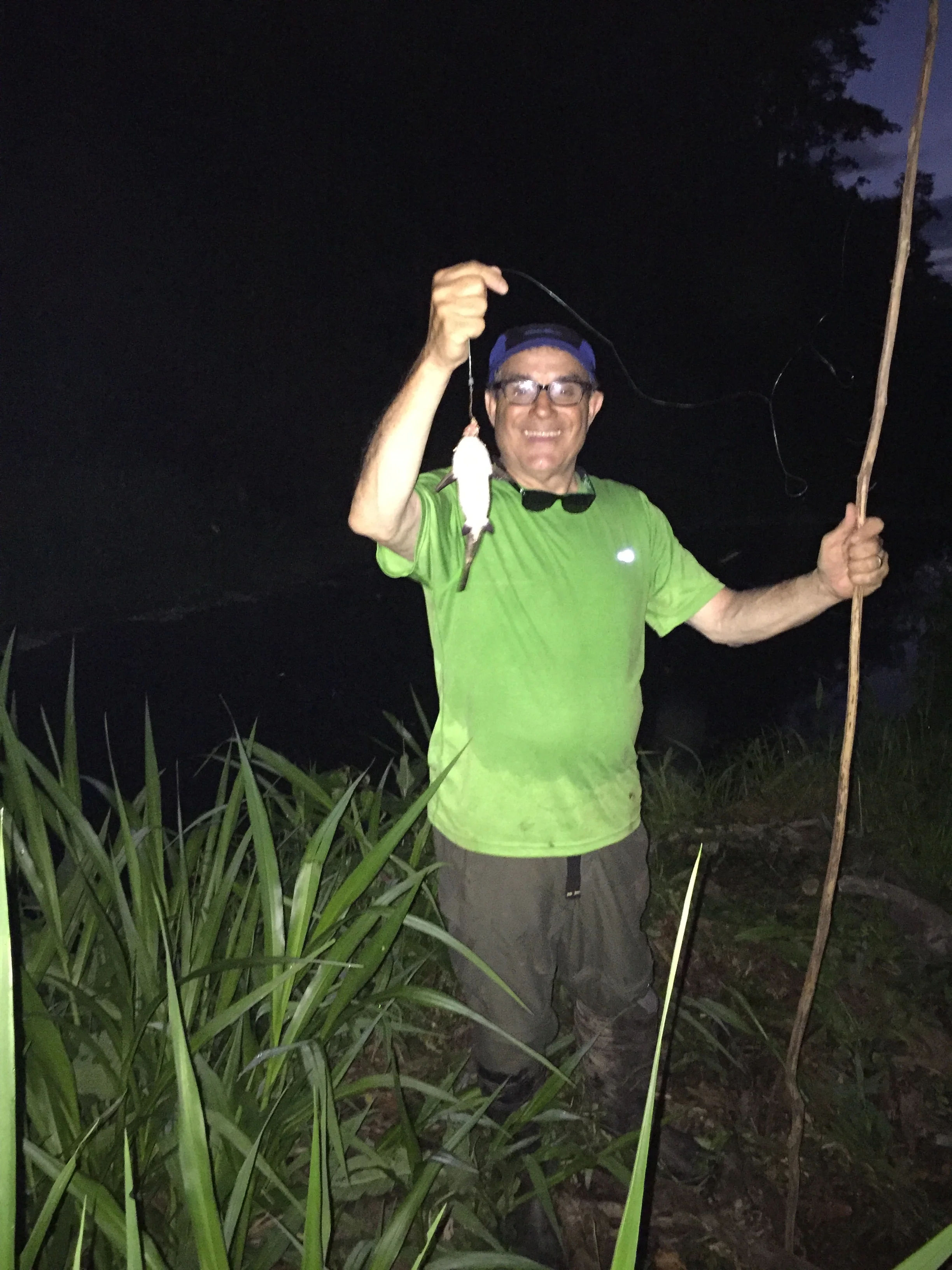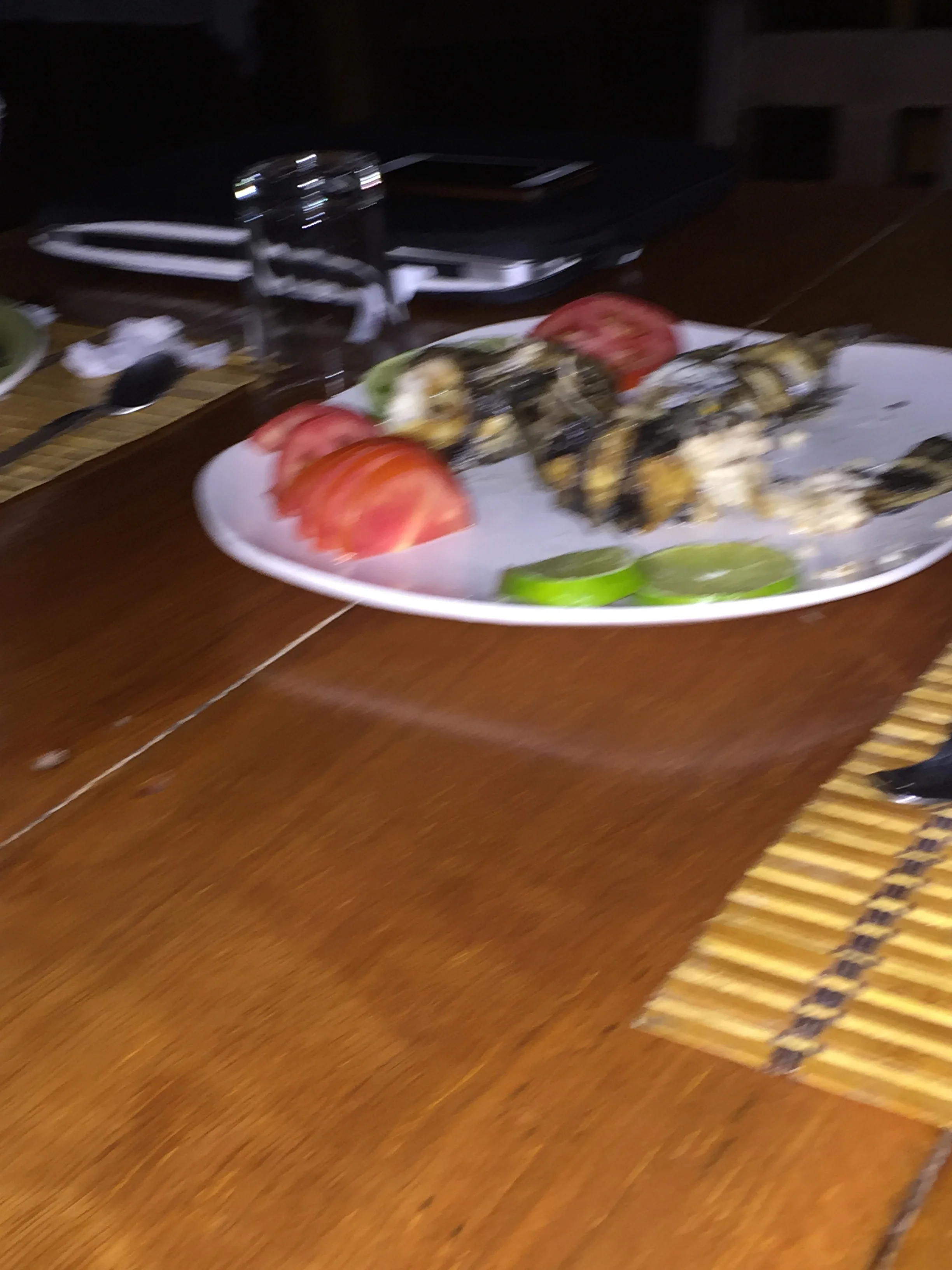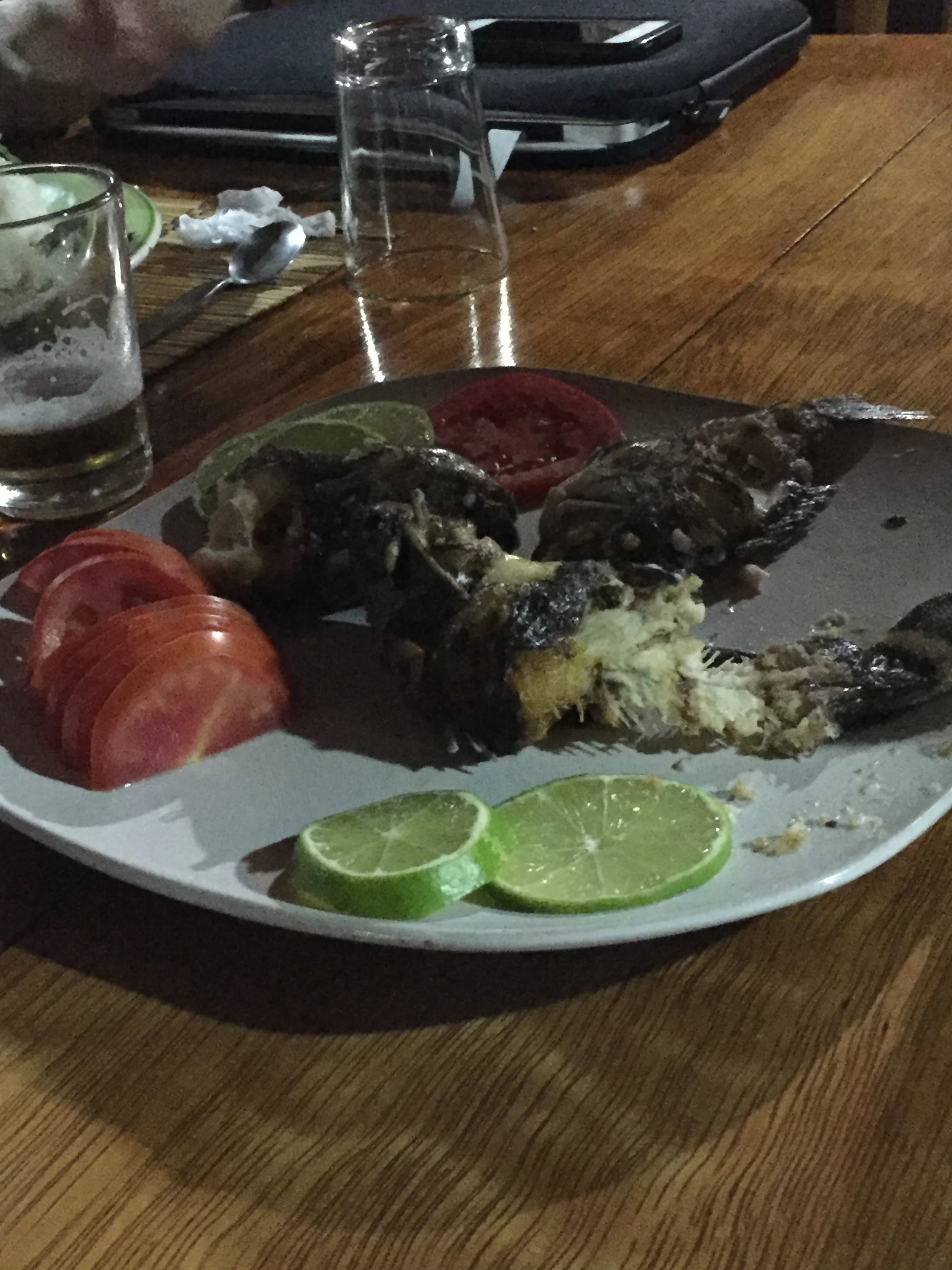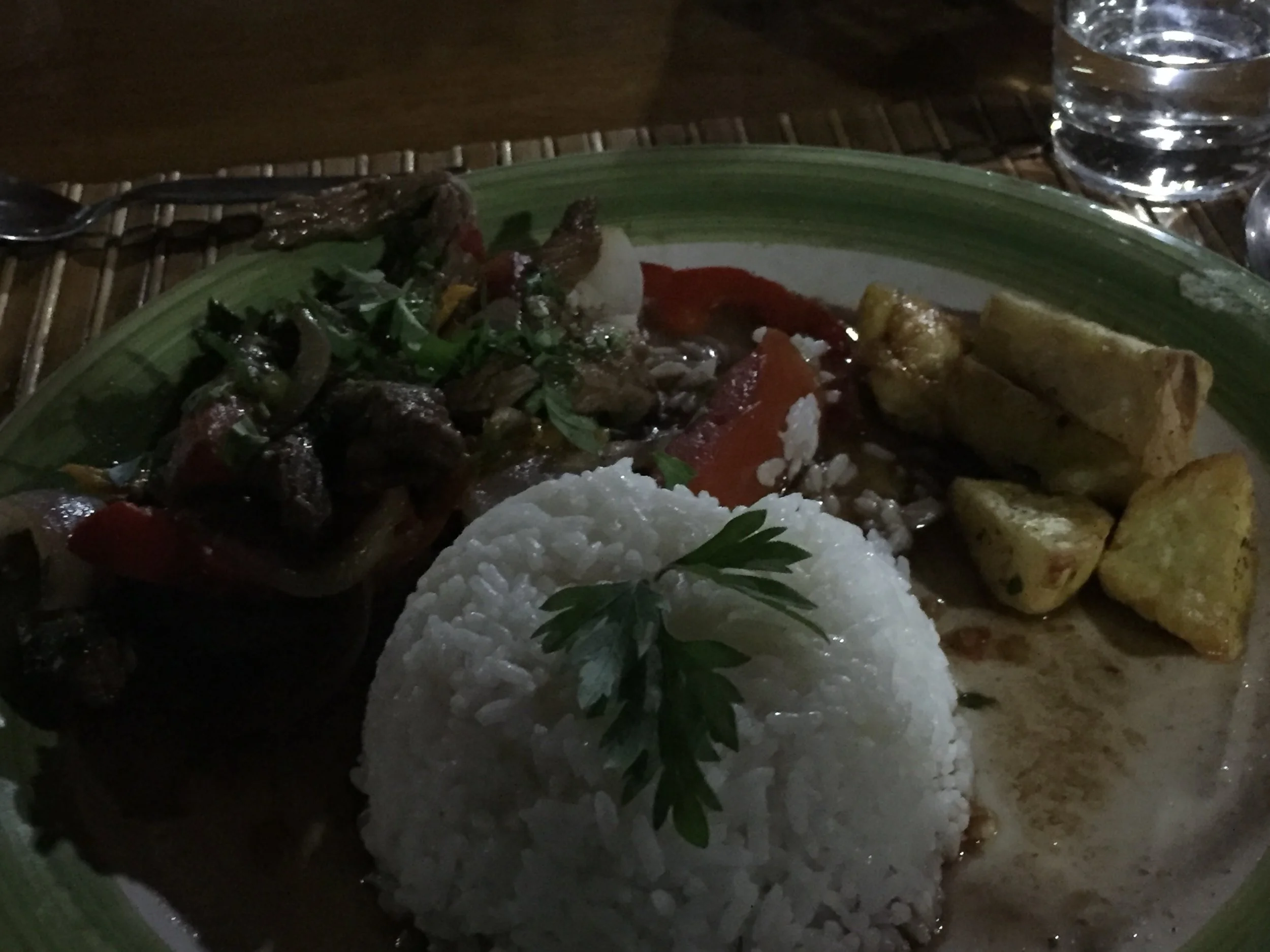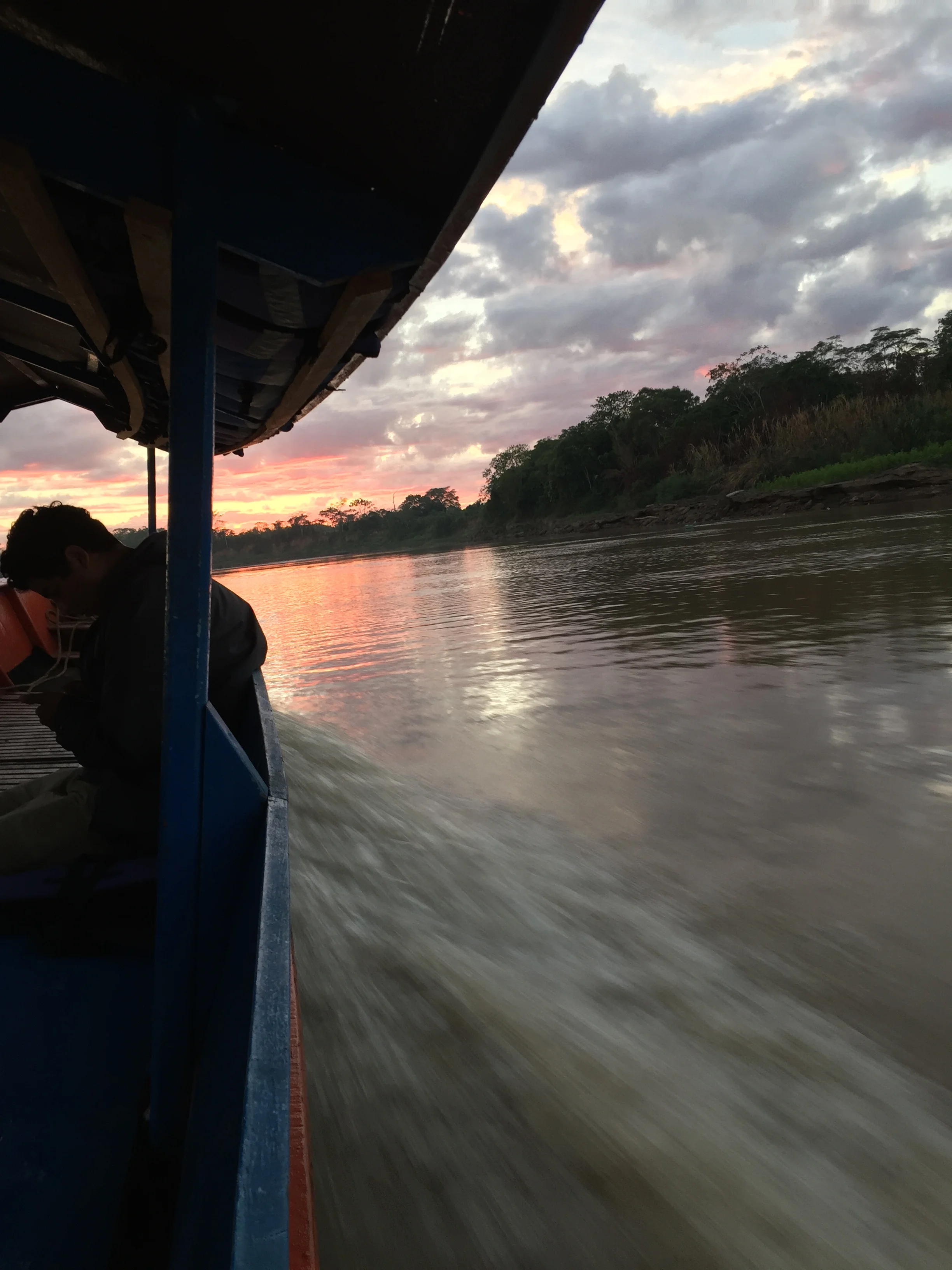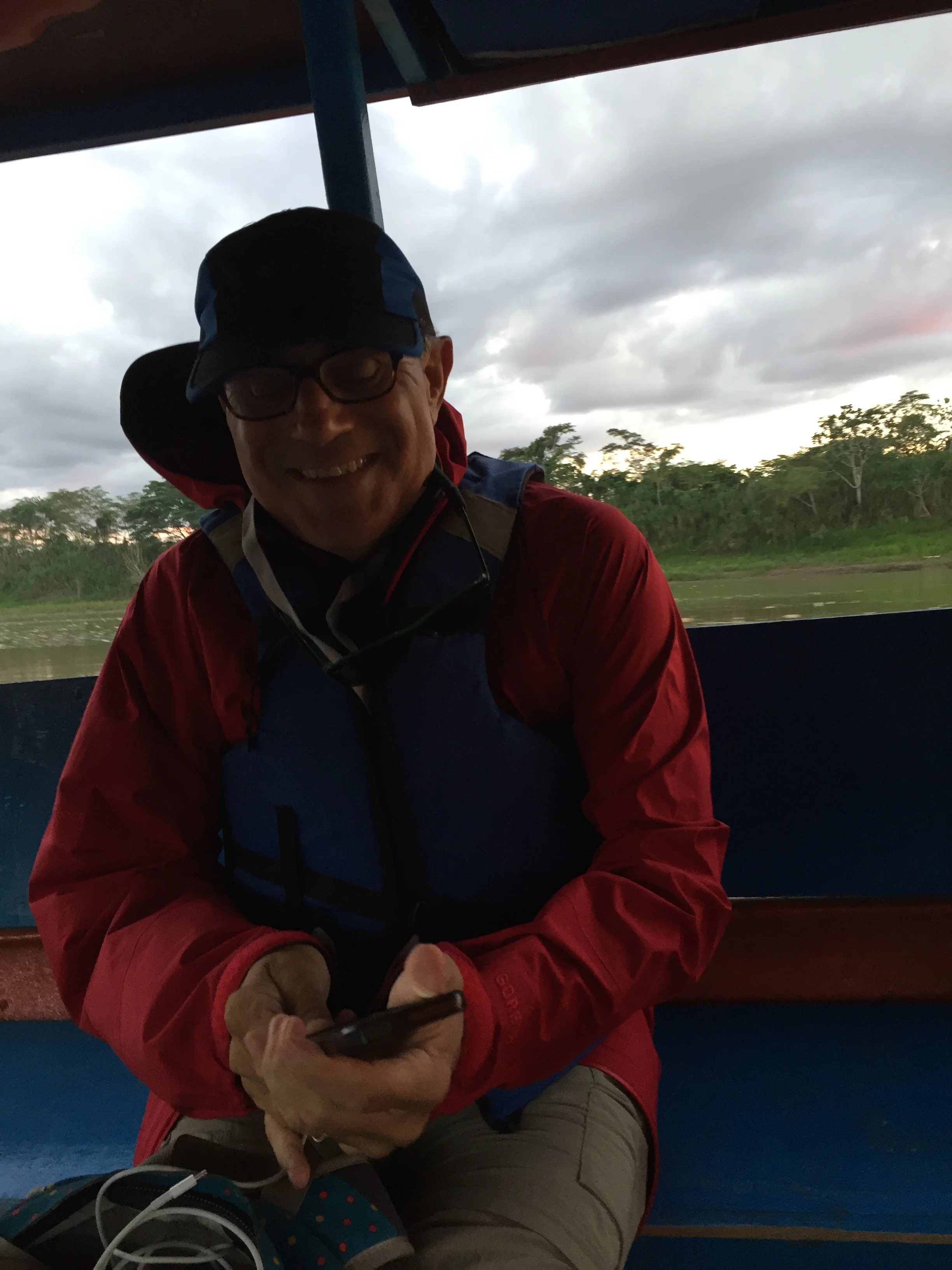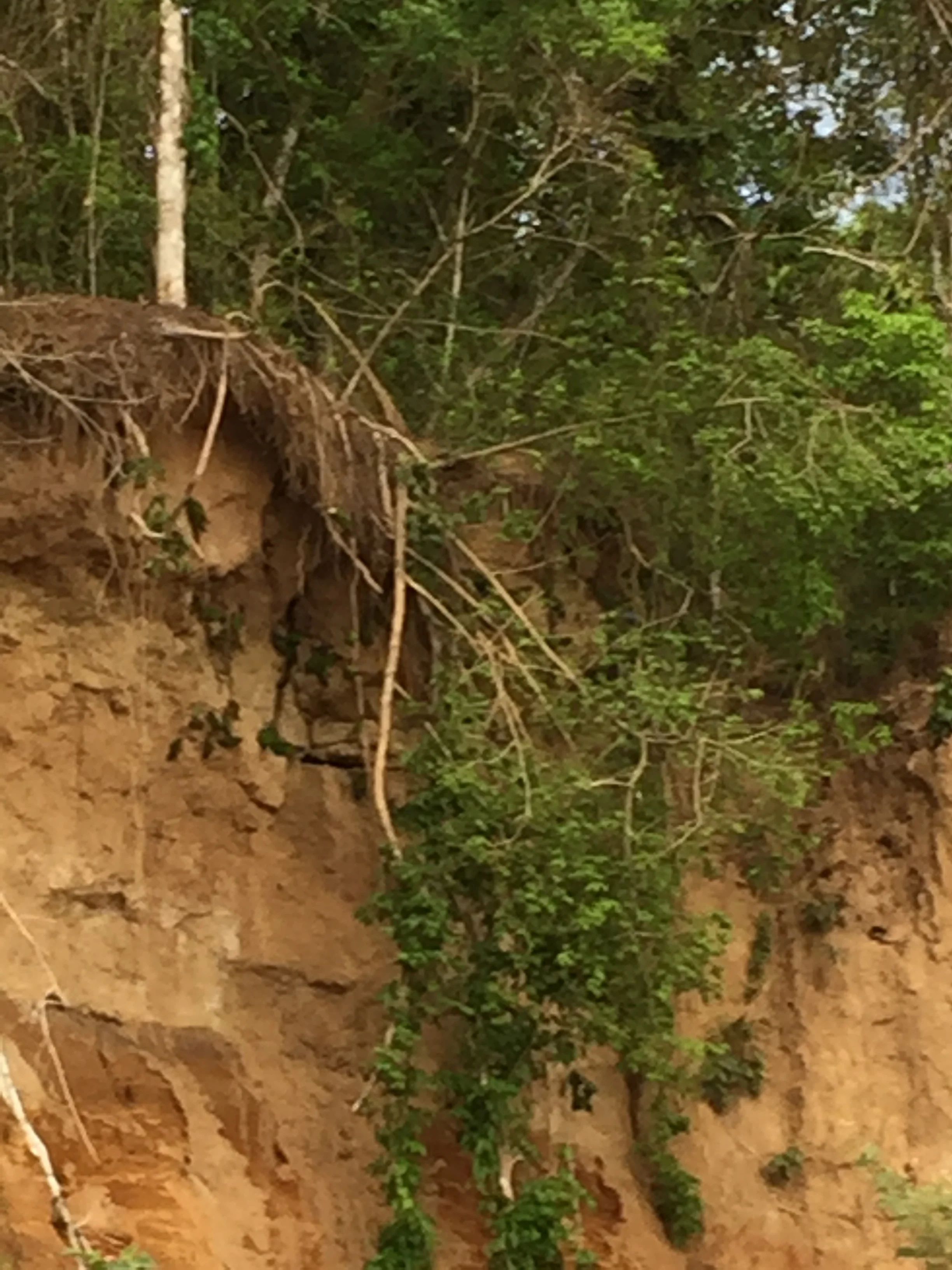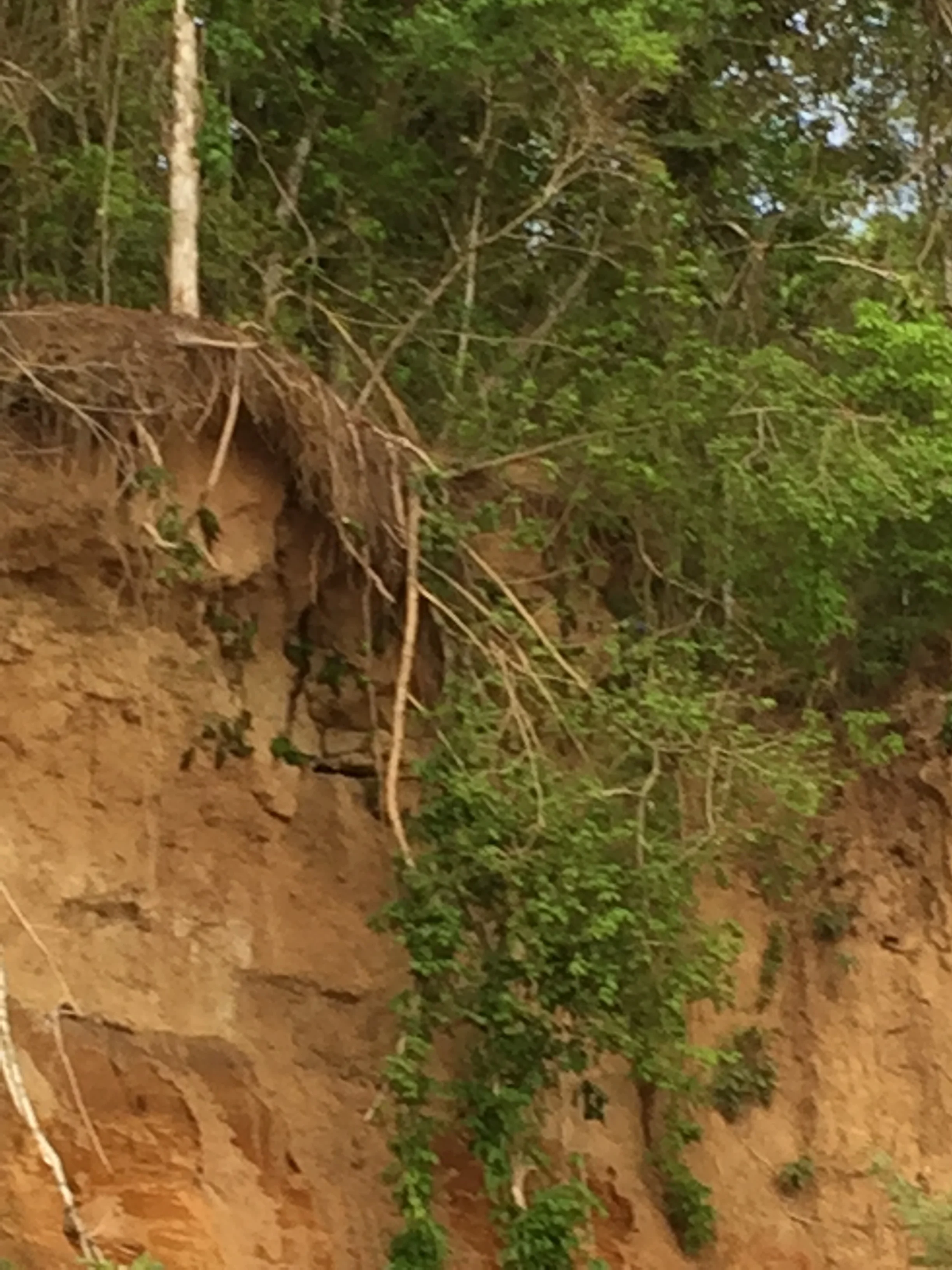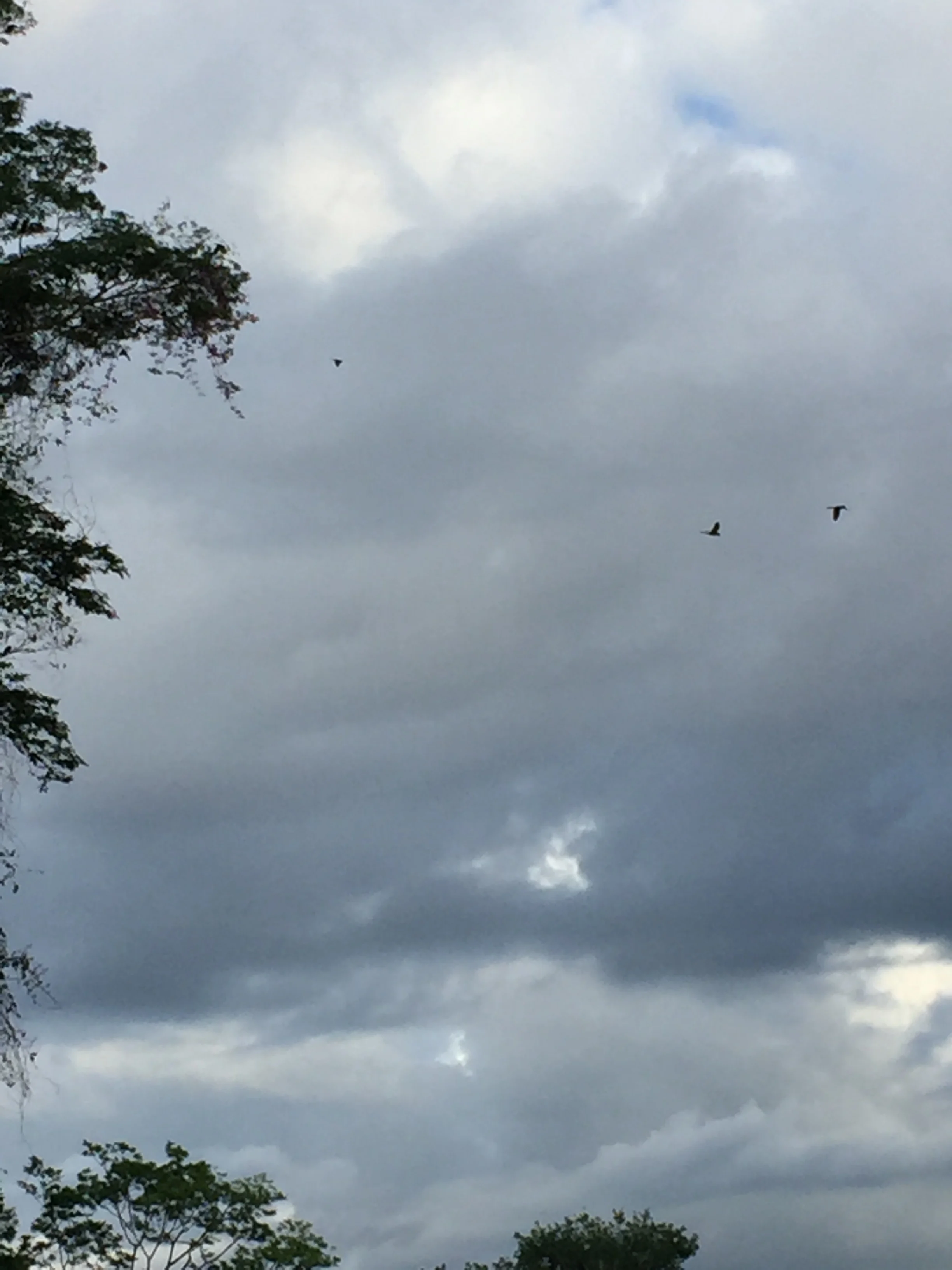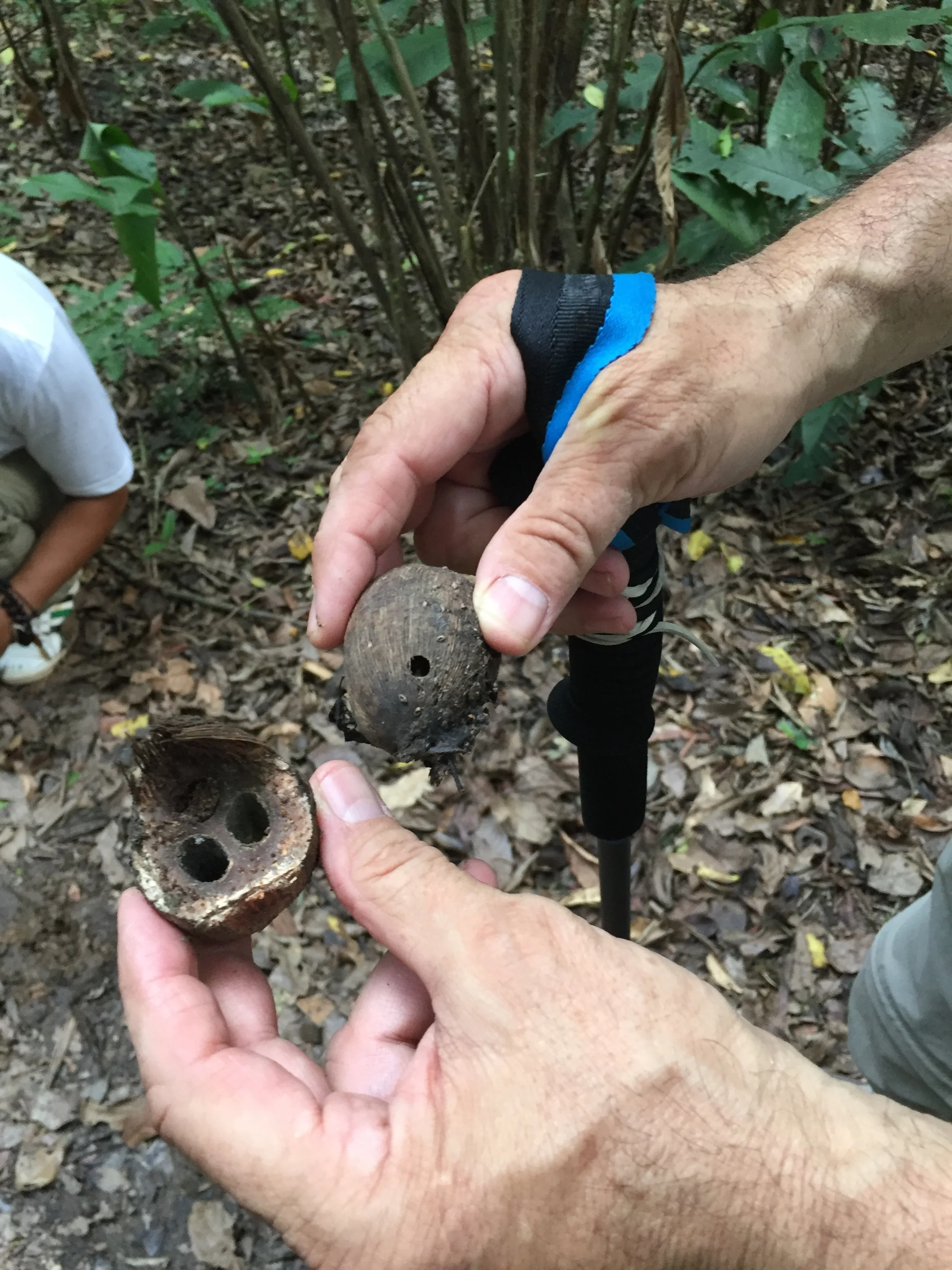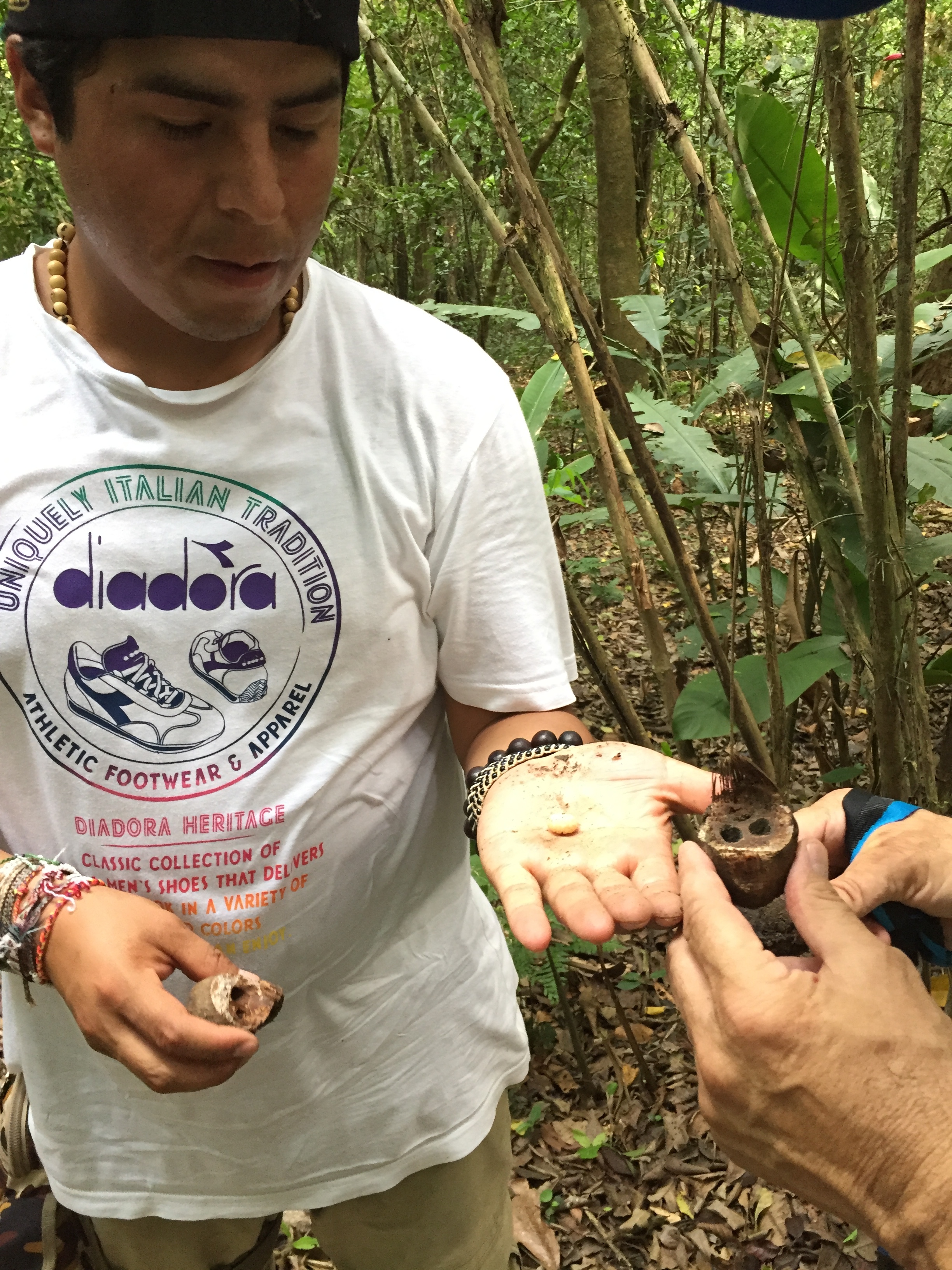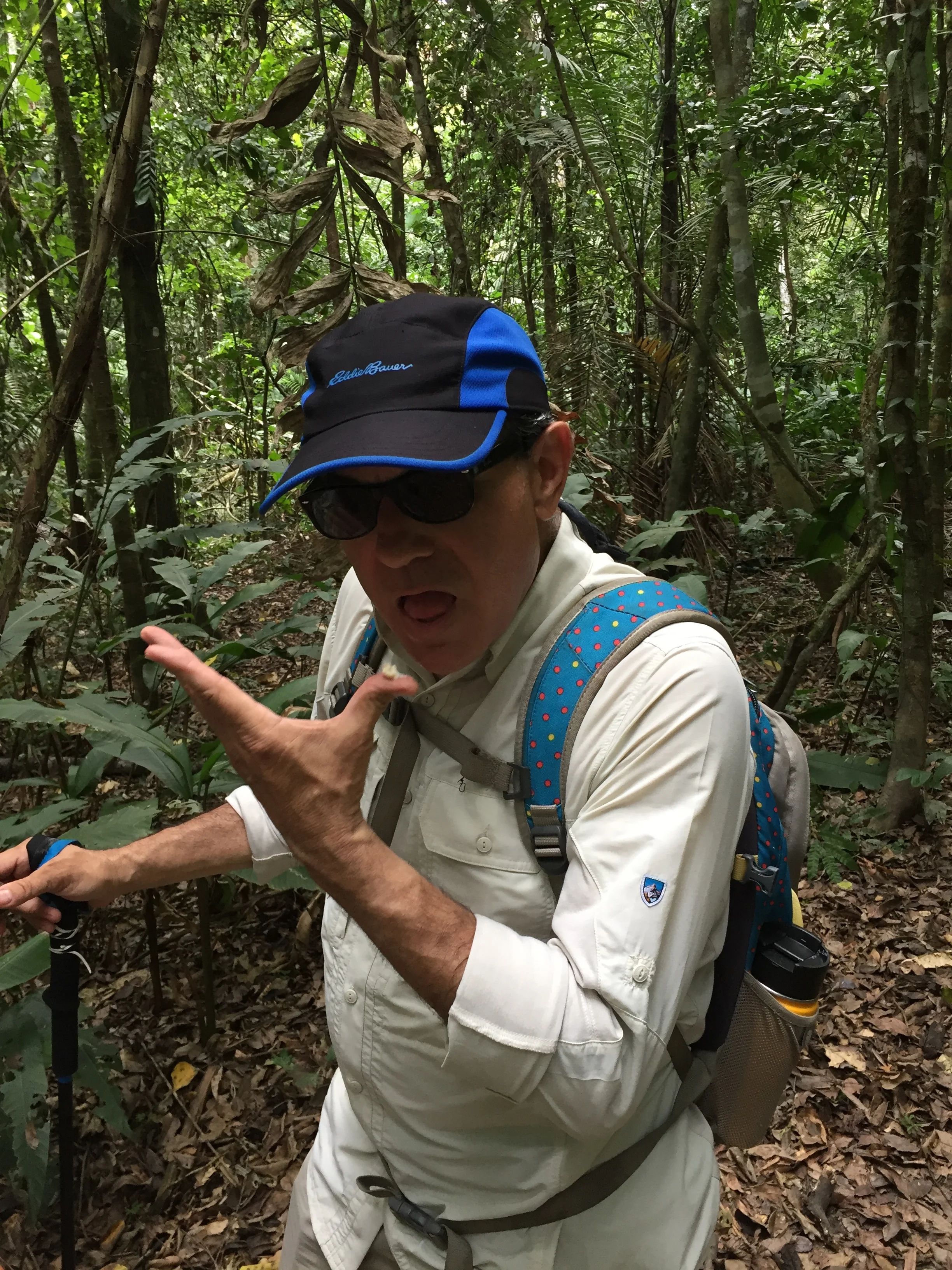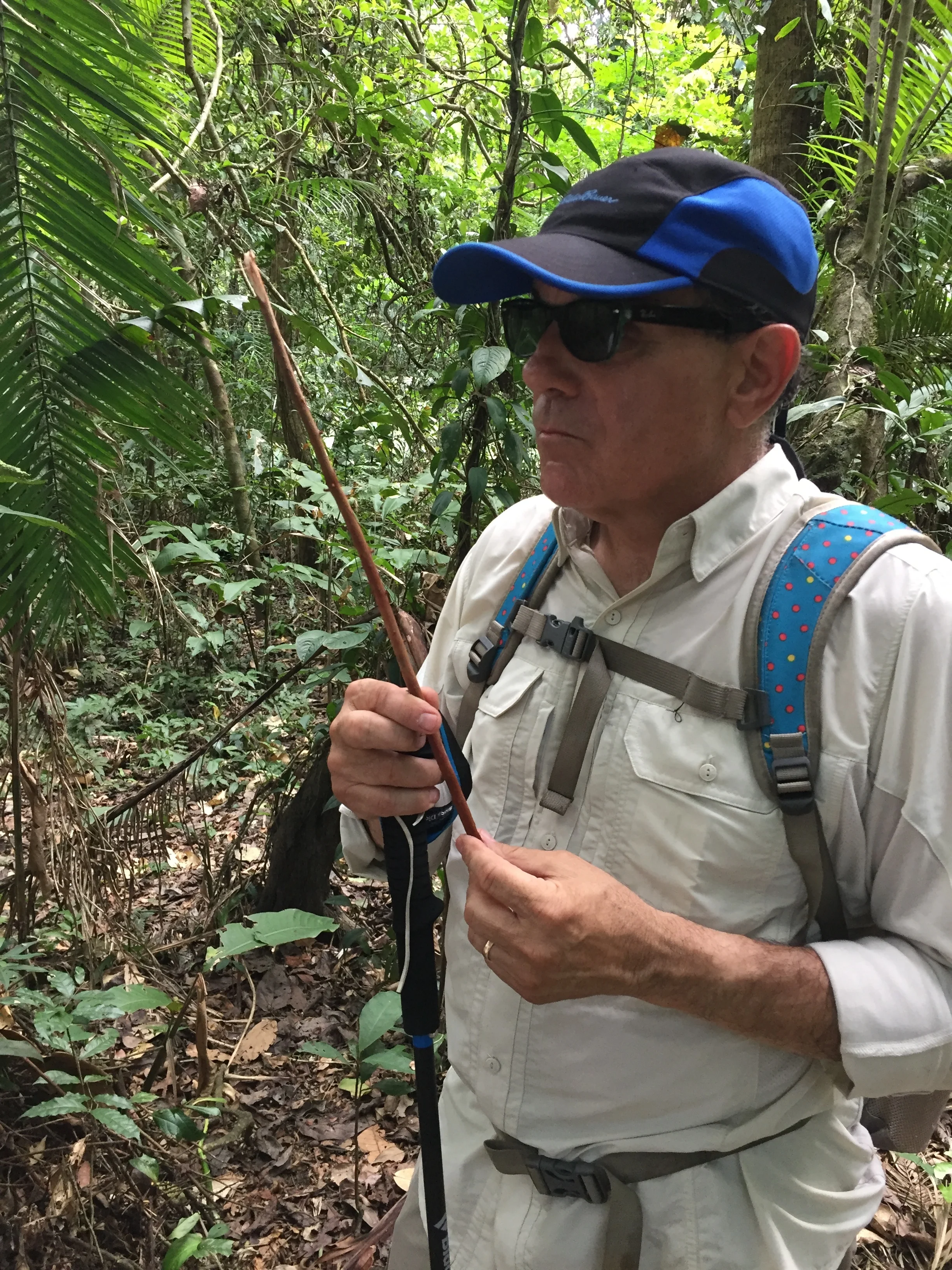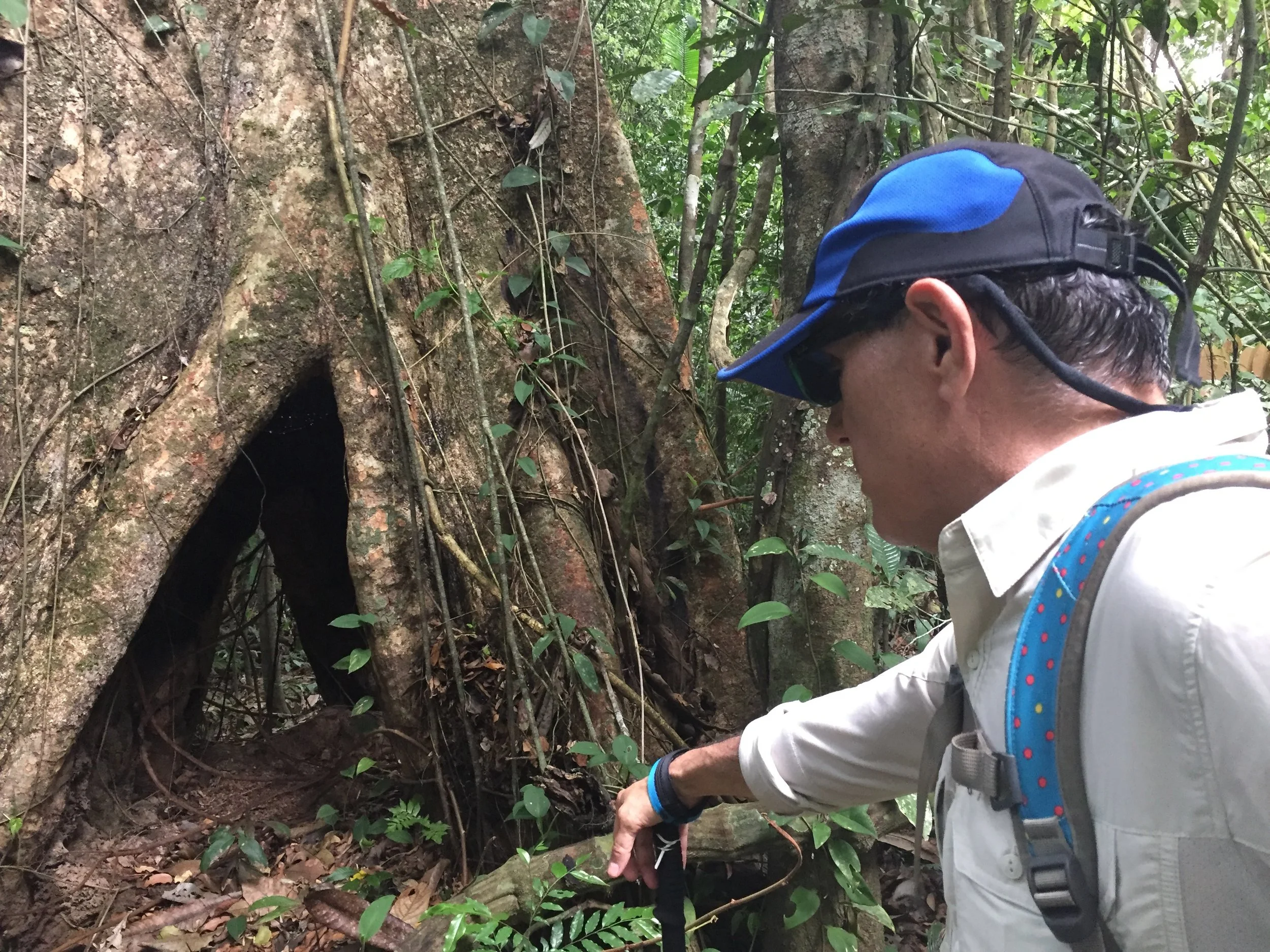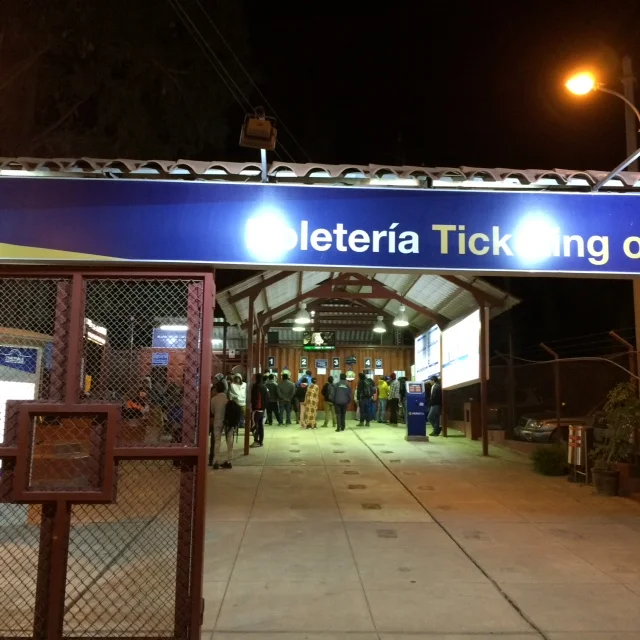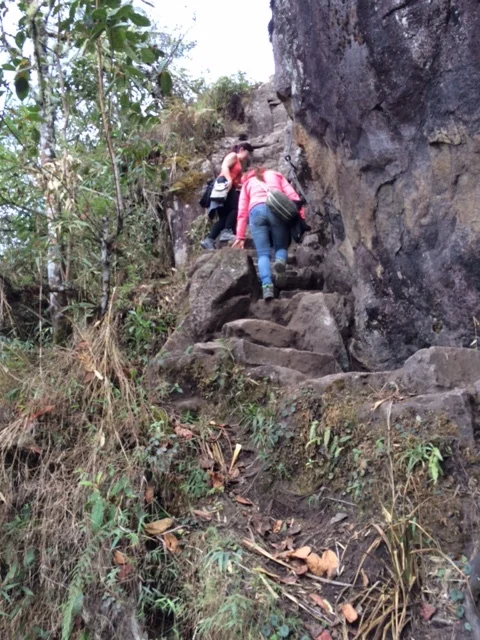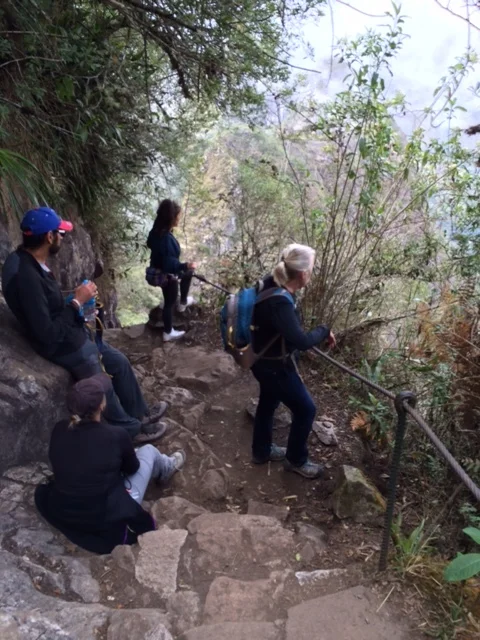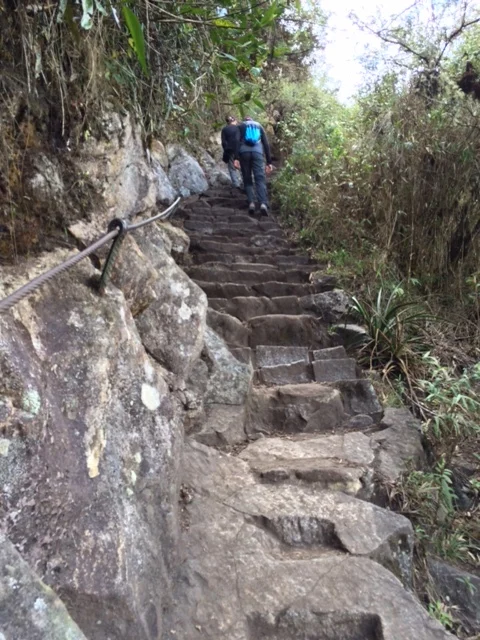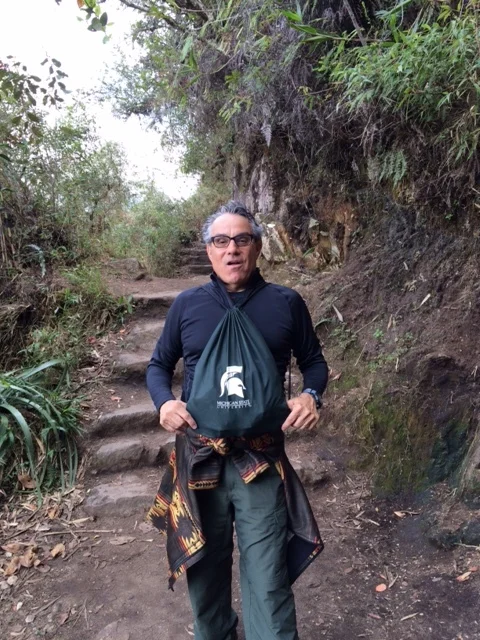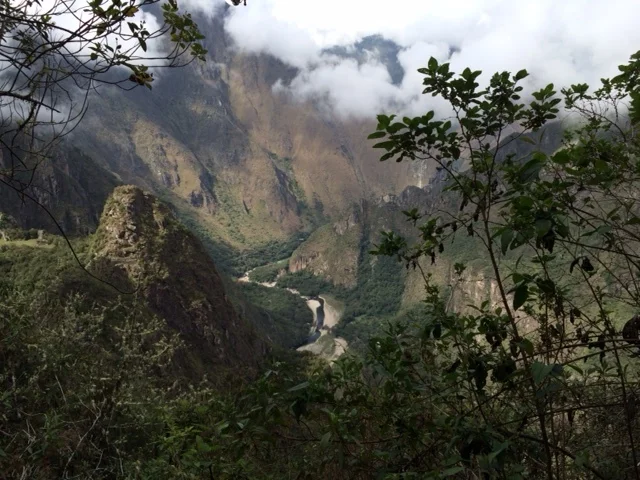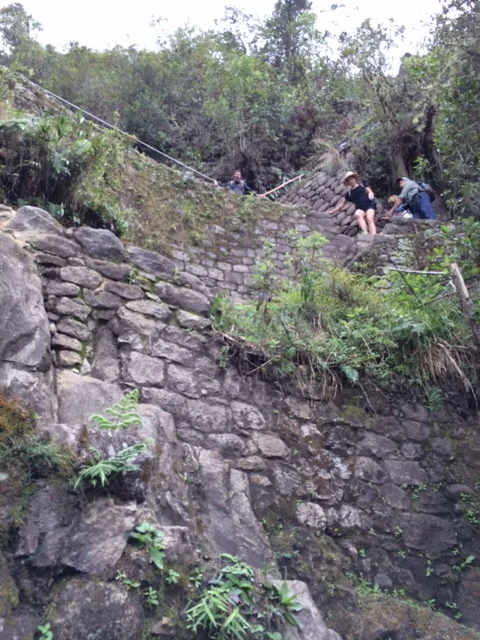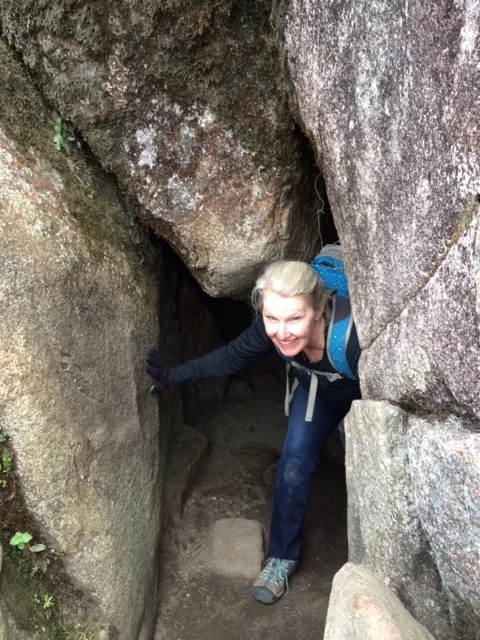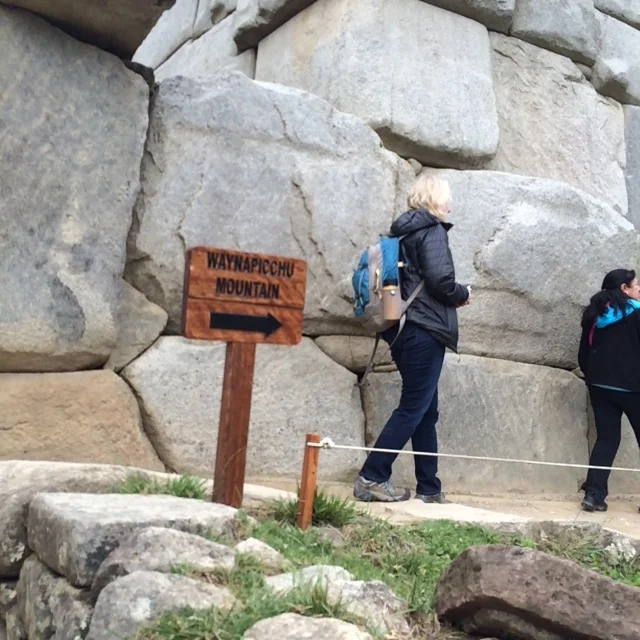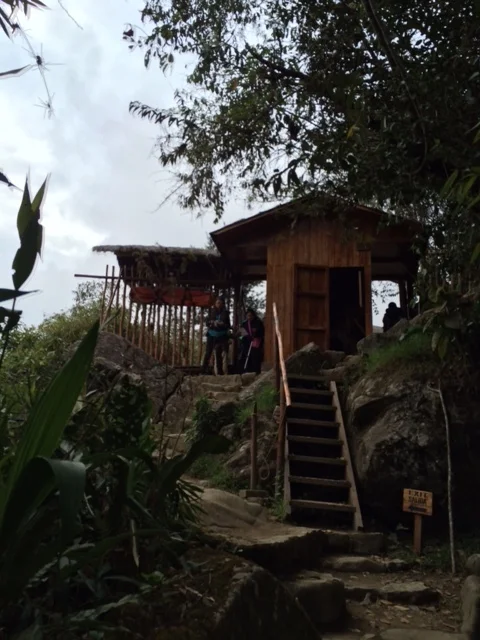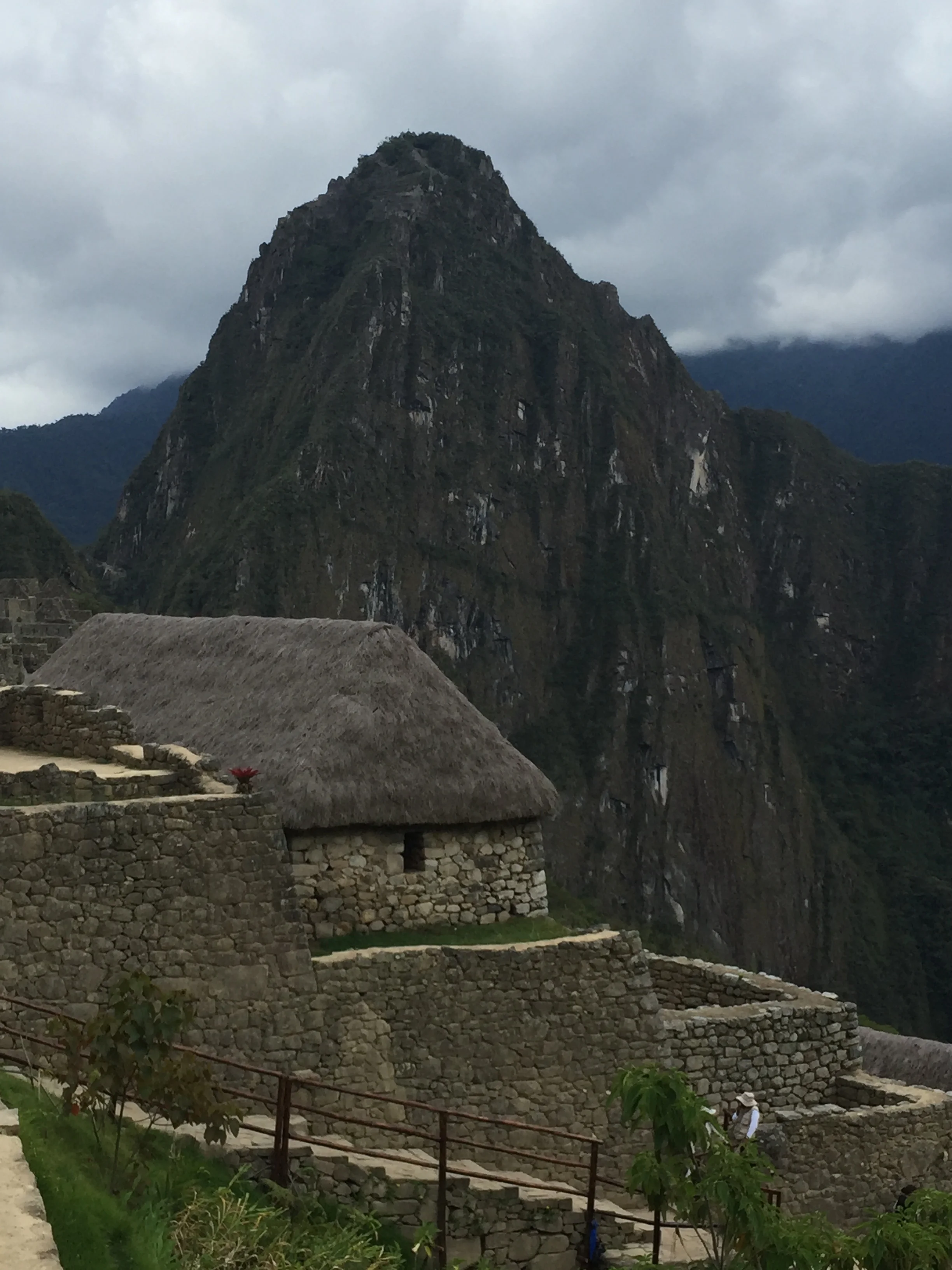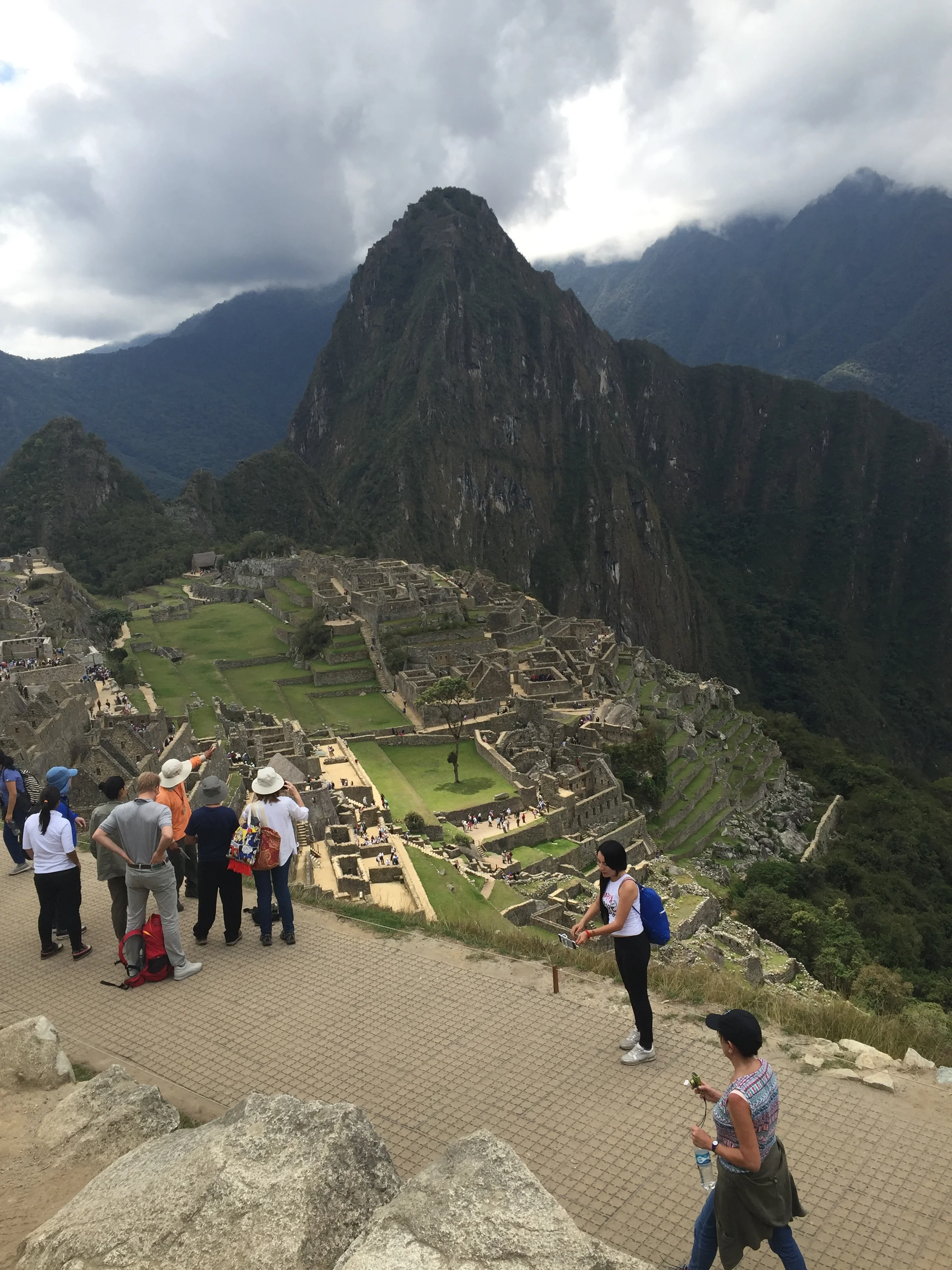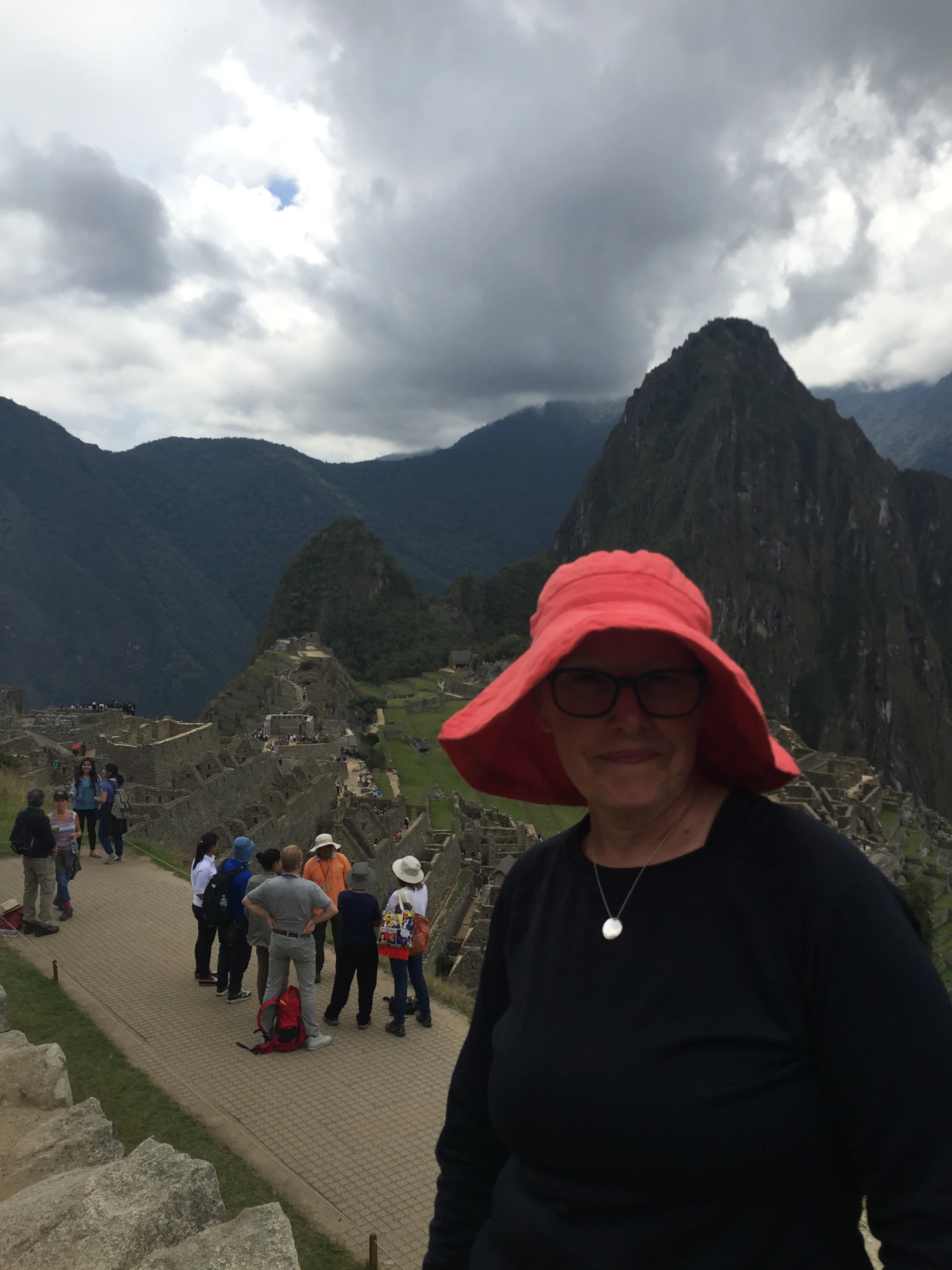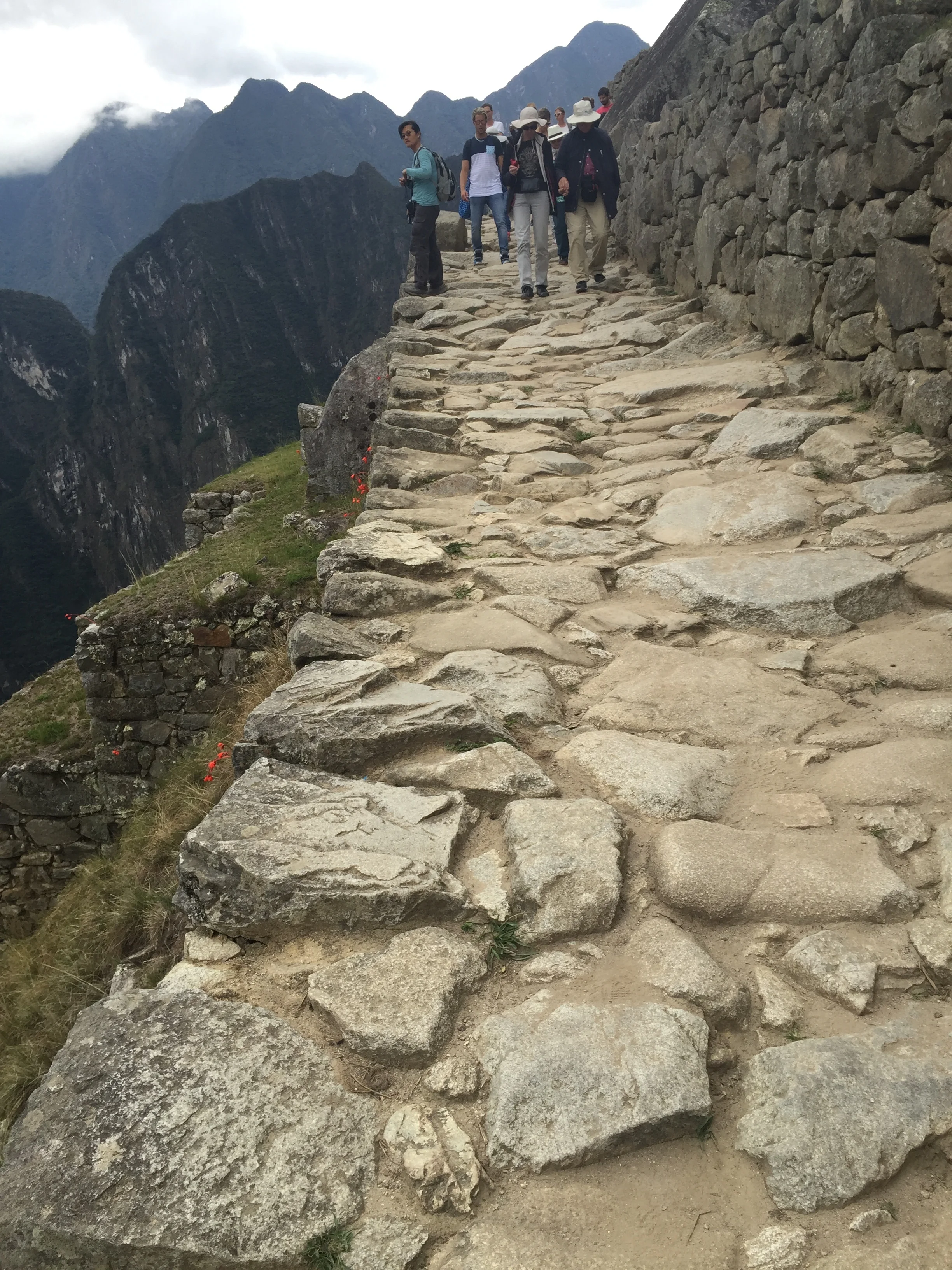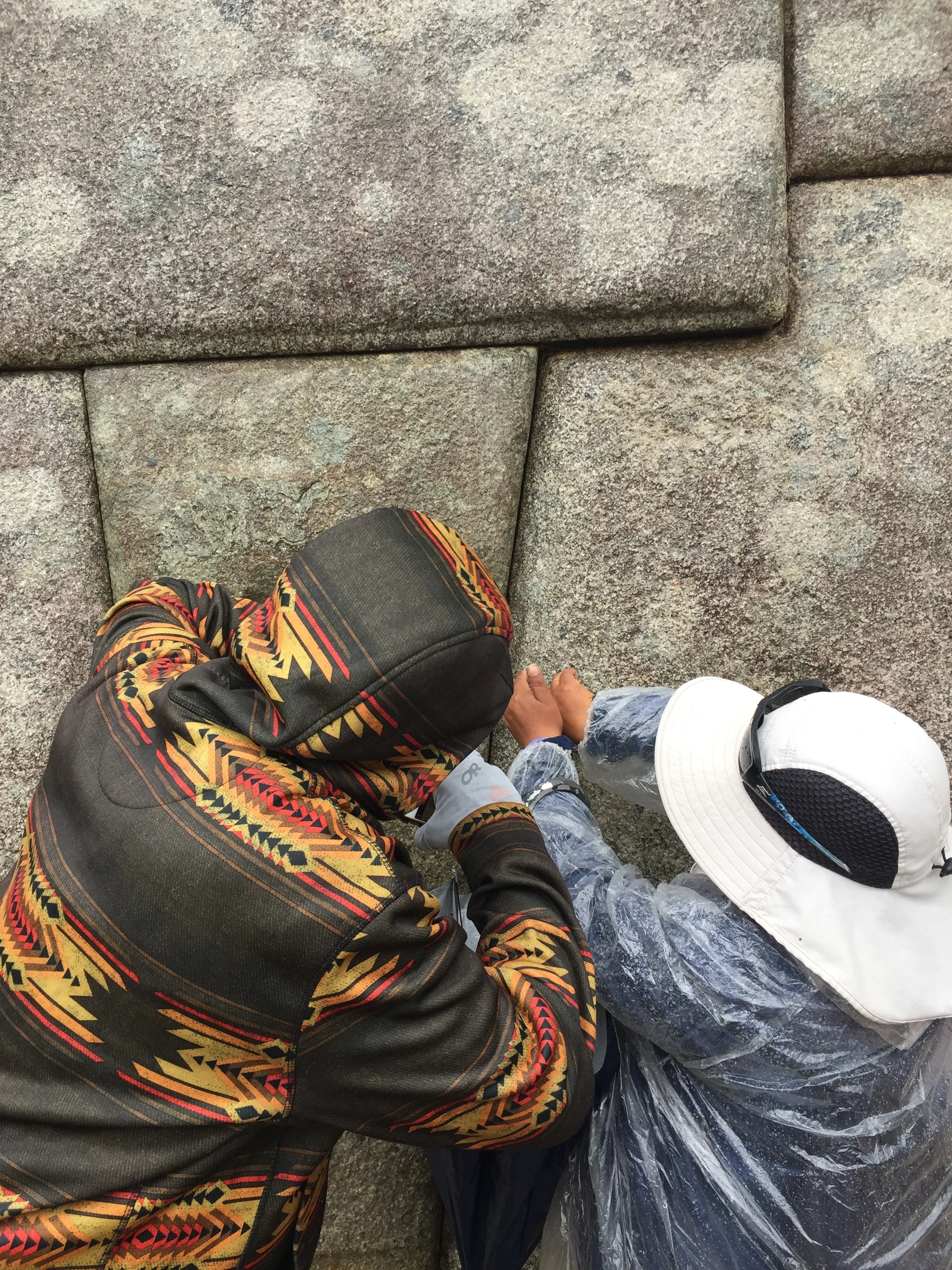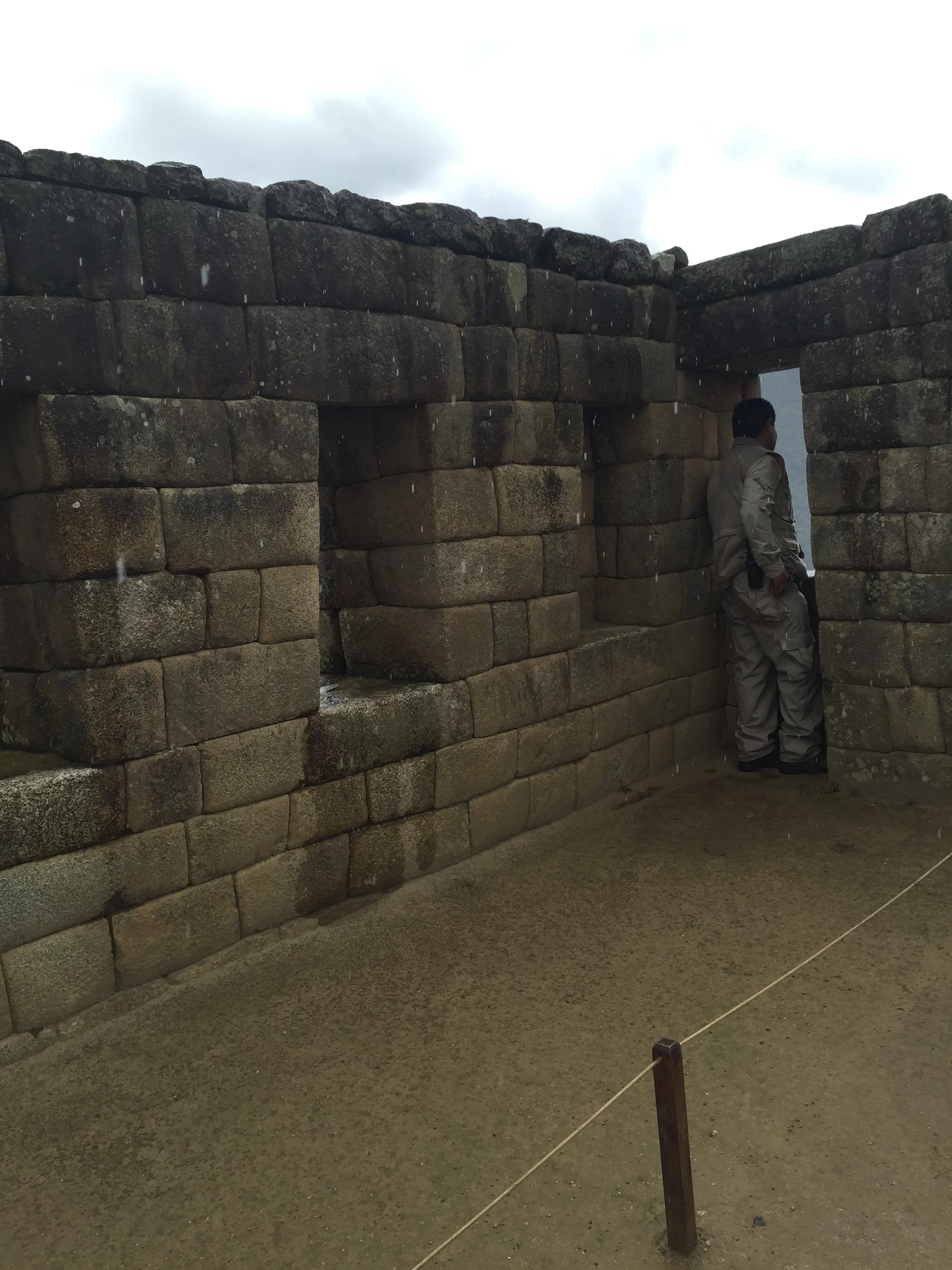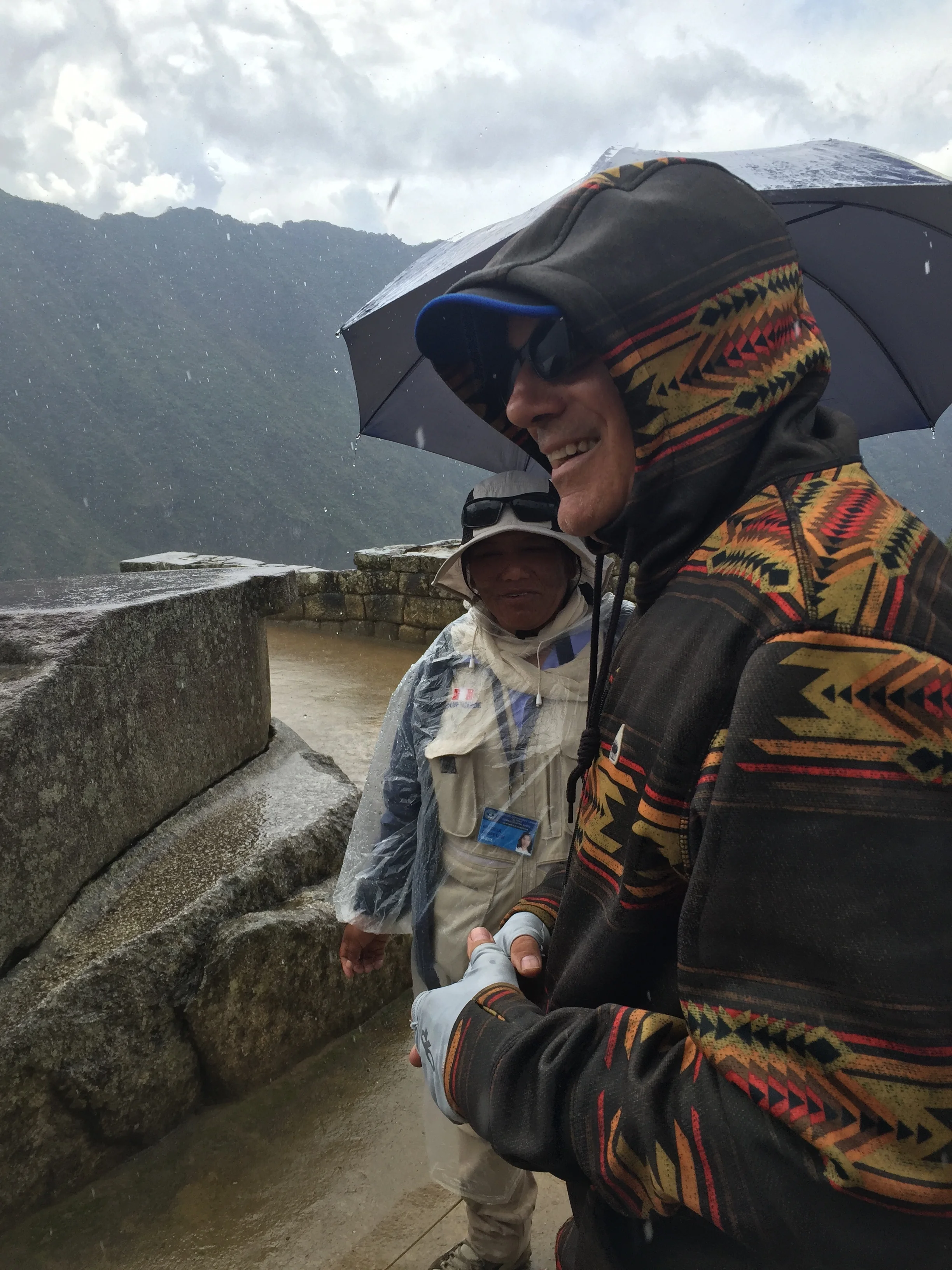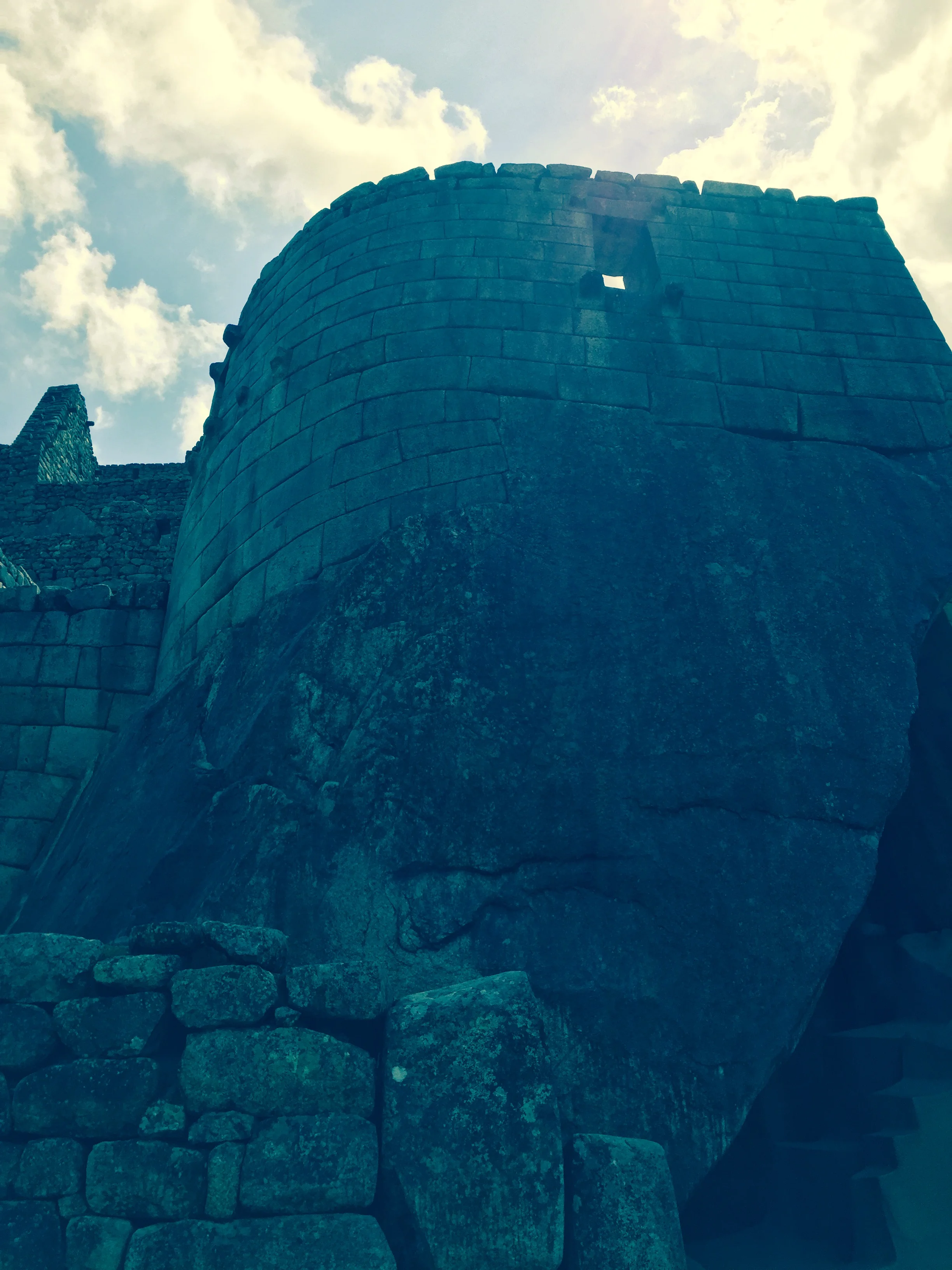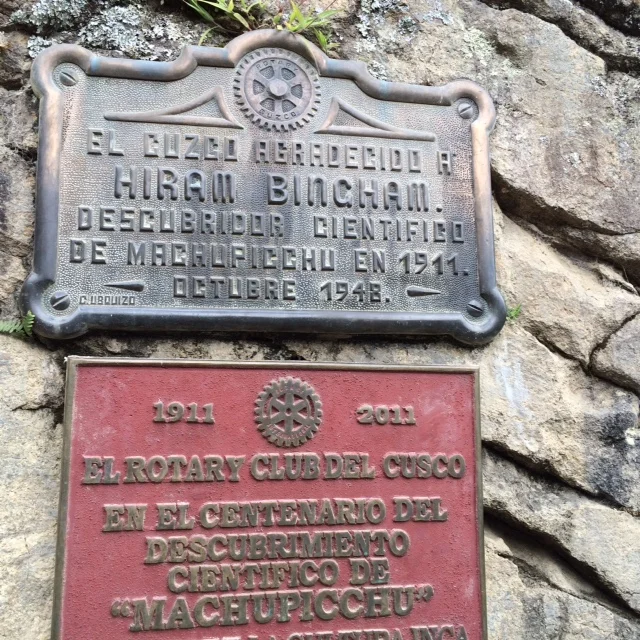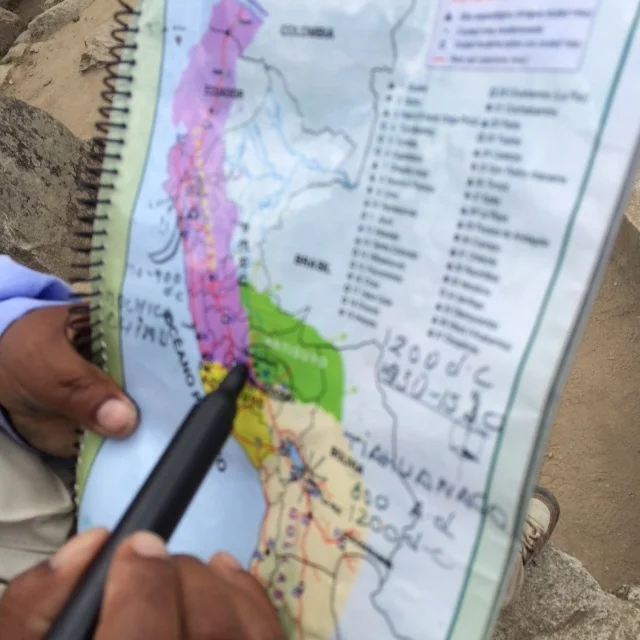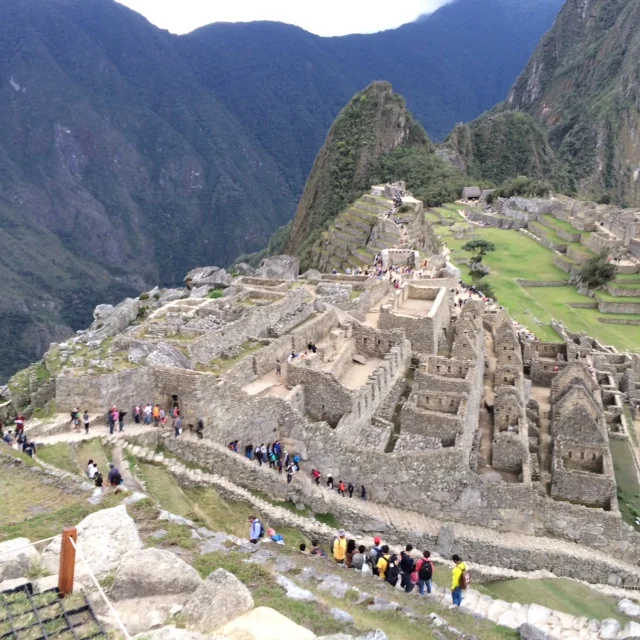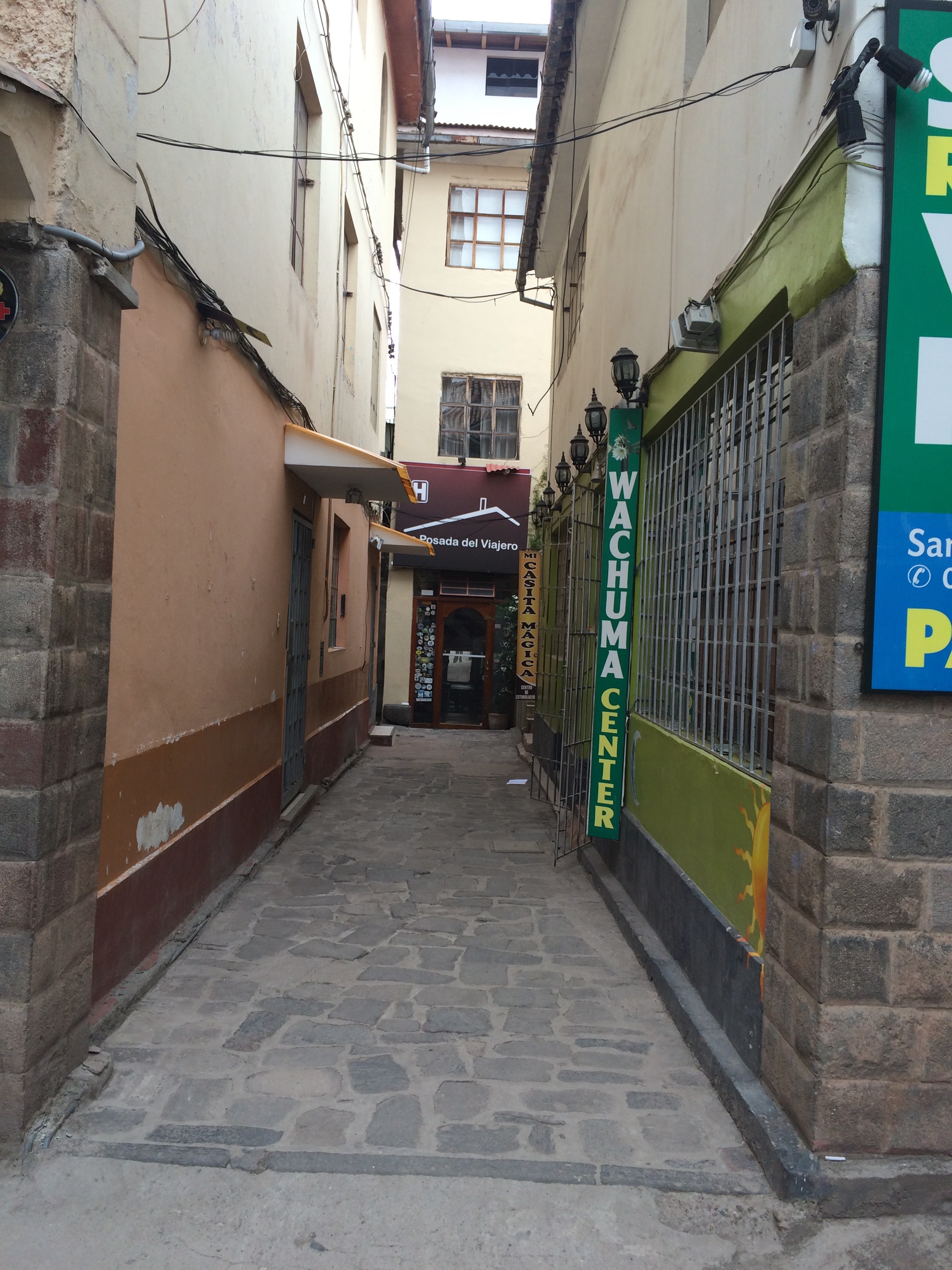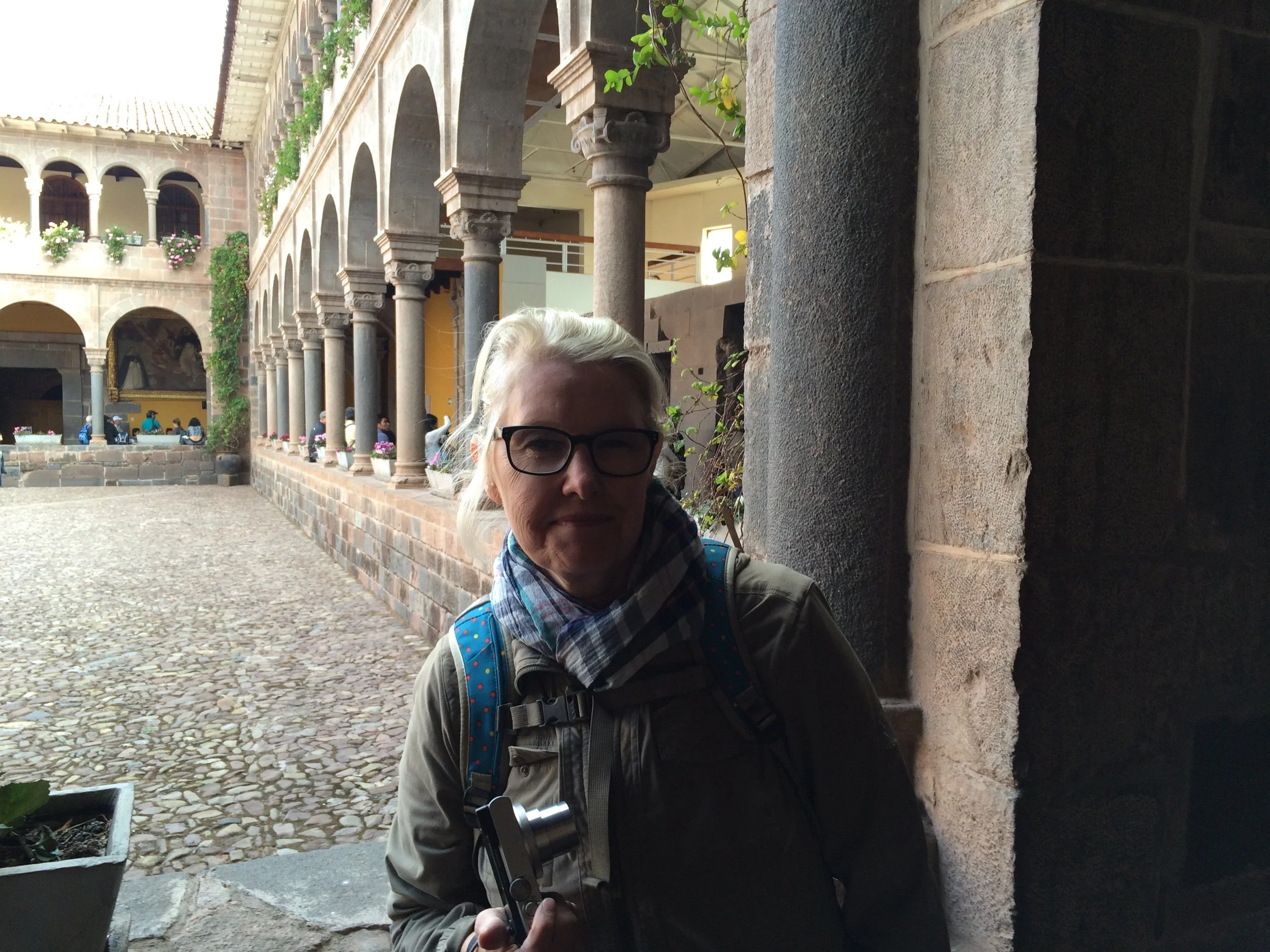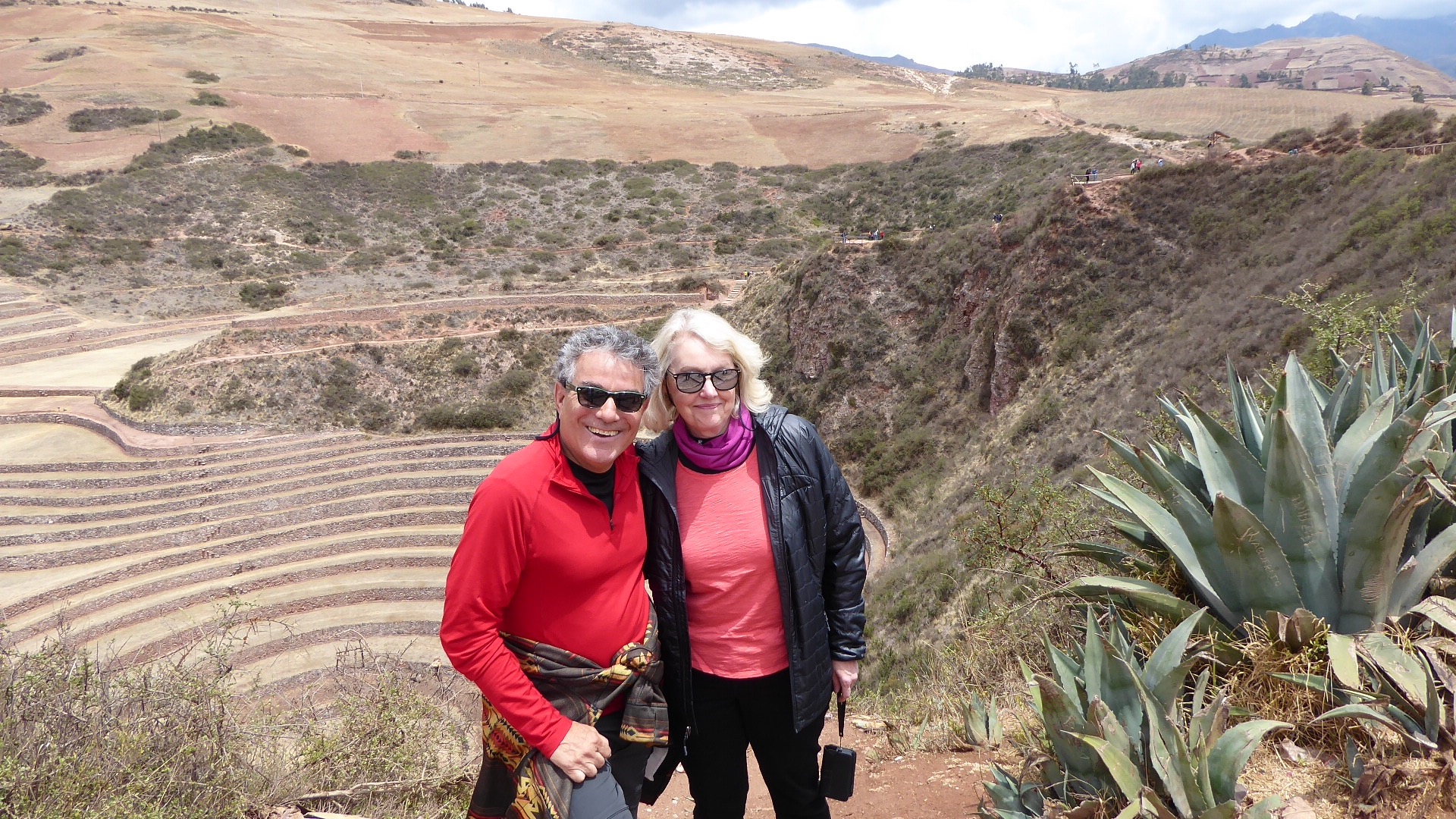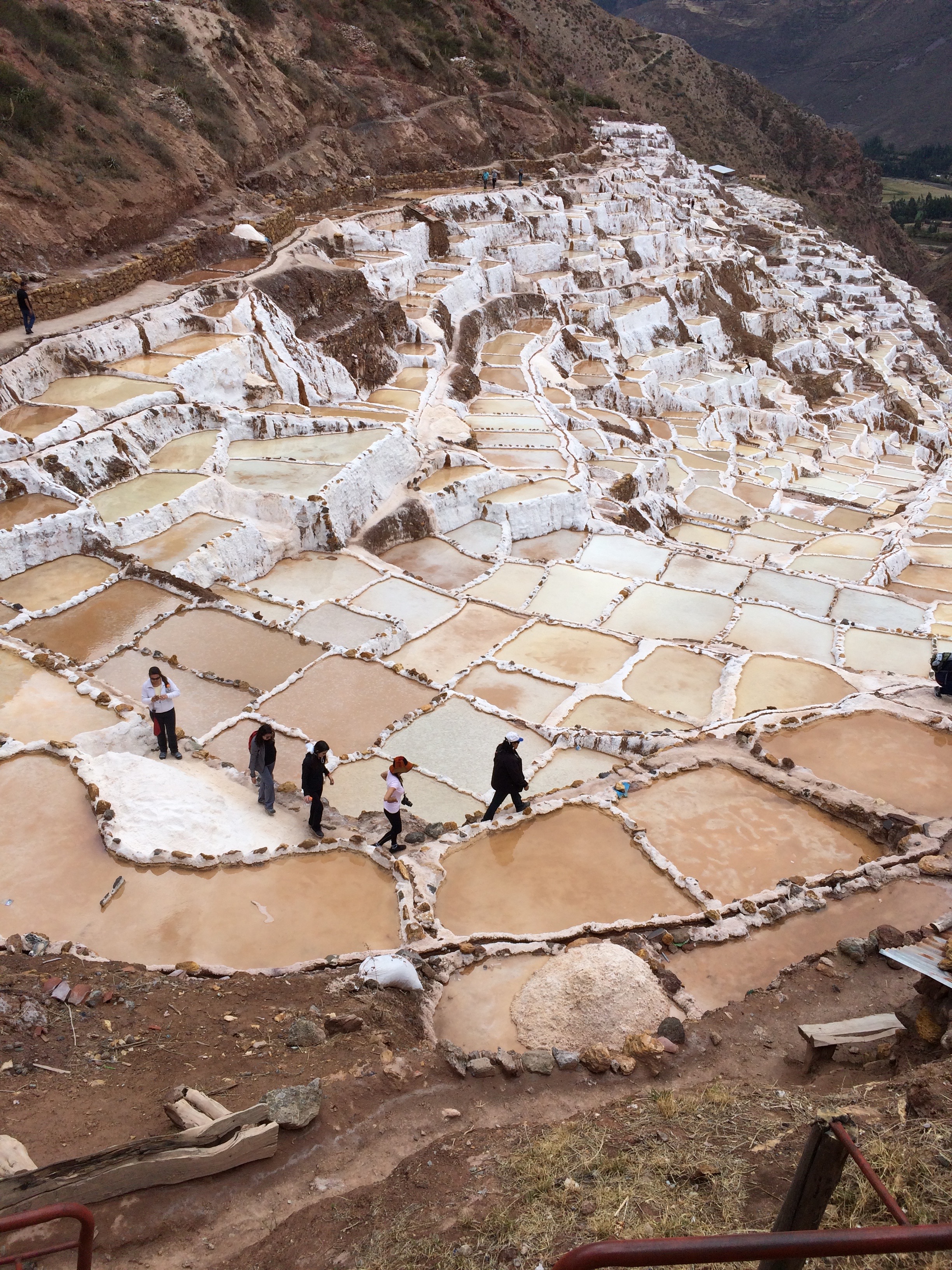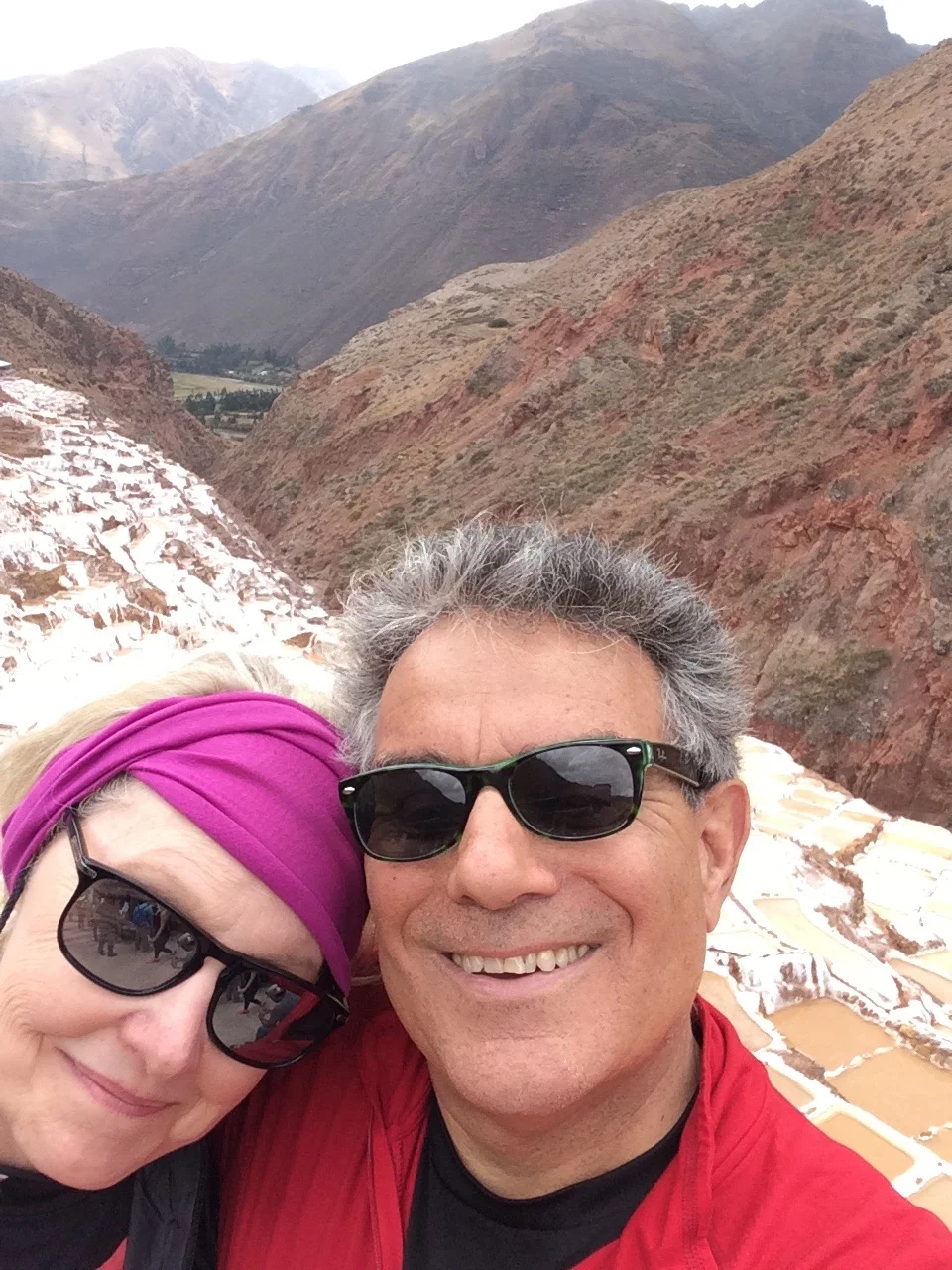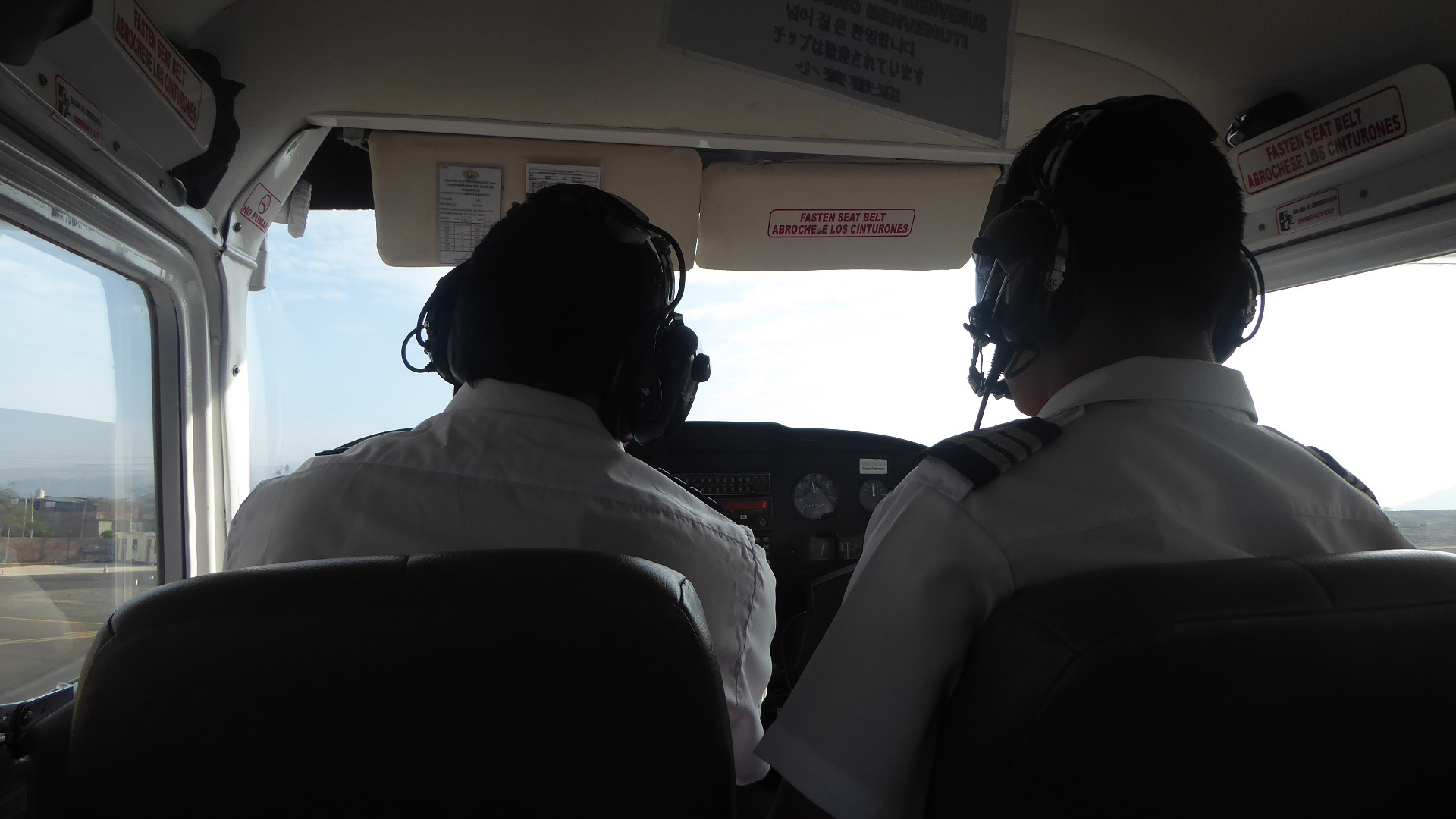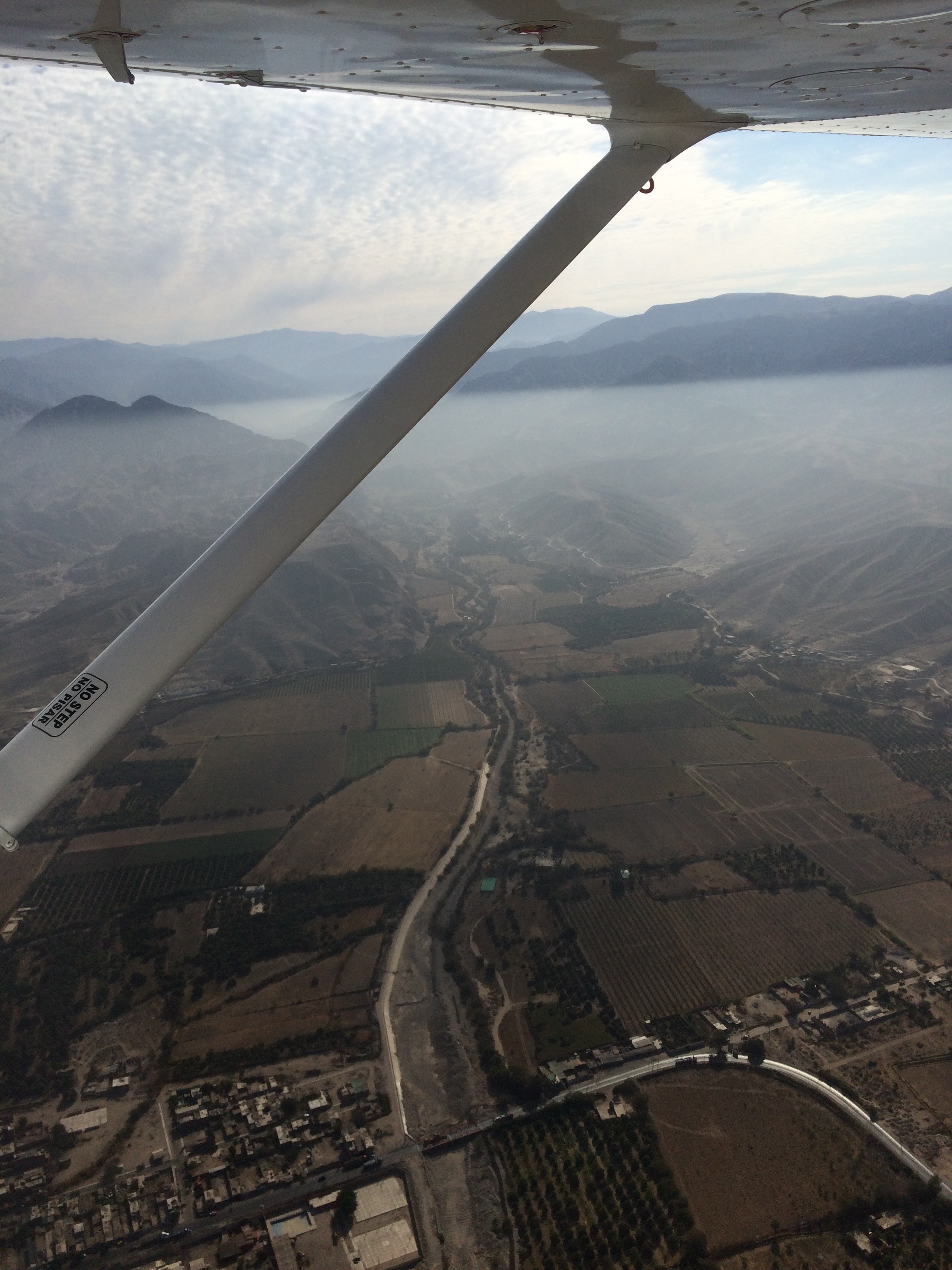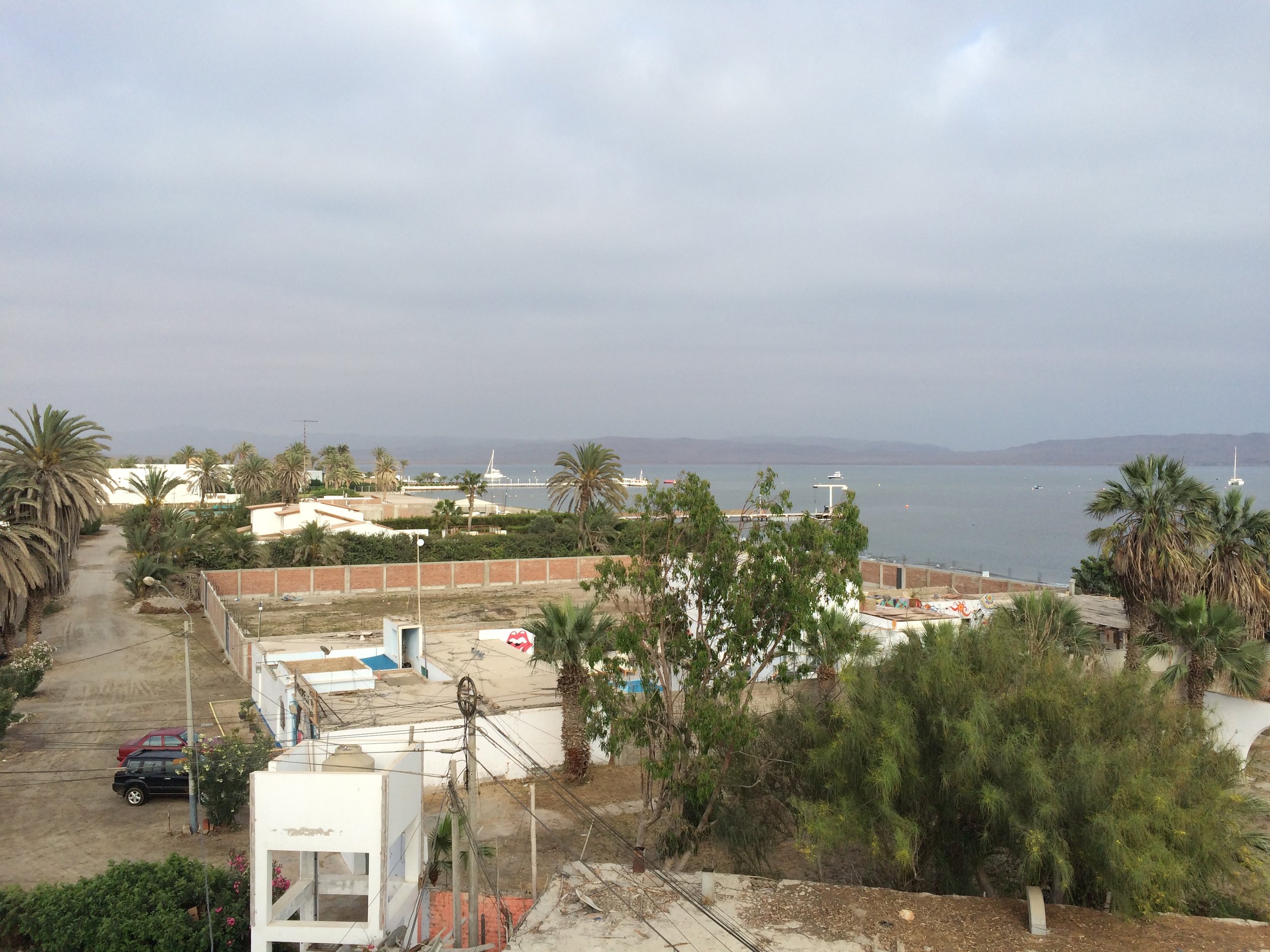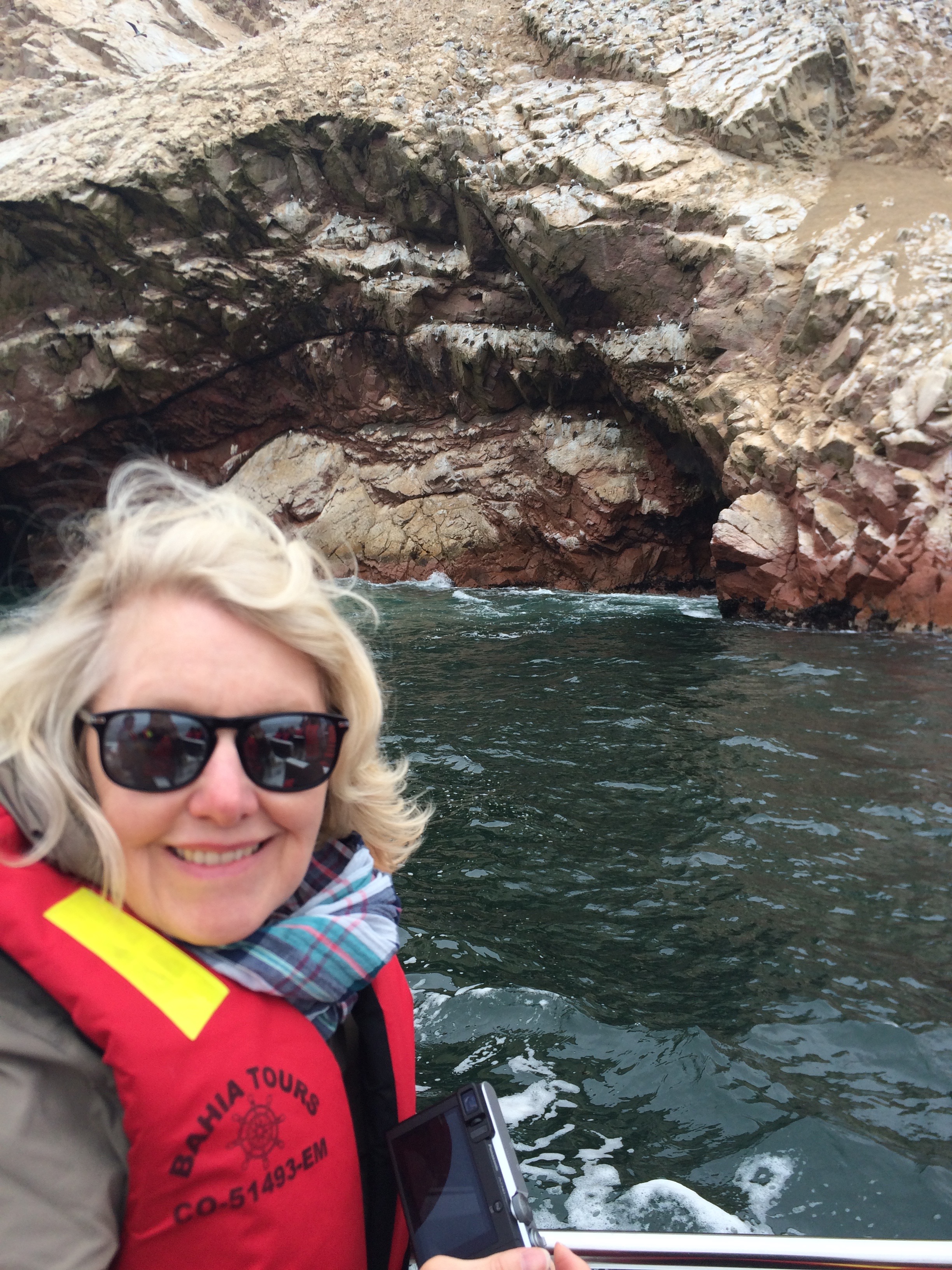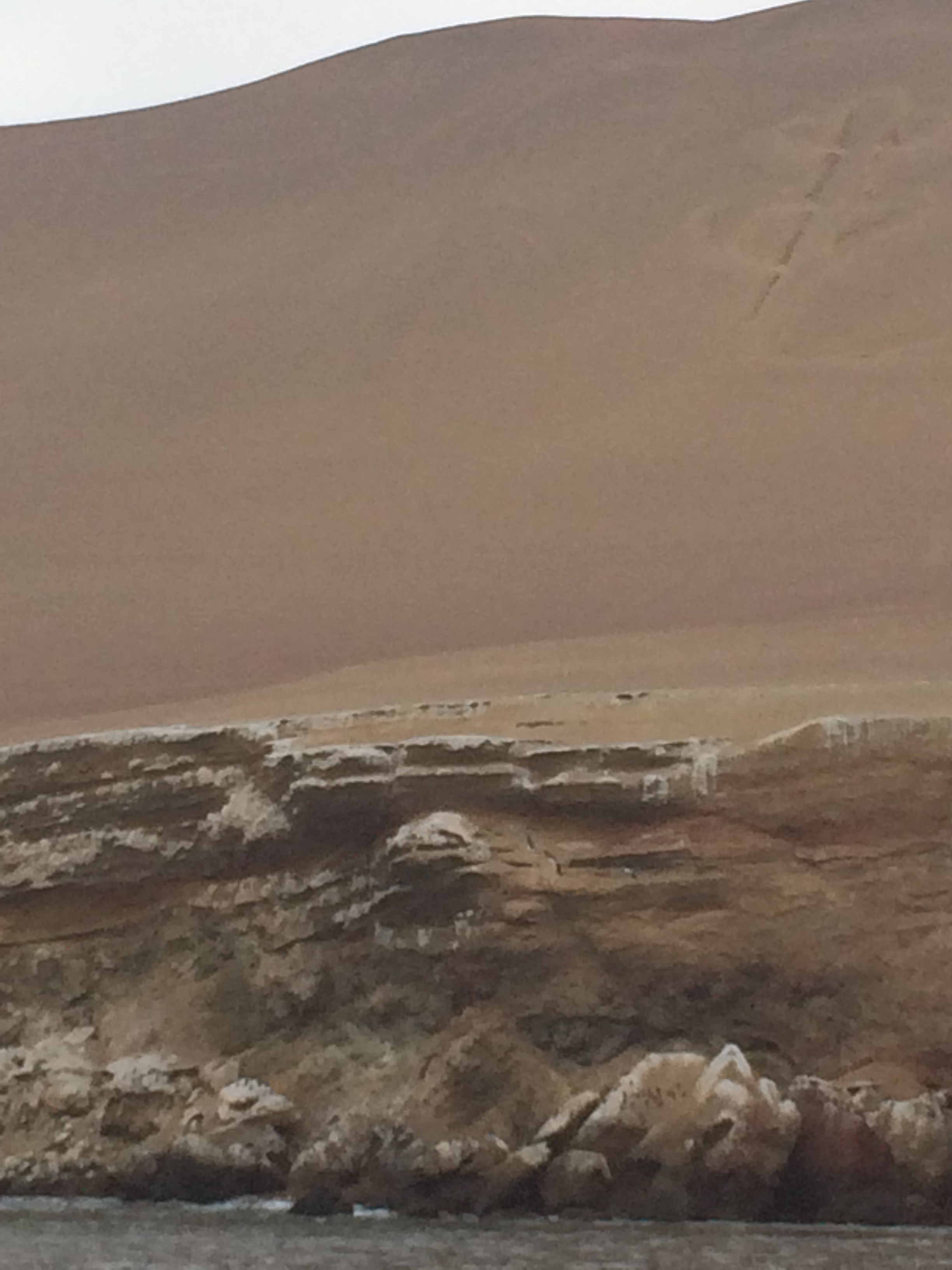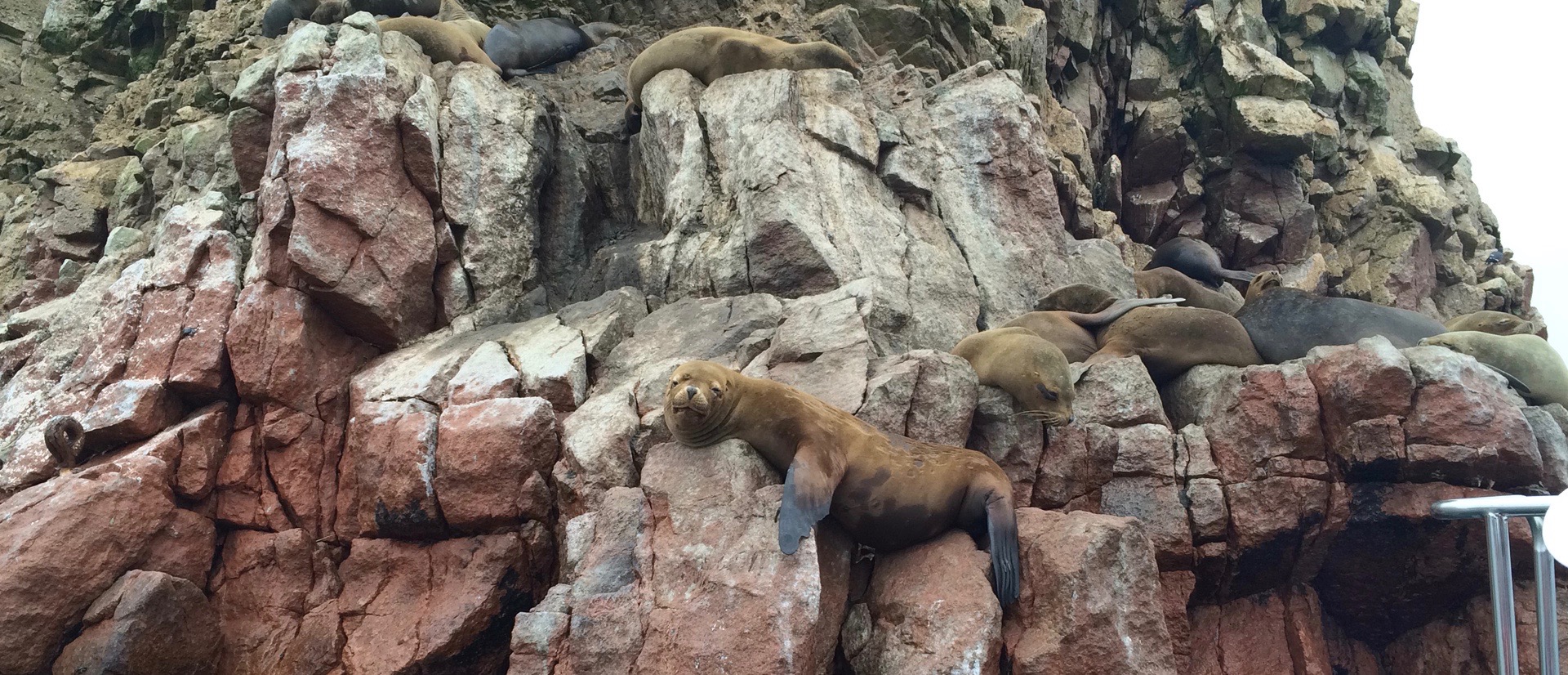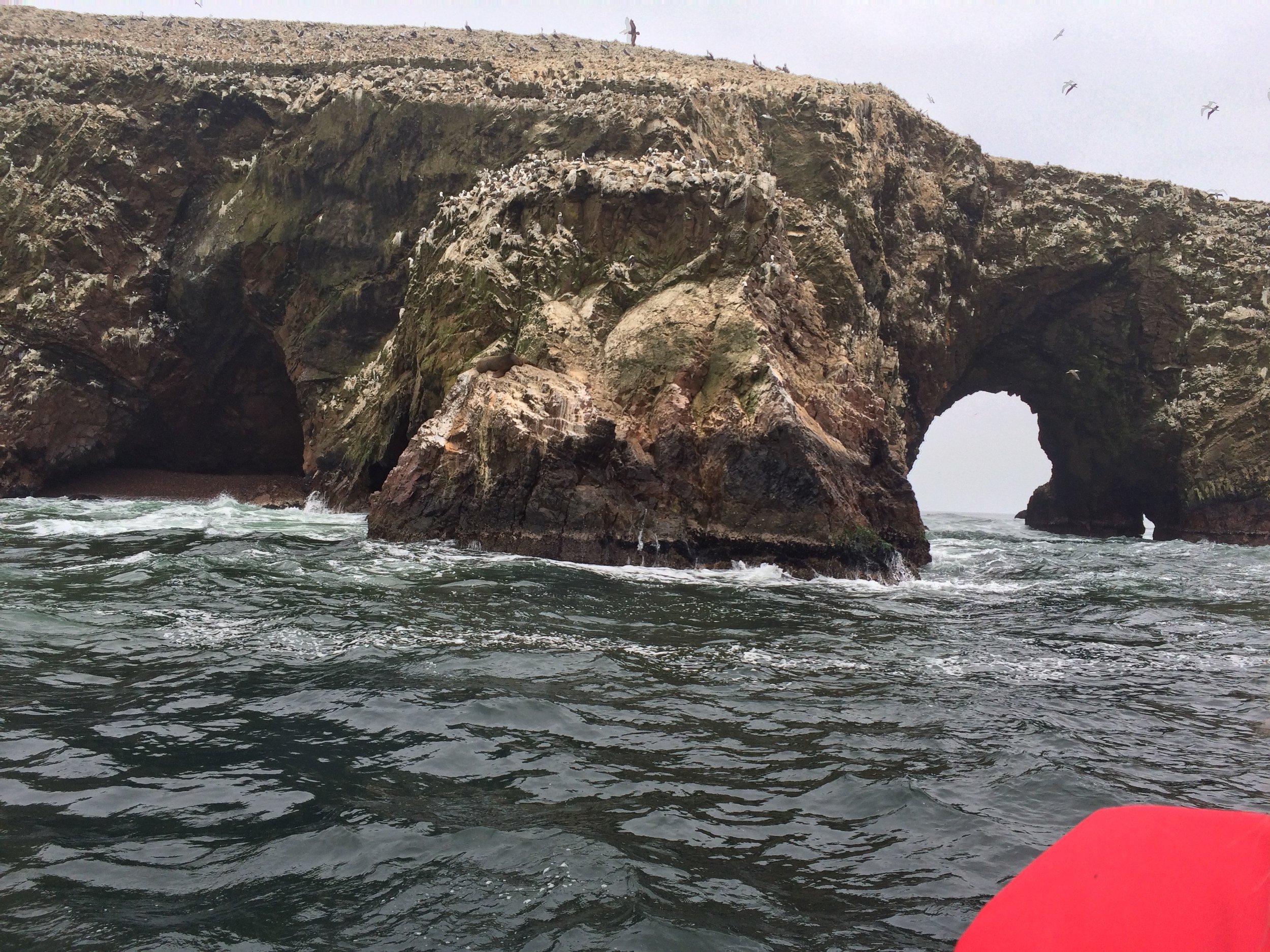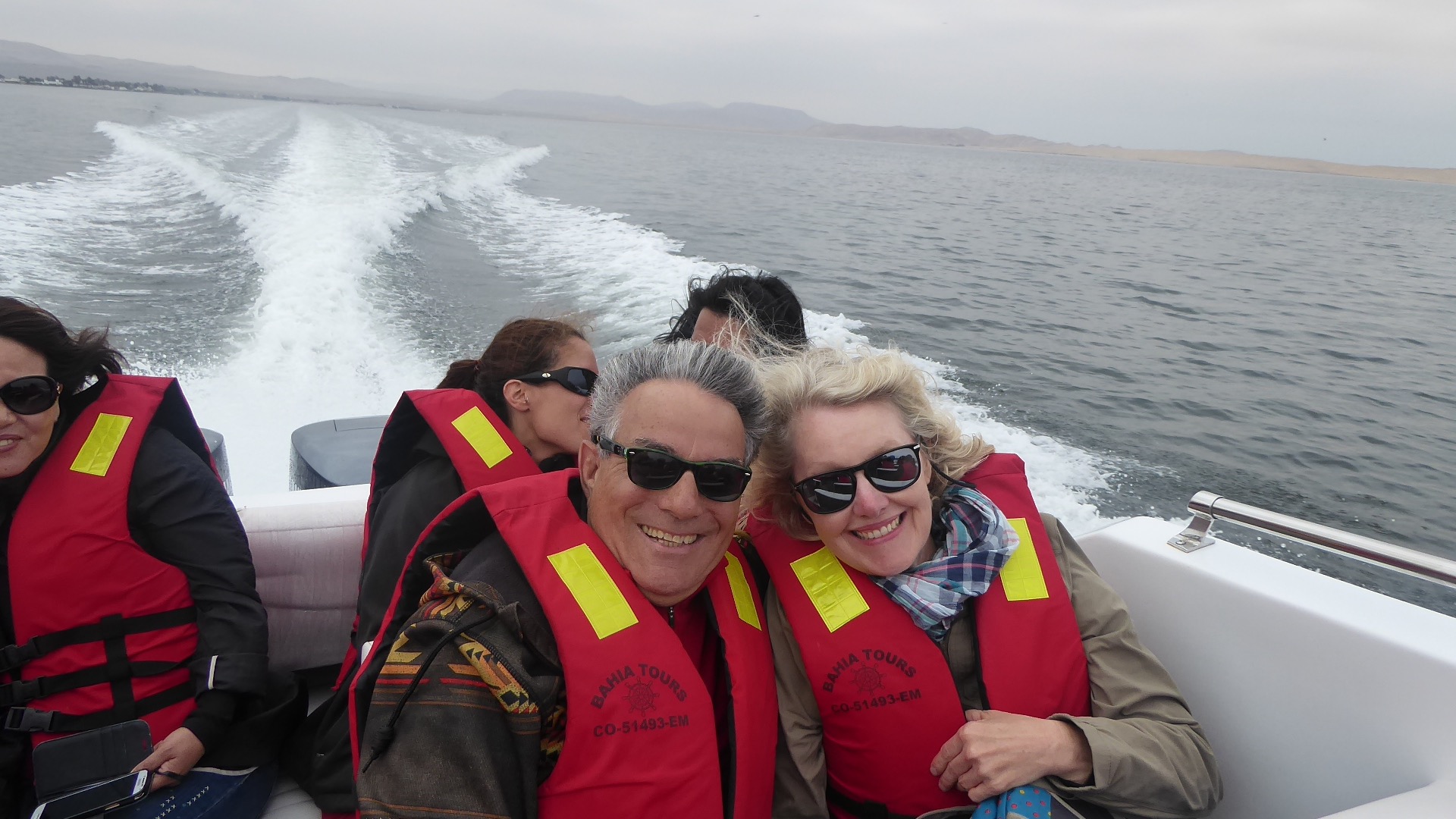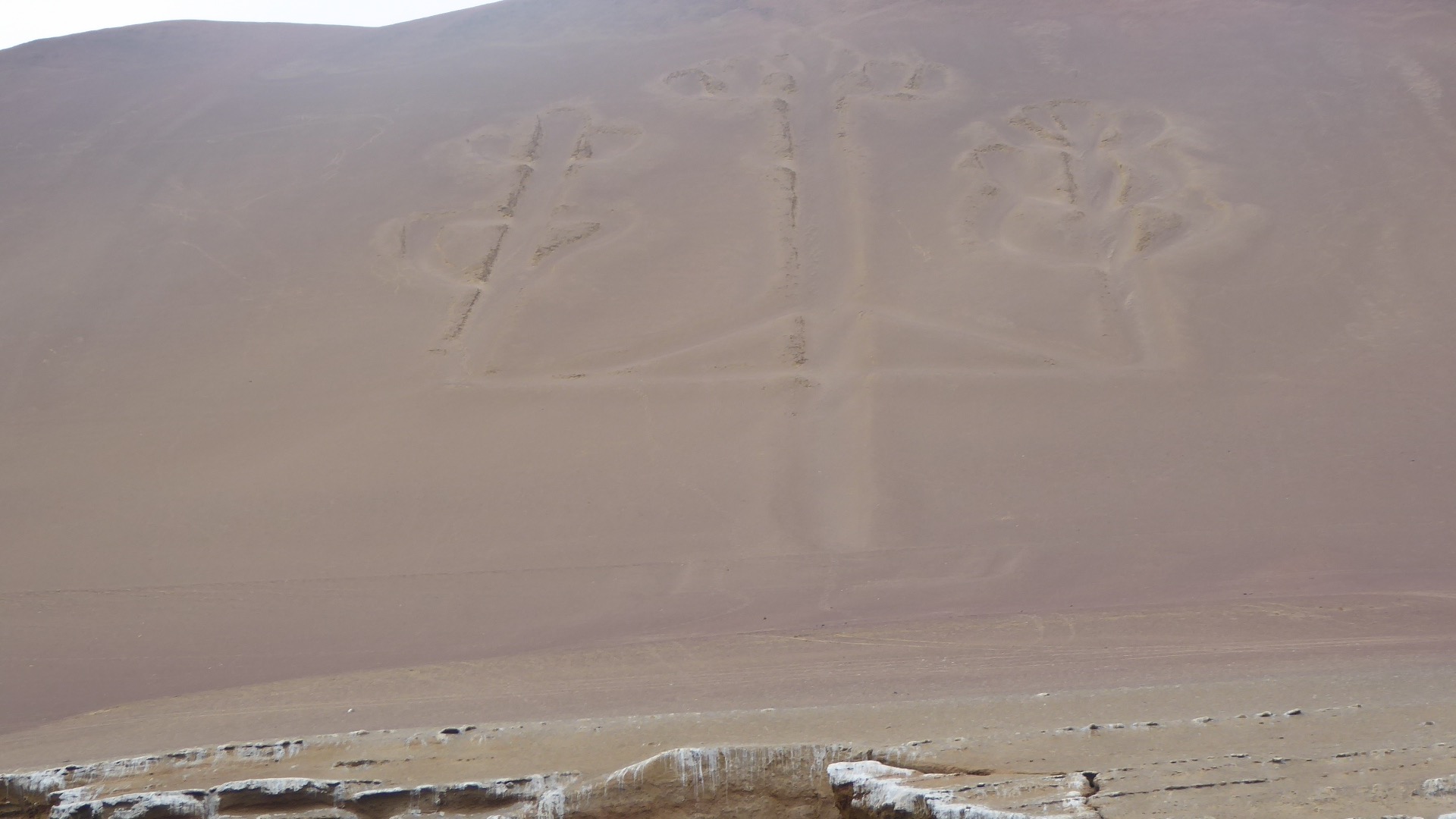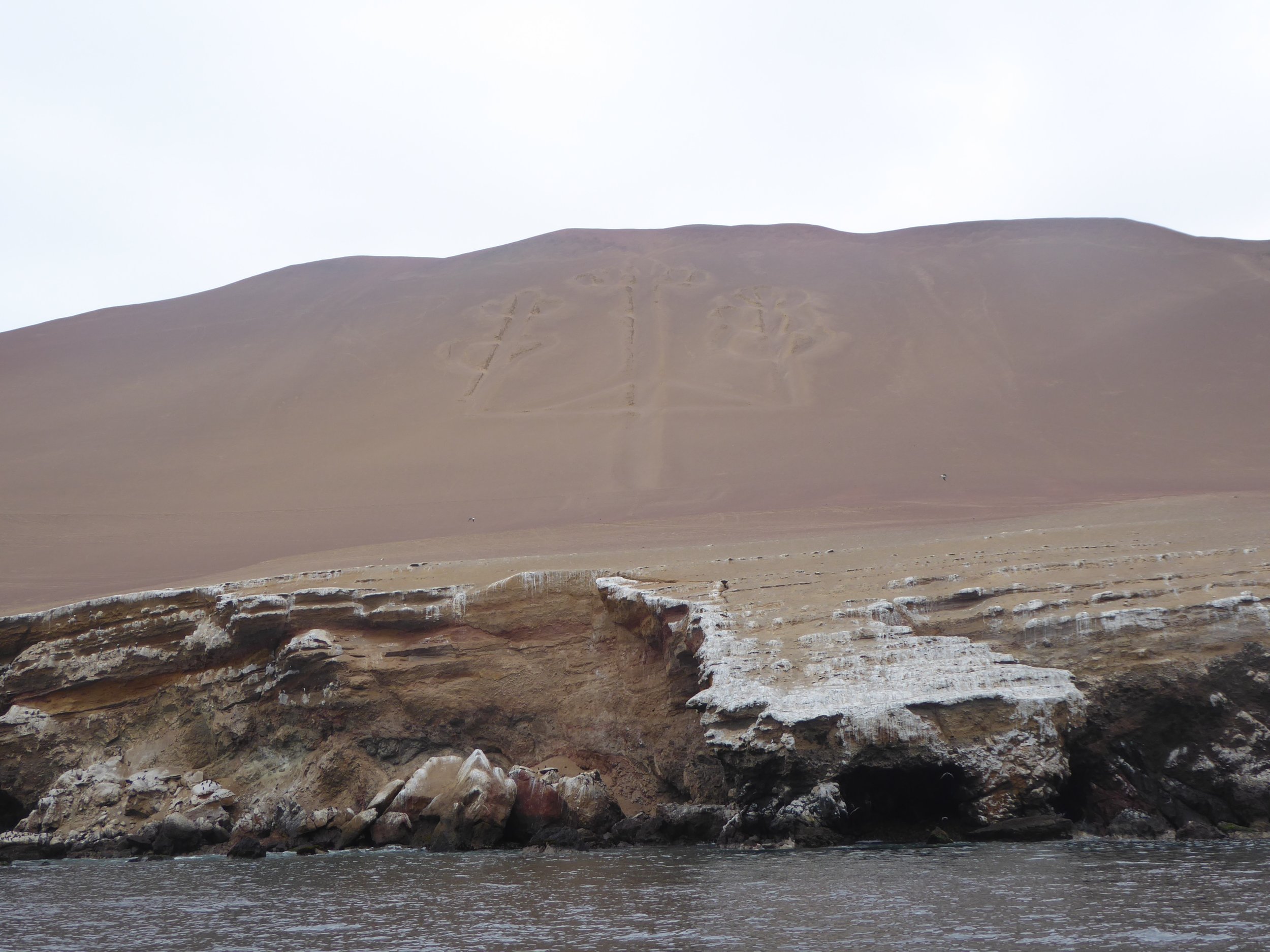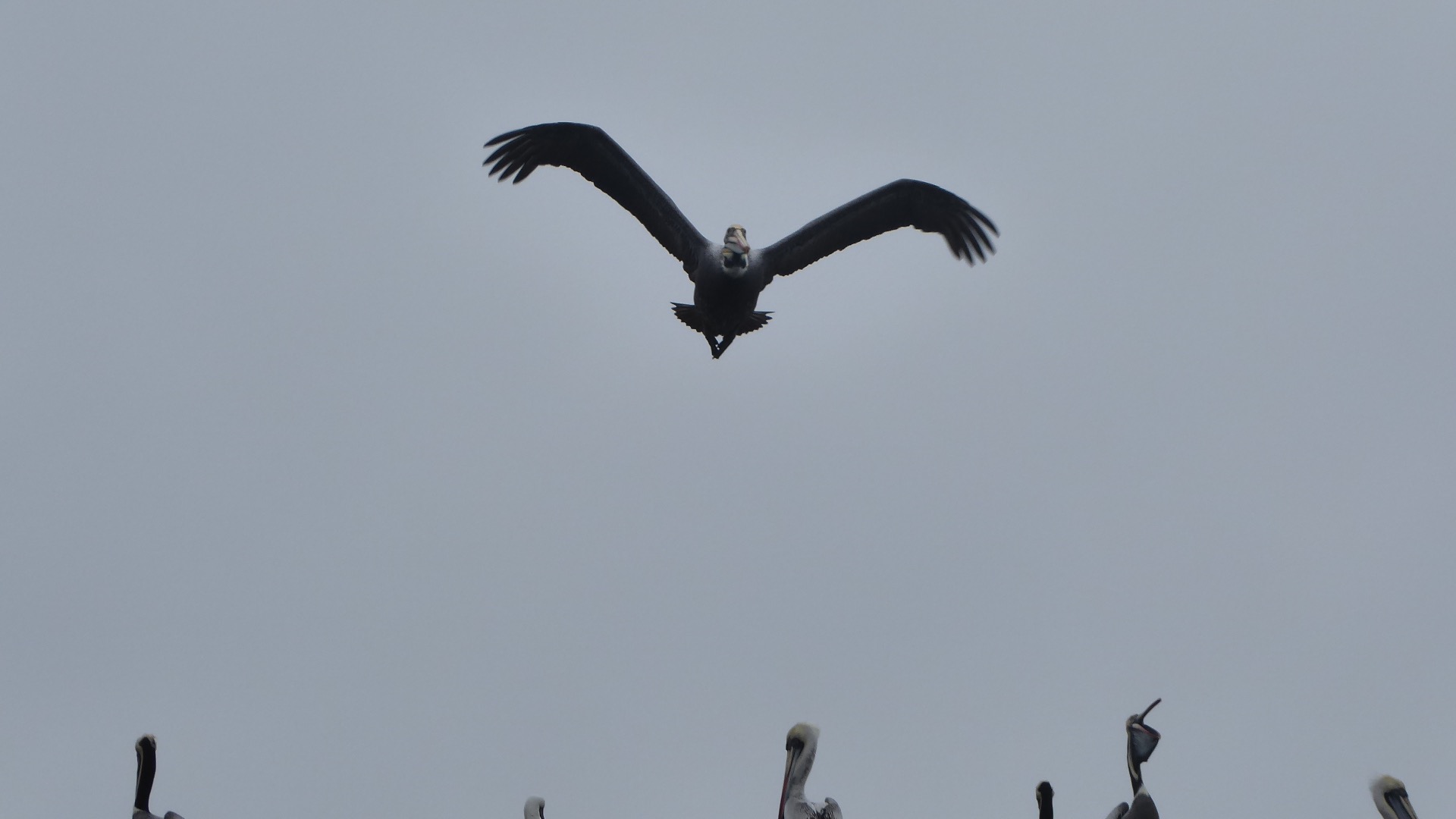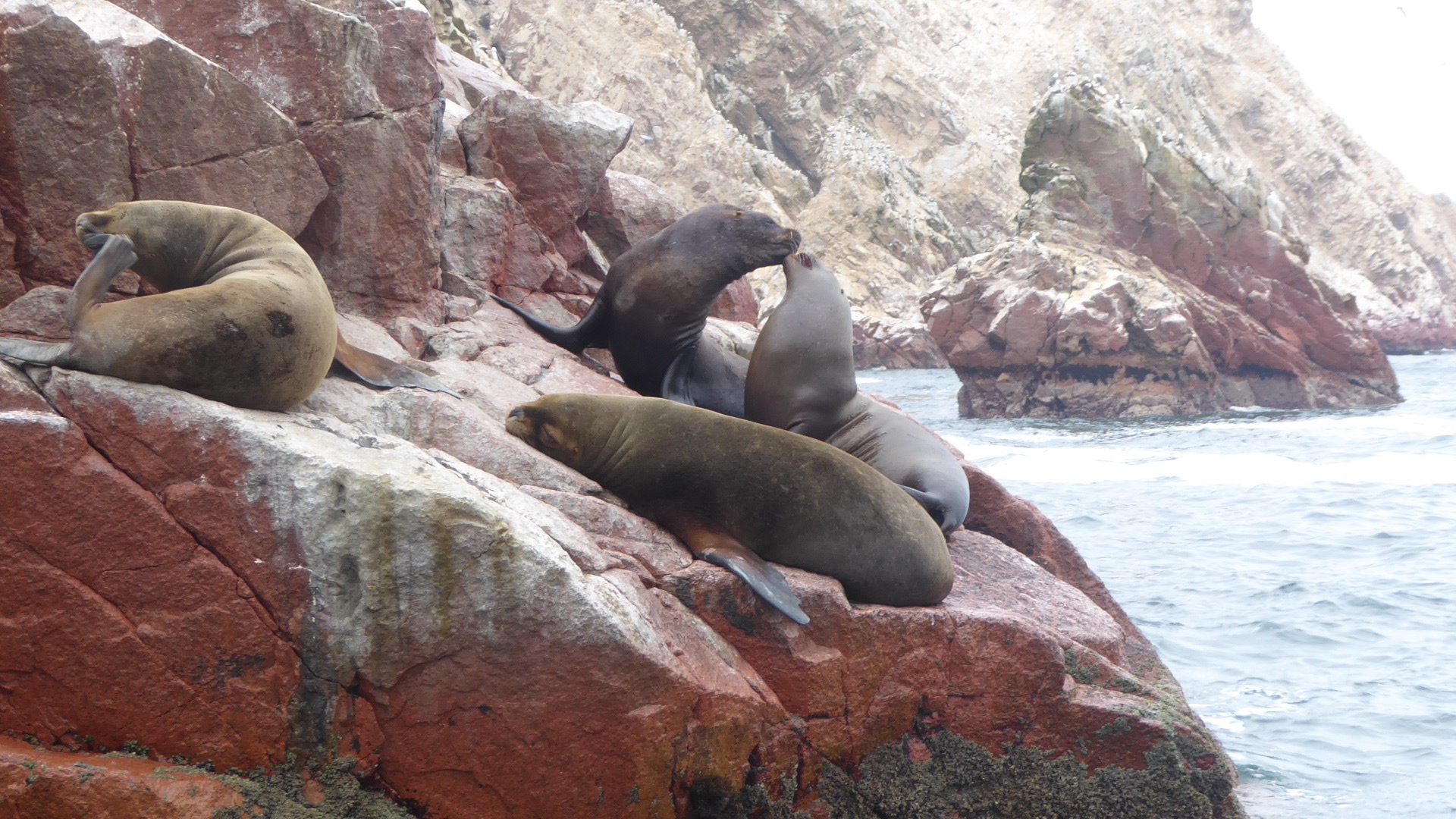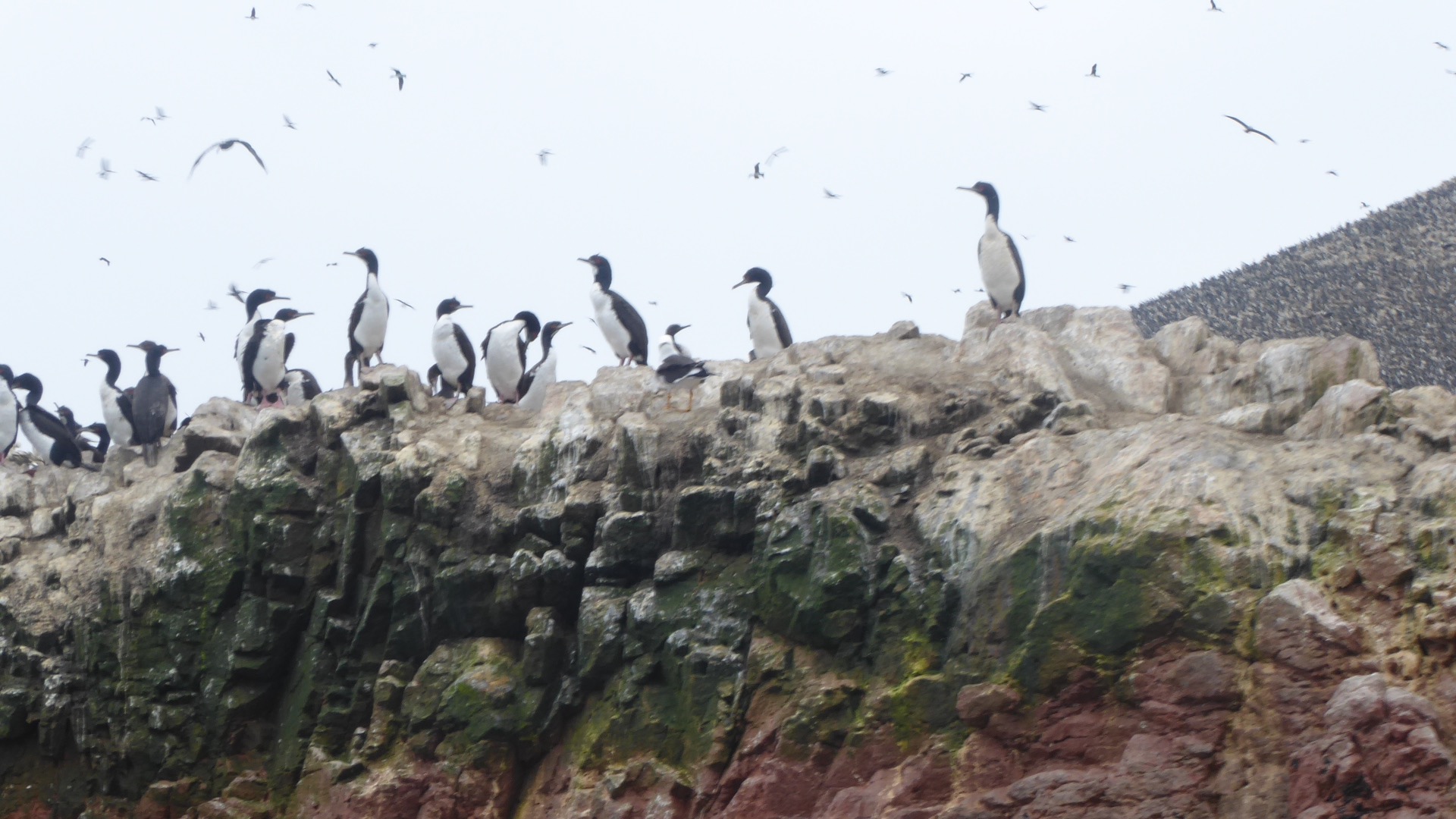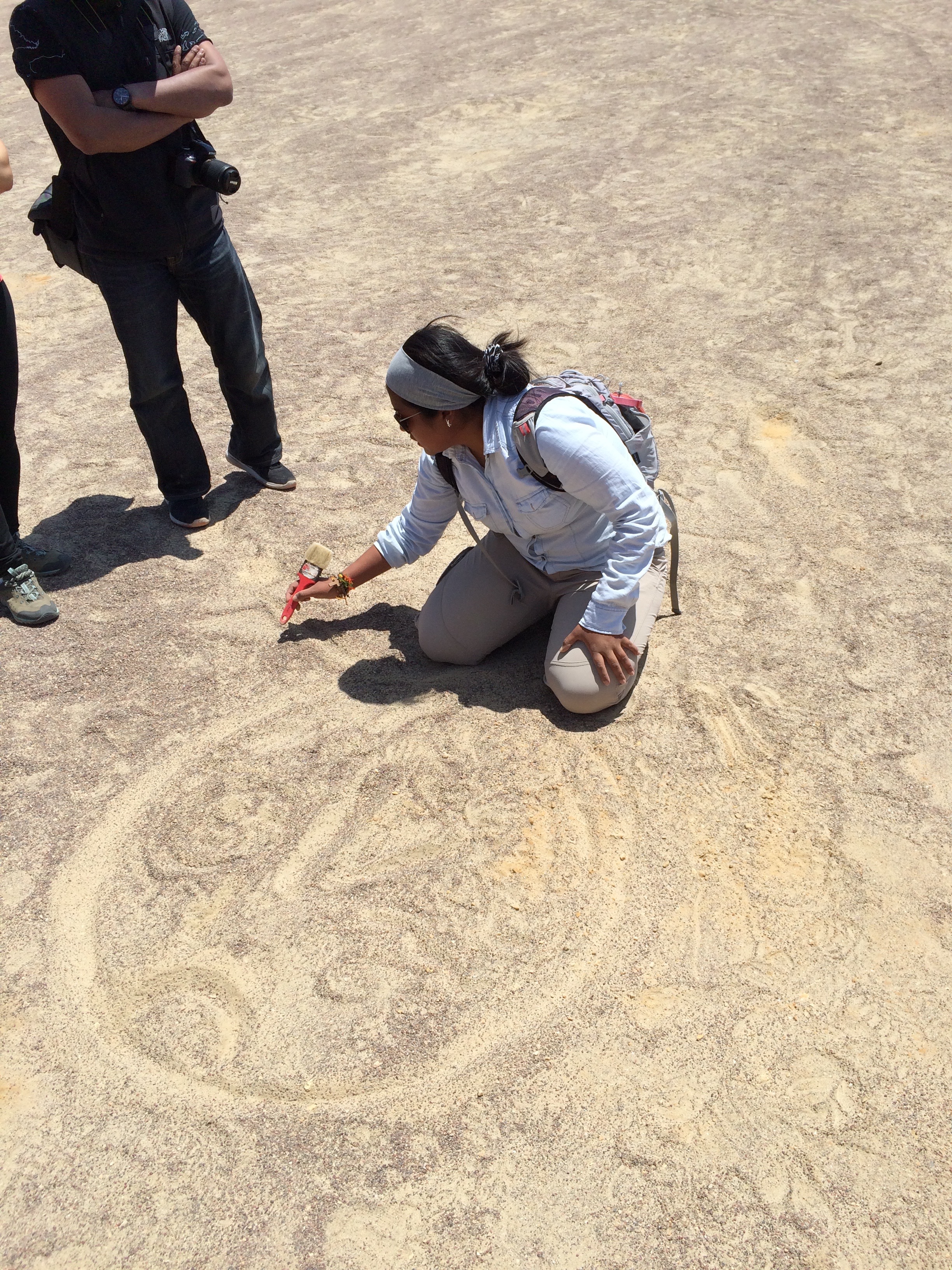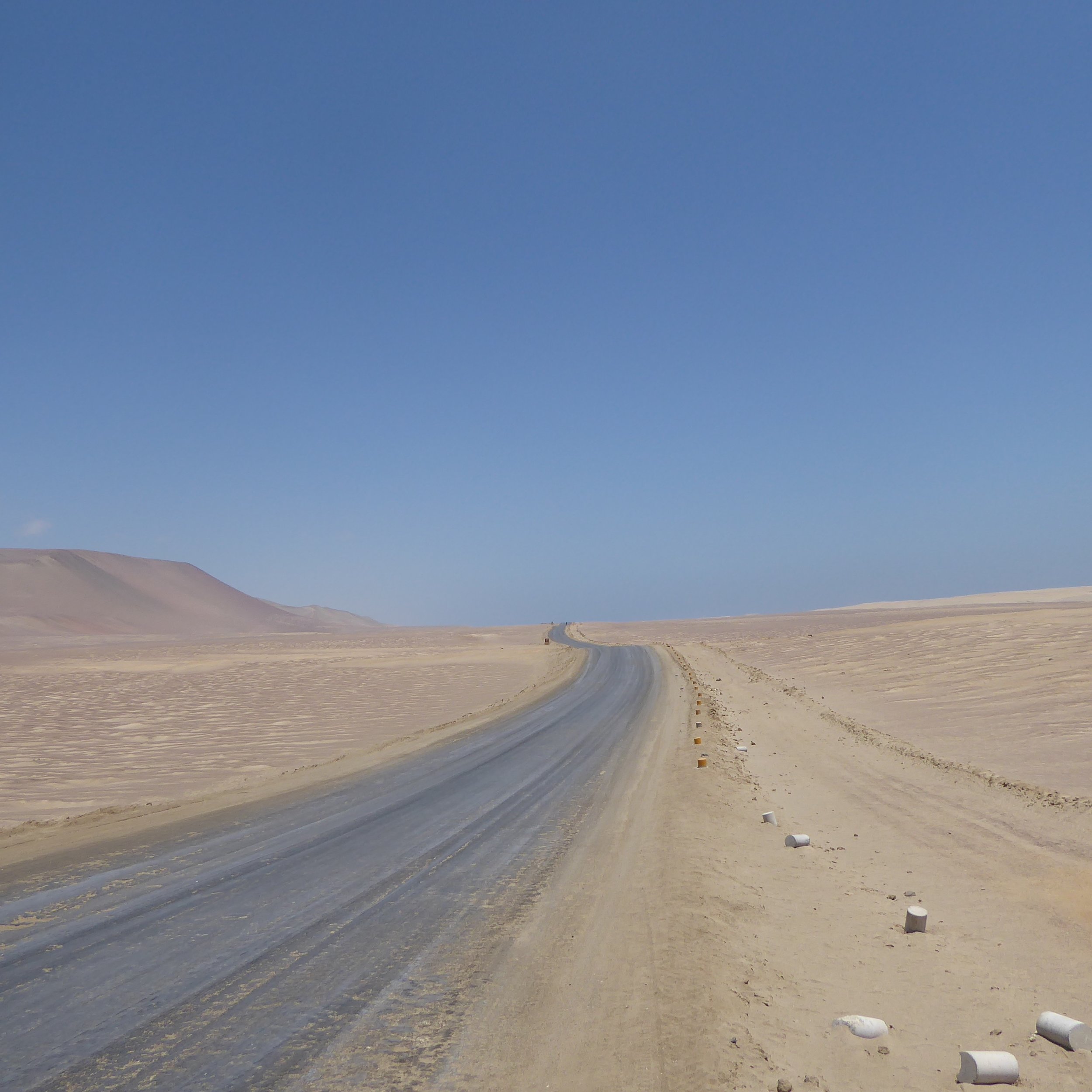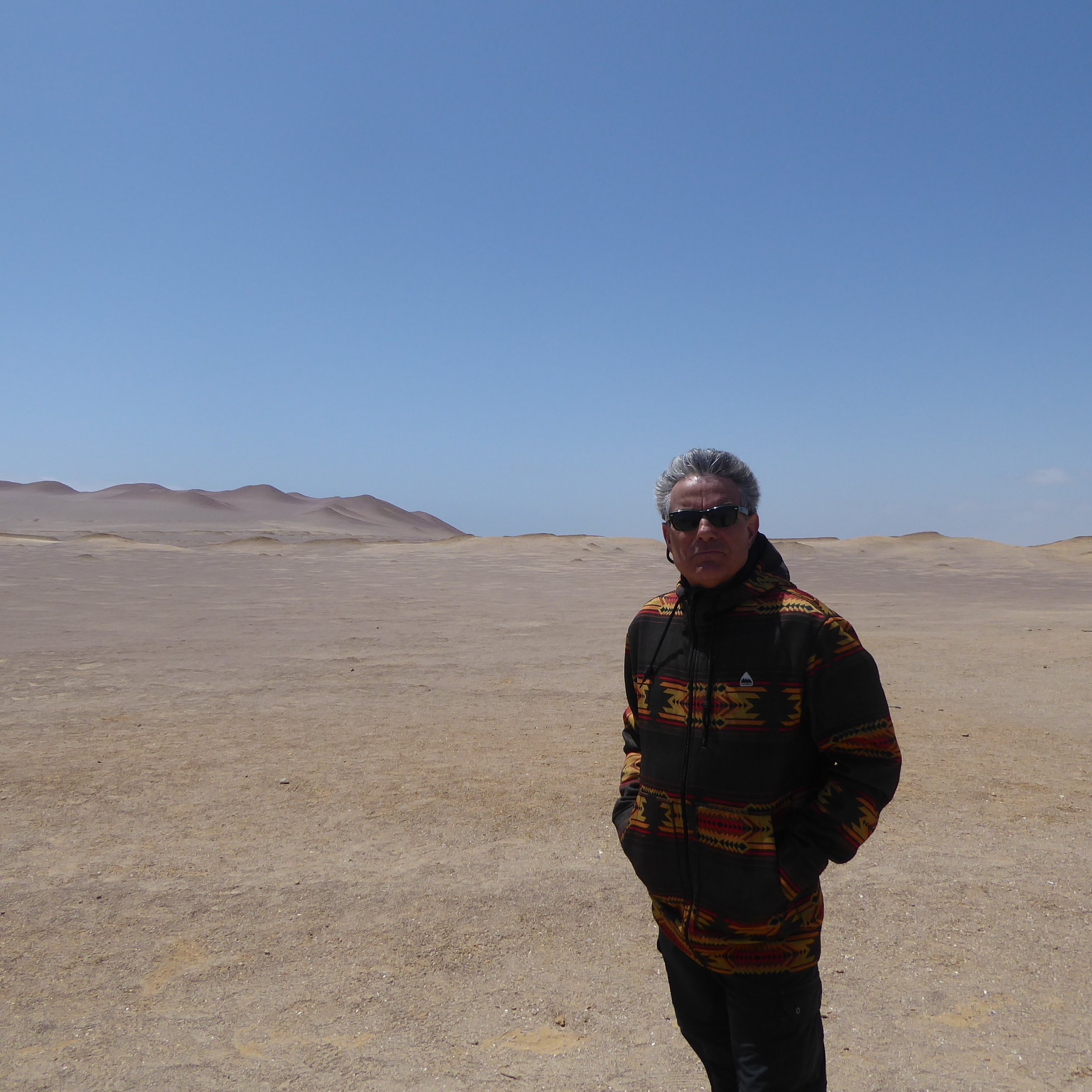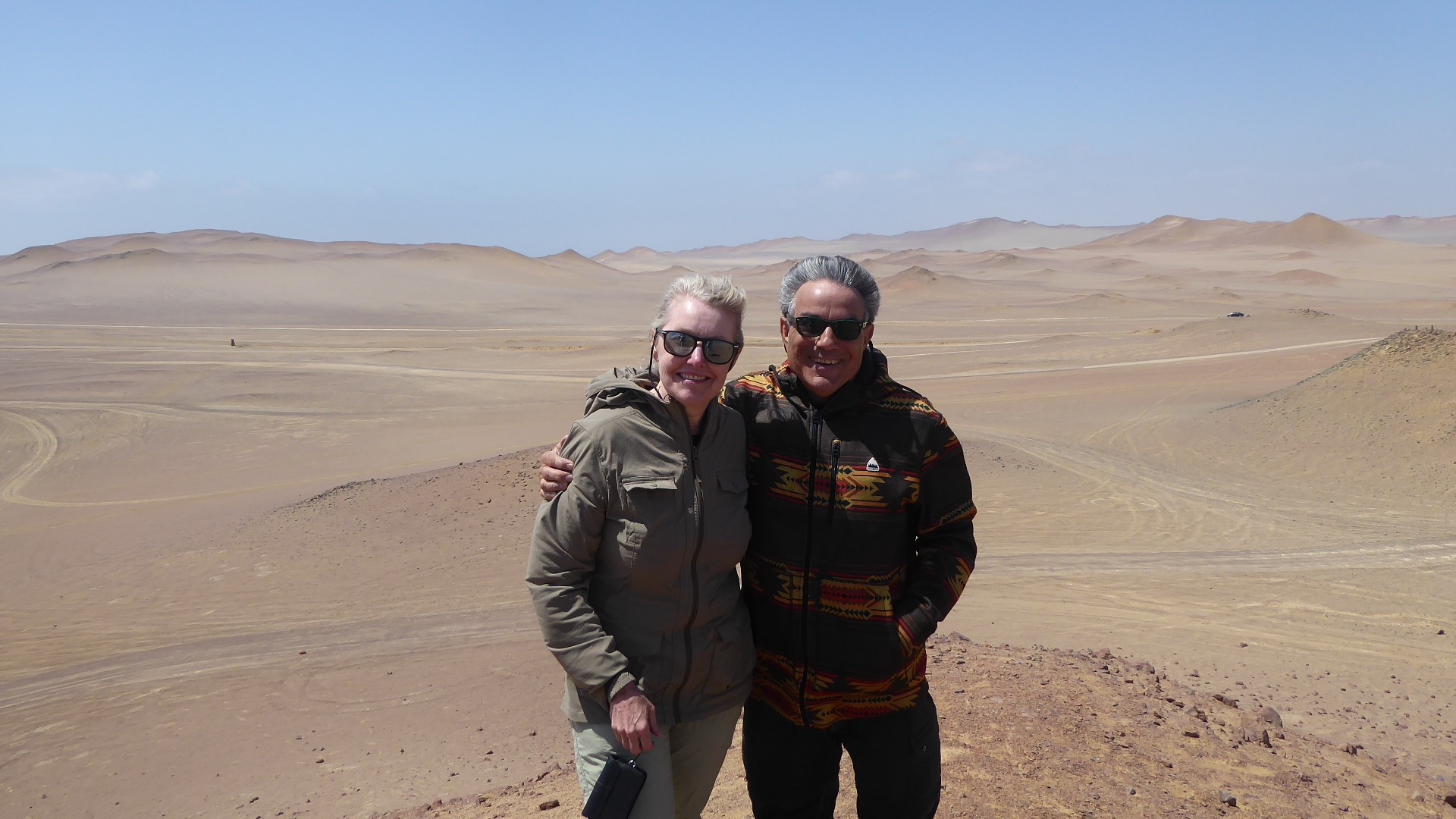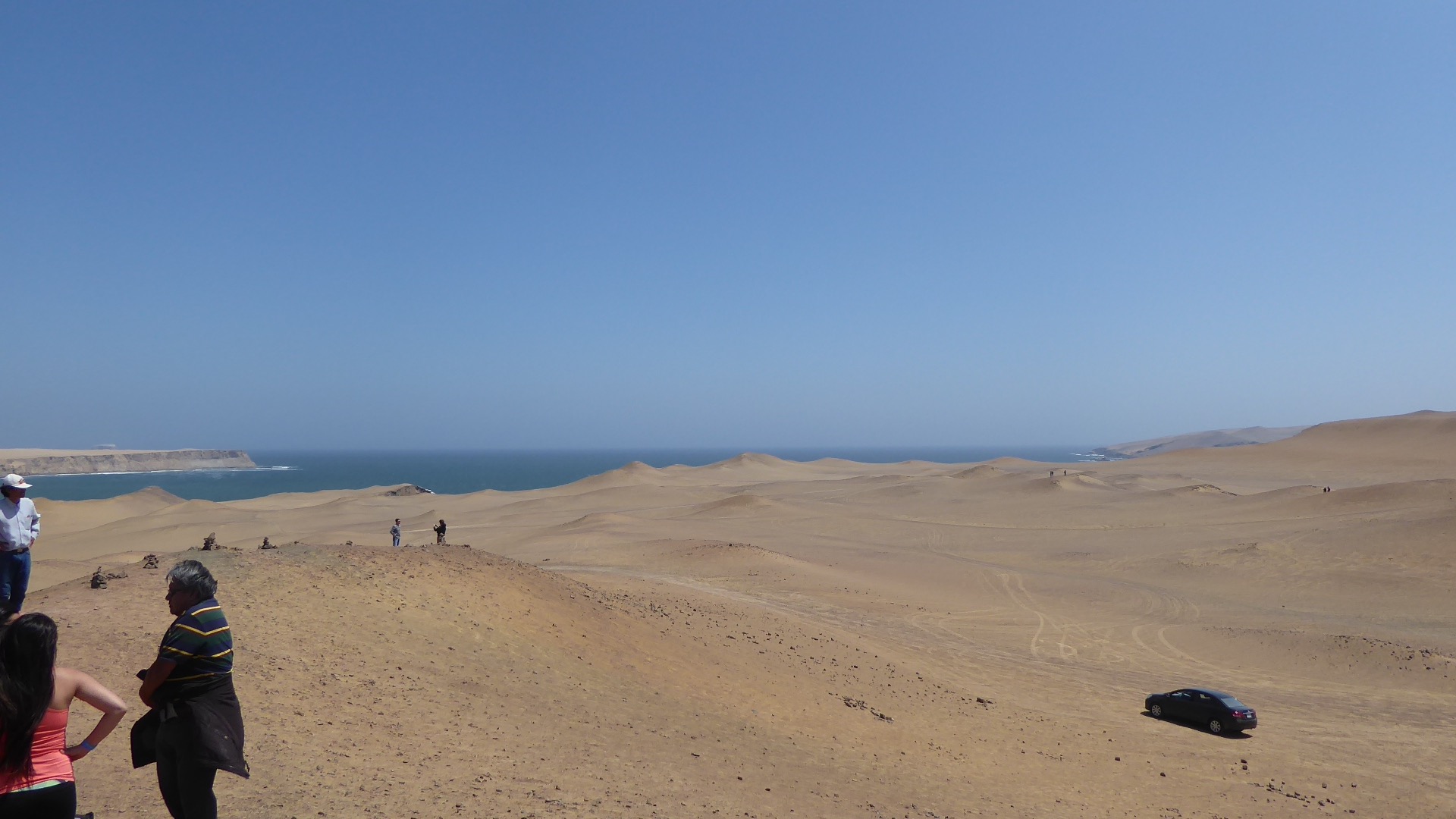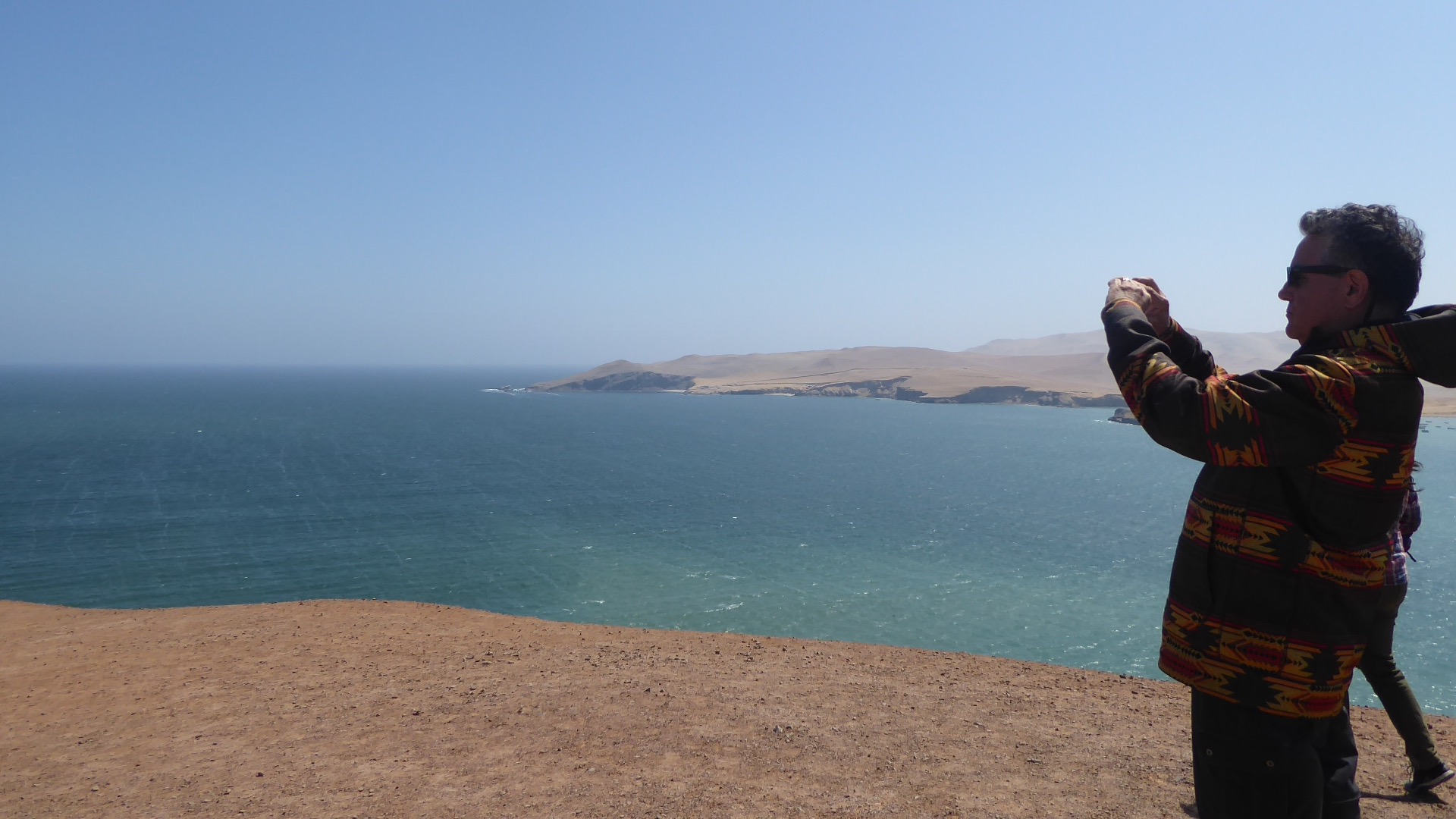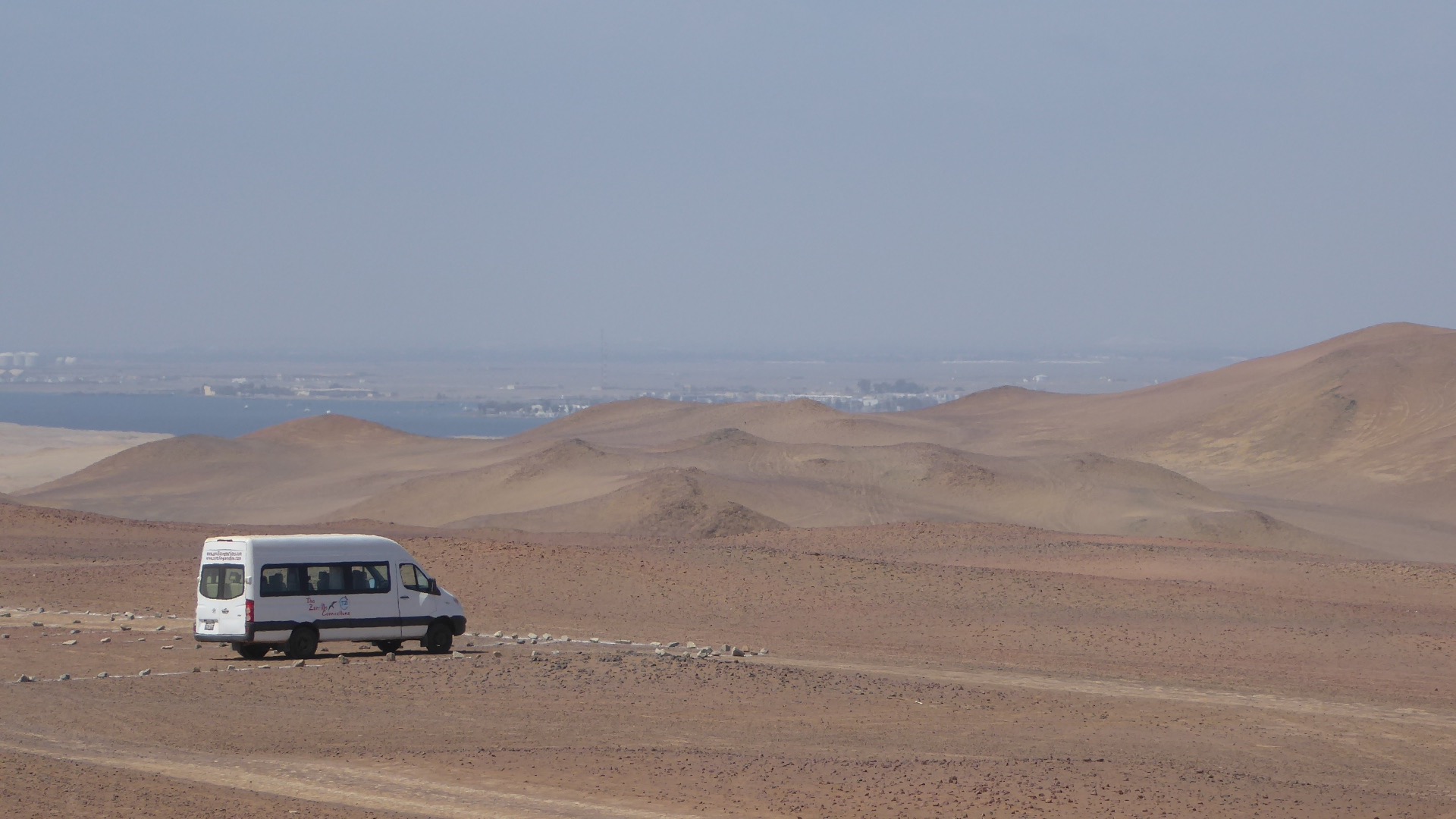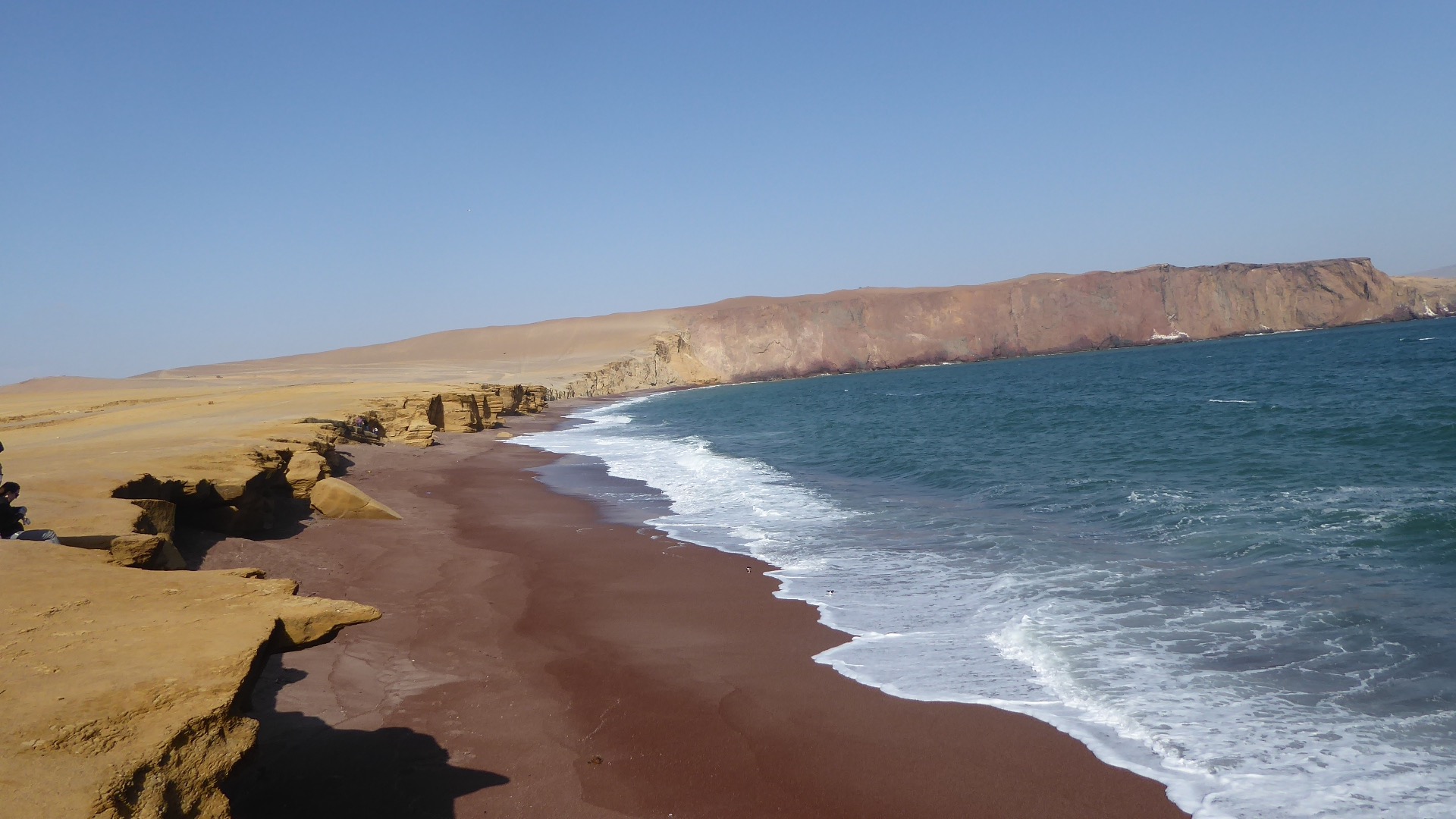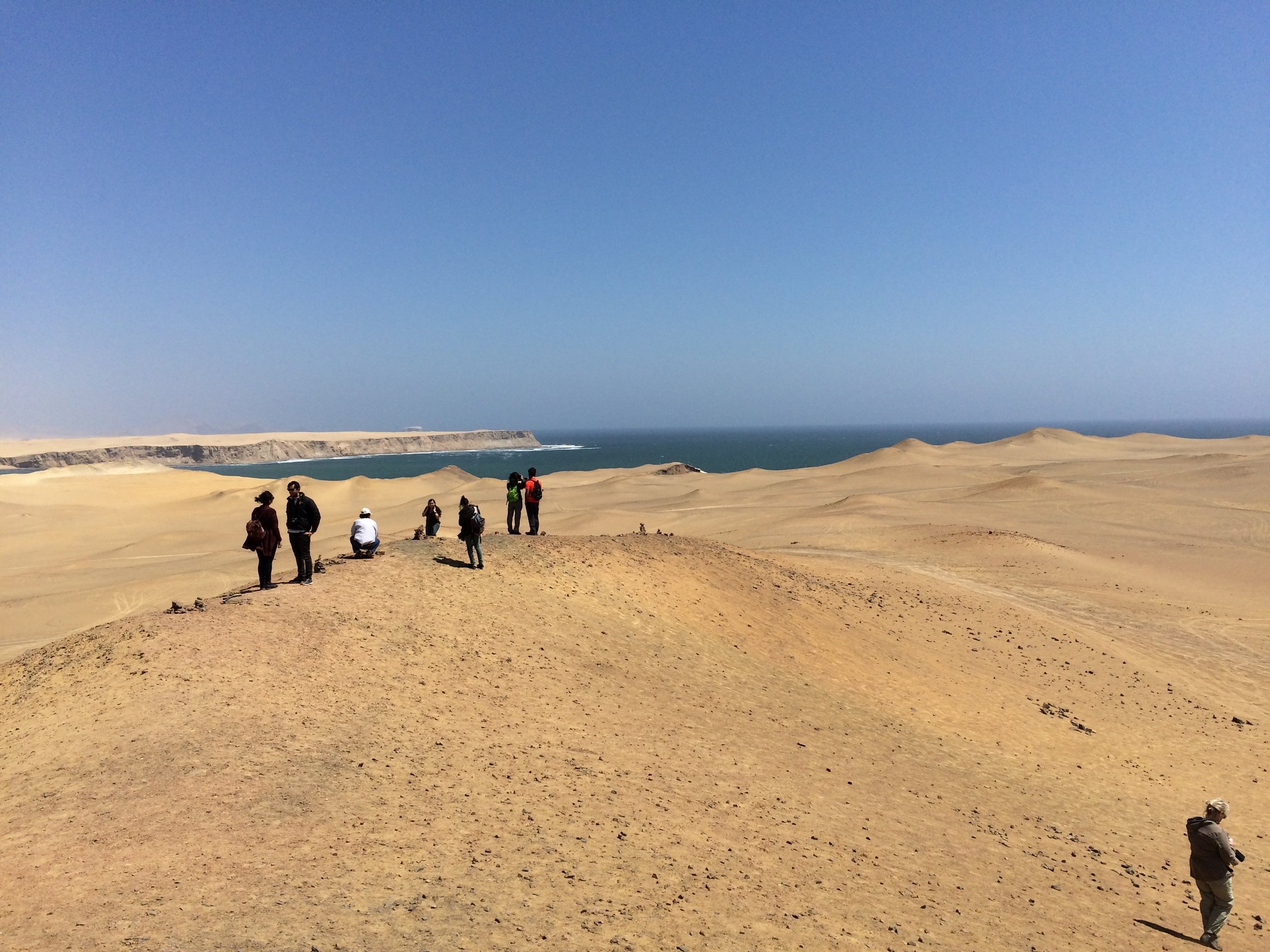The route to Chile
We leave our hostel by 6:00 am. Our host helps flag a taxi, one of Arequipa’s tiny cars, the driver puts our big packs on the front seat and off we go, the driver is singing and seat dancing to his Latin music with his bobble head dog and pictures of his wife and kids on the dashboard swaying with him. We take this as a good sign for the day to come.
The bus station is easy and after a short delay we board a new bus line for us, Moquegua, this is more of a local bus but the seats are fine and off we go. We travel 5 hours to the town of Tacna. The agent we purchased all of the tickets from assured us we would be greeted by “Mr. Pablo”. After entering the small dingy bus terminal, Mr. Pablo came up to us and after a nice introduction we were instructed to follow him up to the top floor to the bus company office where Mr. Pablo and another gentleman explained to us that normally we would go to the Chile border by taxi and that same taxi would take us across the border to the next town bus terminal in Arica, BUT, the Chile taxi drivers at the border are on STRIKE and now we would be transported to the border and dropped off!! Mr. Pablo then opened his wallet and handed us 2 $2,000 Chilean Peso bills and told us this would be enough to get the next taxi. Now we go back downstairs with Mr. Pablo and he hails a taxi for us and hands us some forms to fill out on the drive. As we were sitting in his rather old sedan, three more Peruvian men get into the taxi and off we go, three in front, three in back. The ride to the border is around 30 minutes. After the driver parks he jesters us to get out and we get in line on the Peru side. The border officer looks at our paperwork and passports and tells us that our visa was only good for 10 days and we have exceeded that by 14 days. He informs us now we must pay him to exit the country. We had very little Peru Sols on us, by design since we are leaving and now Frank and I are scrambling for every US dollar and Sol we can find. We need $18 and we have $16!! At some point I tell the immigration officer that I have Euro’s, my stash for Europe and he takes us to a back room “cash lady”. She counts and recounts every bill and coin and uses her calculator and low and behold we have enough and she gives our documents some type of official stamp
Rolls of toilet paper
Out we go, back in the taxi, all the other guys have been waiting all this time!!. We drive about 500 yards, park again and the driver walks with us to a Chilean immigration officer, he stamps our passports and we think we are good. Then the taxi driver points to the very long line in the middle of a car lane and tells us to get in the line and he is gone, we are now on our own. The line is full of Chilean’s who cross the border to shop, the goods are cheaper in Peru. Almost every person is carrying large plastic bags of stuff and several cases of toilet paper. There must have been 500 people in the line, that is over 1,000 cases of toilet paper. After 2.5 hours we make it to the entry of the building to discover the only thing we are waiting for is to put our bags through an airport type X-ray conveyor. Unbelievable.
The back of the line at the Chile Border
The Front of the Line
The view on the Chile Side of the border
We are greeted by lots of Chilean taxi drivers and one of them quickly takes us down the road to the town of Arica and the bus station. This is really a desert, look at the picture. After 30 minutes we arrive at the bus station and hand him our two bills, he gets visibility upset and without any English explains that this is no where near enough money, he needs $12,000 and we have $4,000. With the help of Google translate we explain that we just need an ATM. He directs us to the next building and get the money. Frank and the luggage must stay with him, I have 5 minutes. So now I am running, in the dark around these building with buses and food stalls, but I find and ATM, get the money and run back. In the end the taxi driver was all smiles. I am sure we got ripped off, but we did get to the station on time for our next bus. FYI, the price was around $18 for a 30 minute ride, too much for South America but cheap in the US.
Finally we board our next bus for the long 14 hours from Arica to San Pedro de Atacama. Our seats were good and we promptly fall asleep. At 5:00 am the agent woke us up, and told us off the bus, get your stuff. So out of a sound sleep we pack our stuff, got our bags and had to go through a security check point, then back on the bus. What a bizarre event, the next day Frank and I both ask, was that a nightmare? Or did it happen?
So finally after 26 hours we roll into San Pedro de Atacama, 75 degrees and sunny and we have our first cup of coffee in 2 days!! What a trip.
After 26 hours finally a cup of coffee
















































